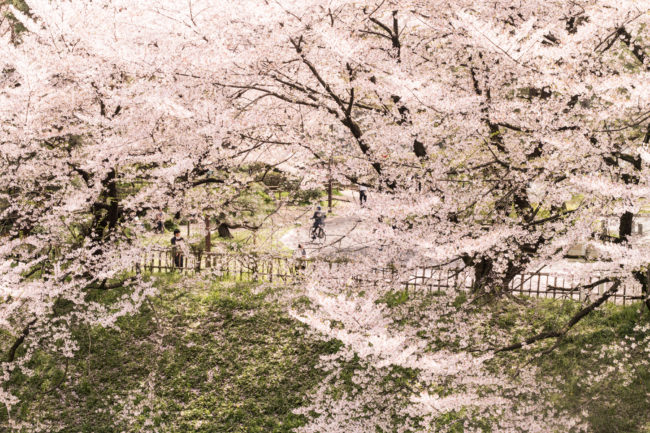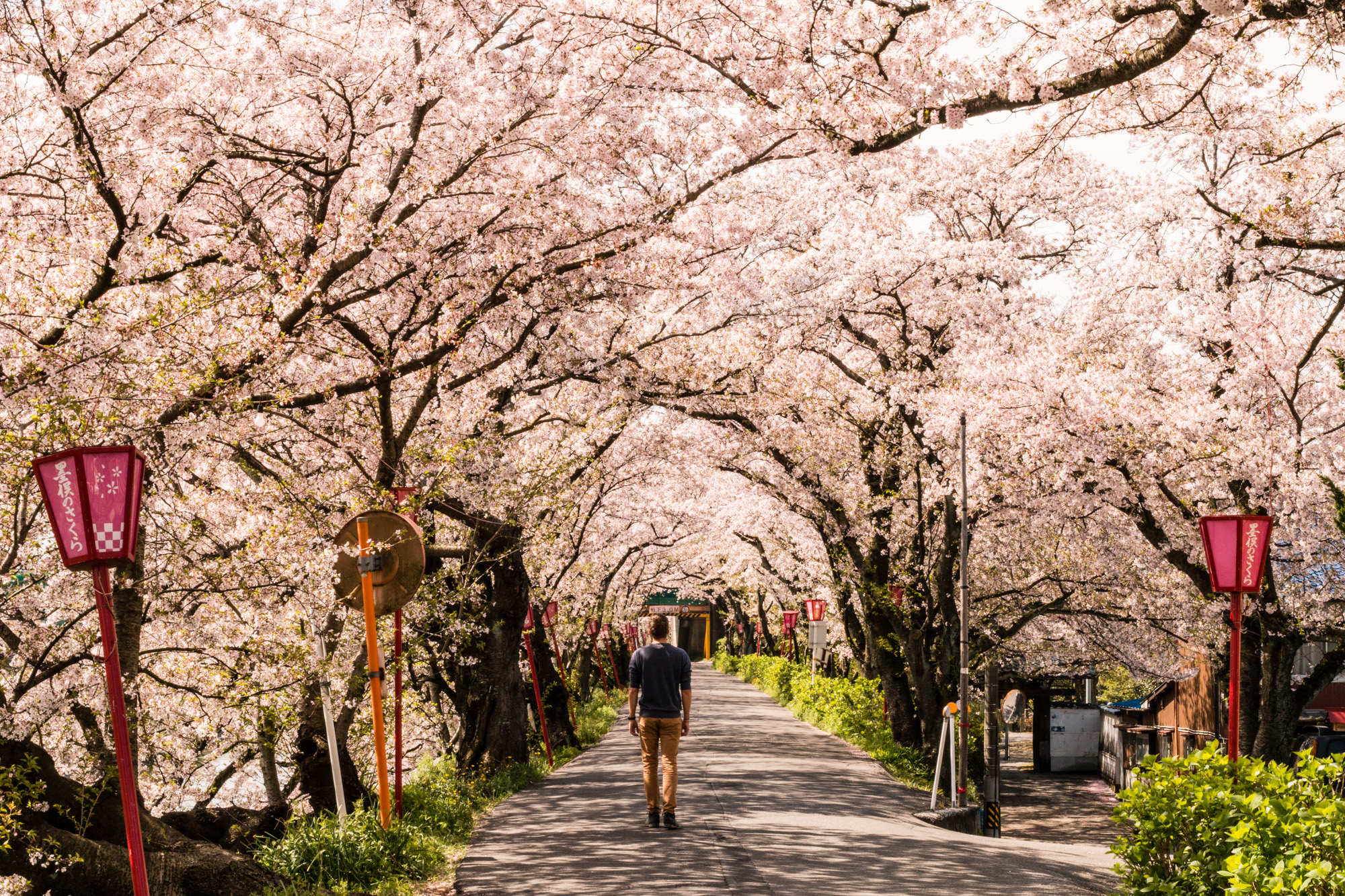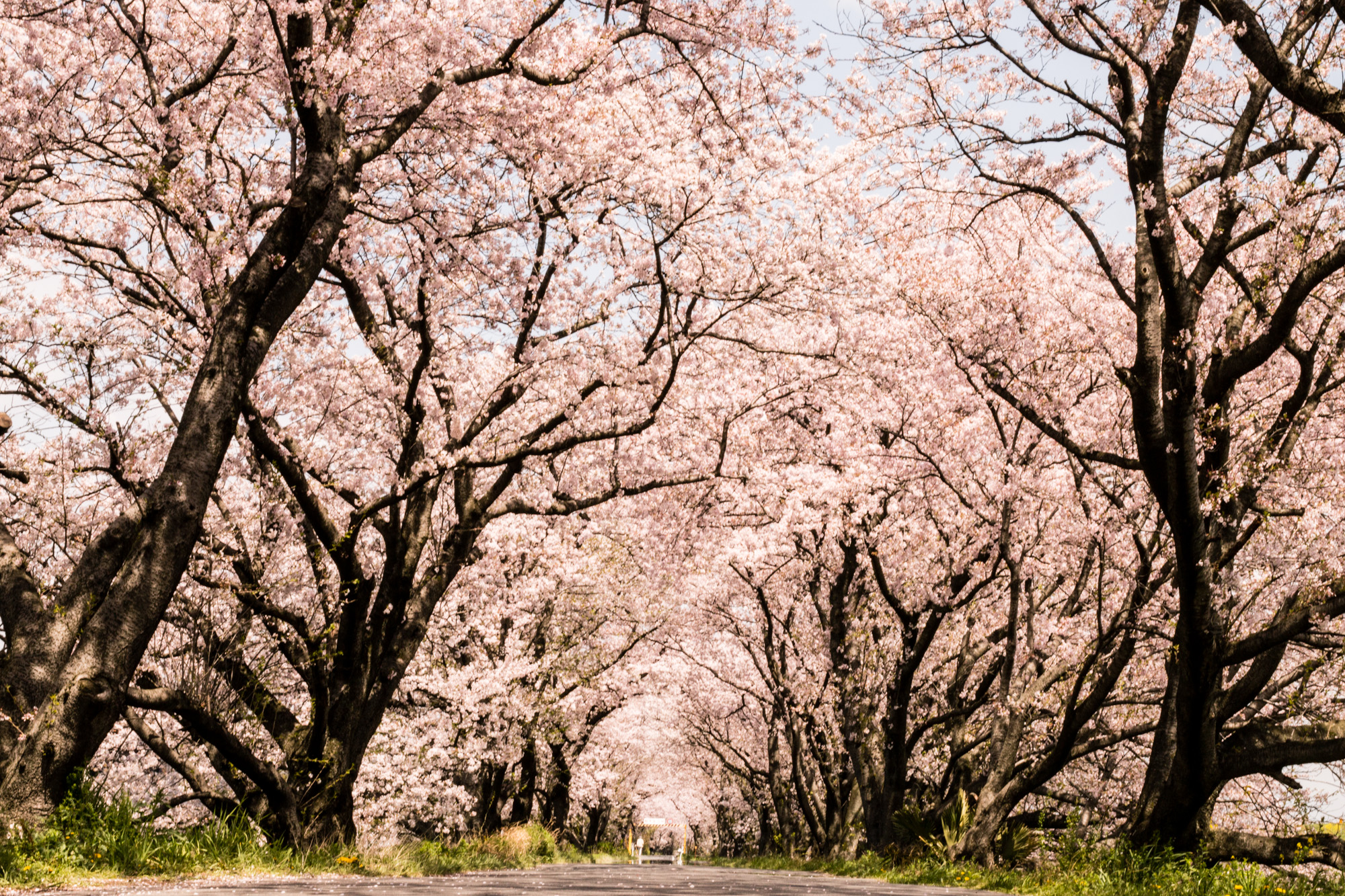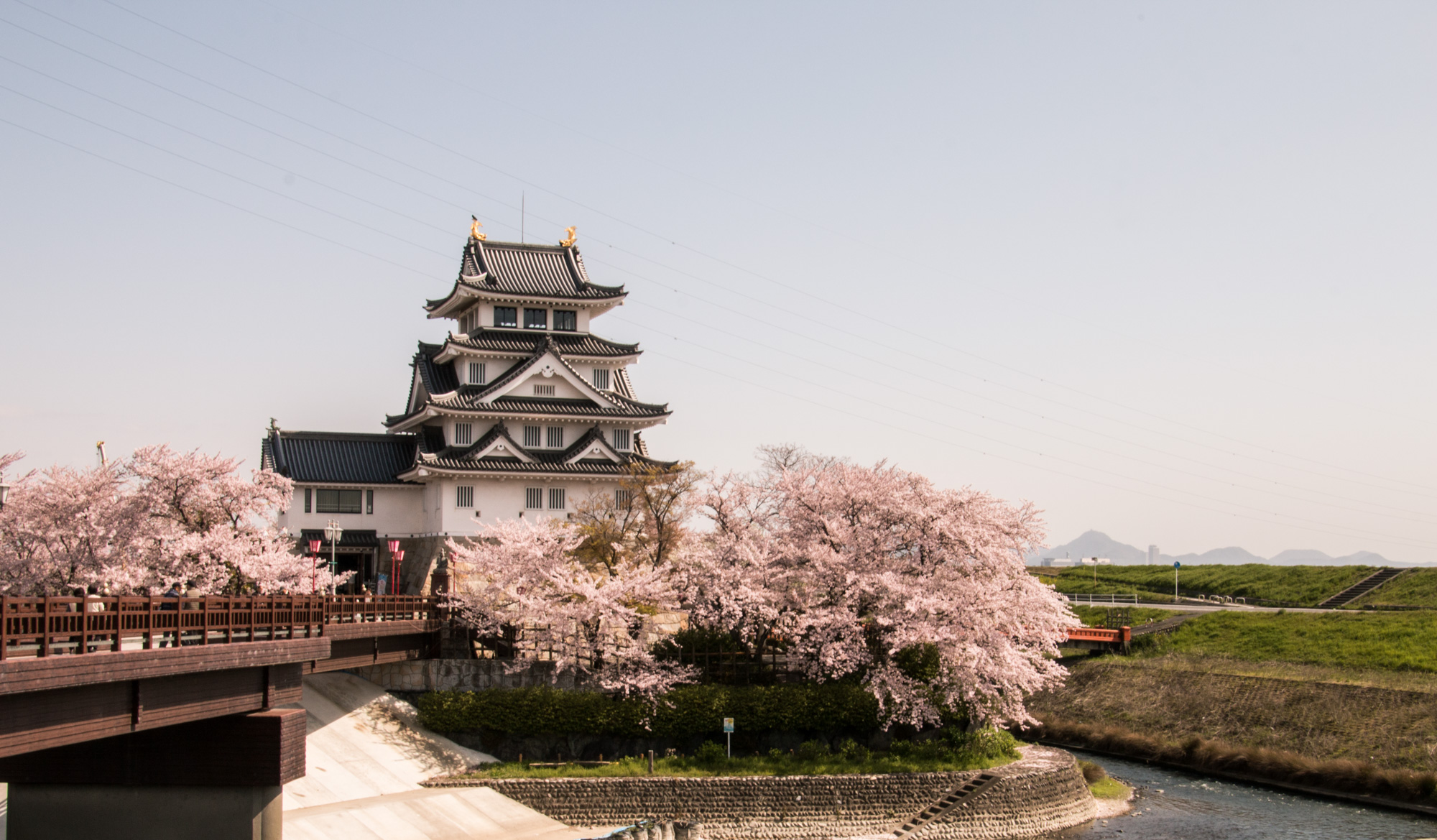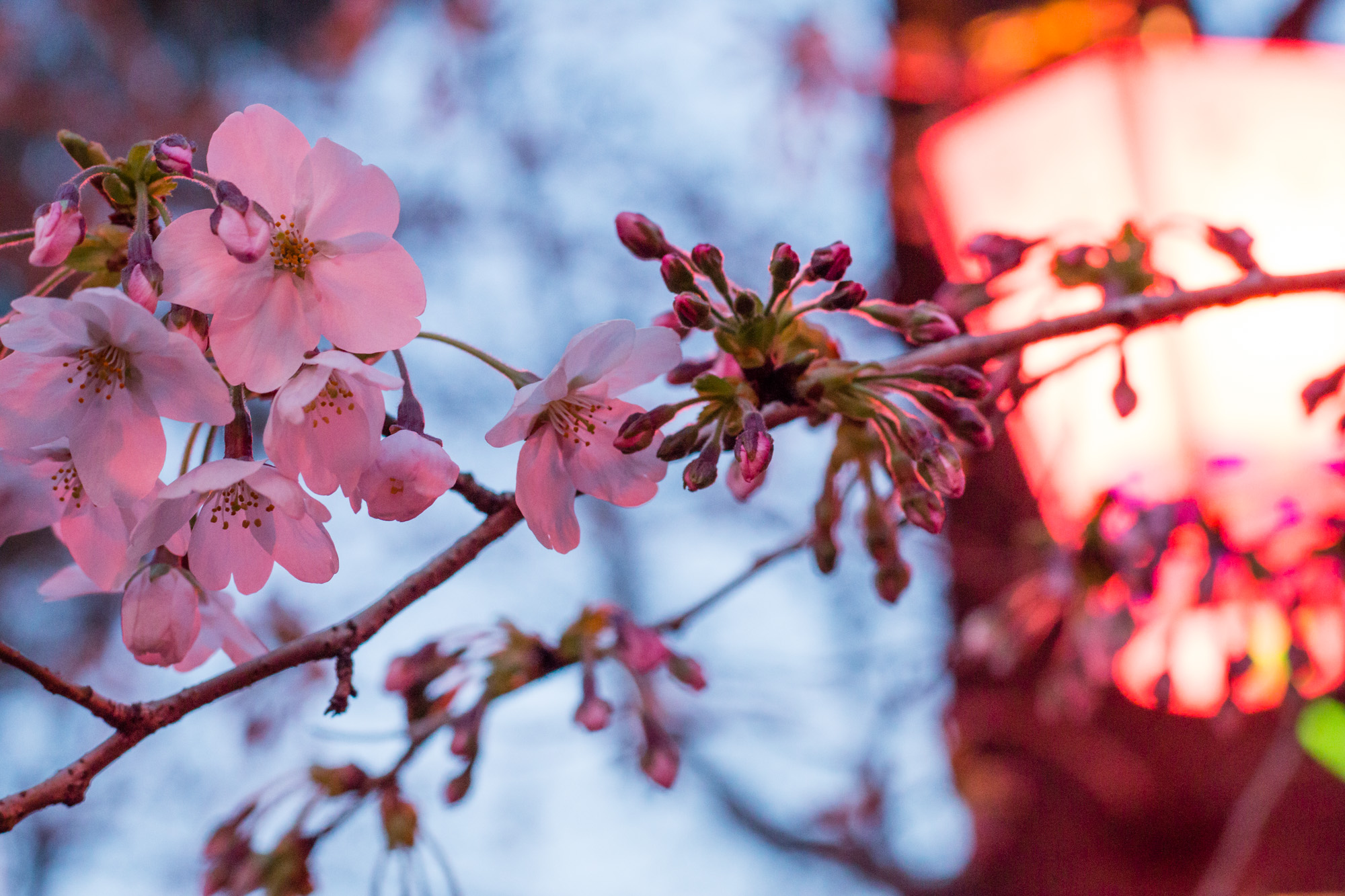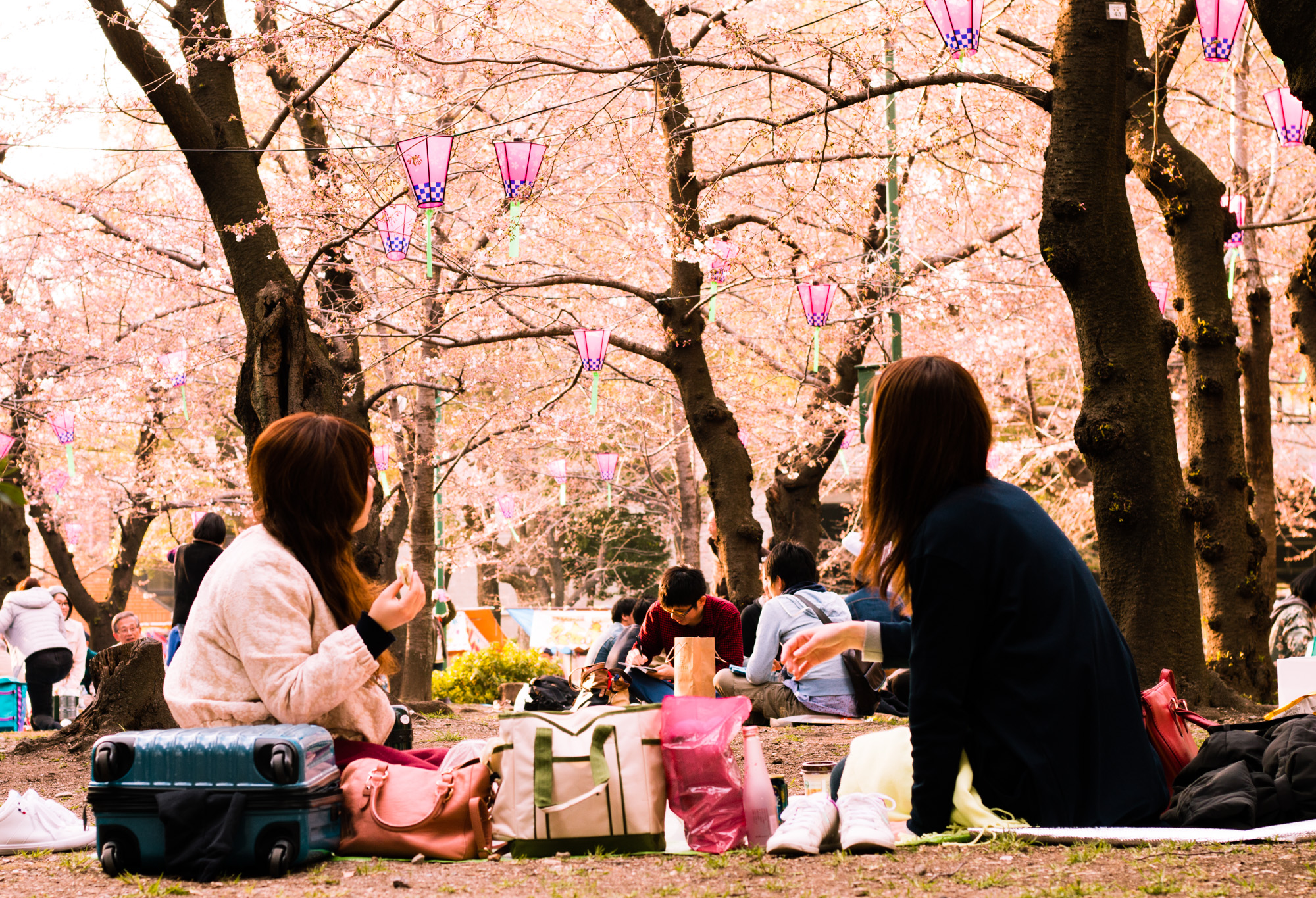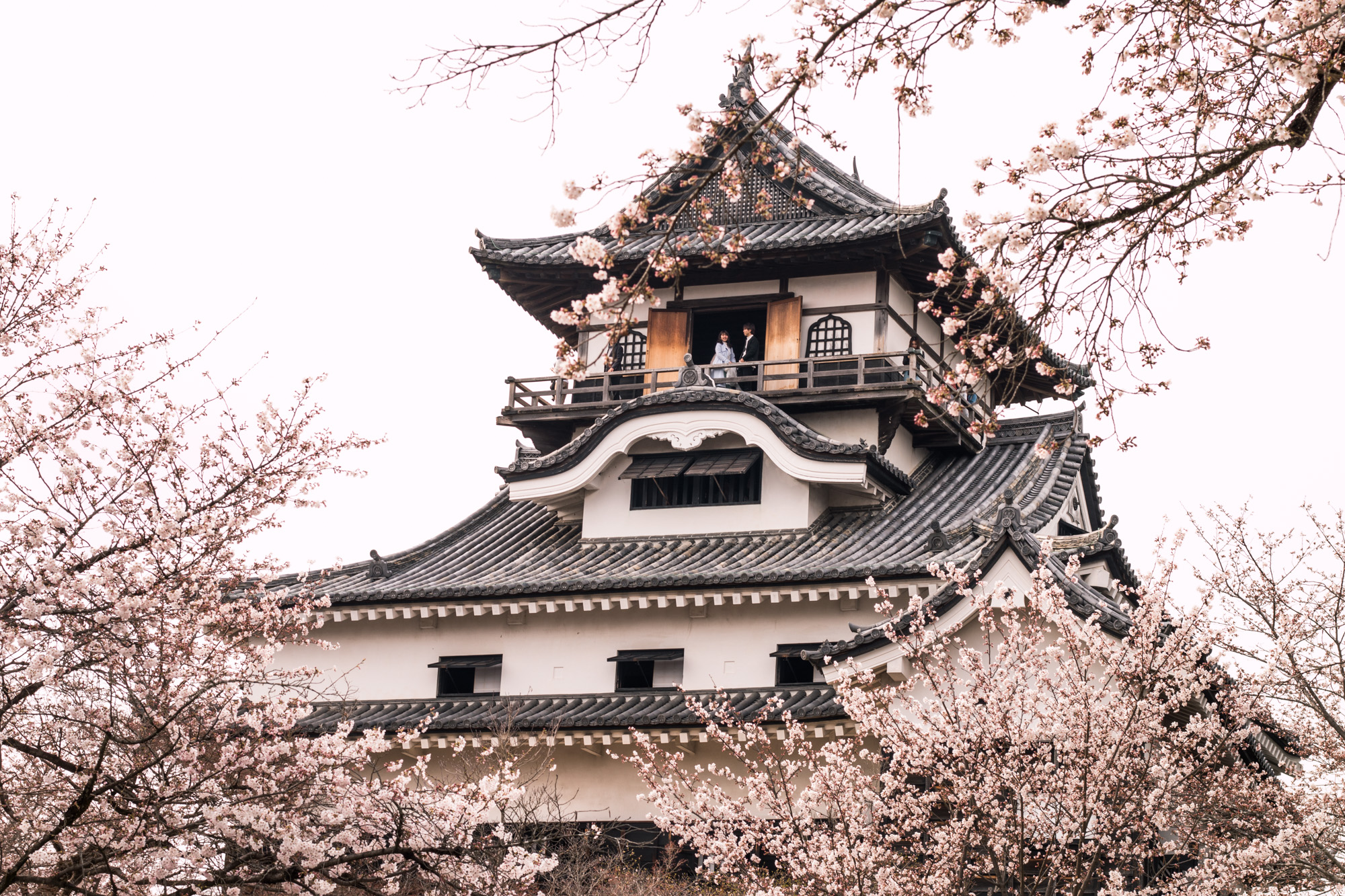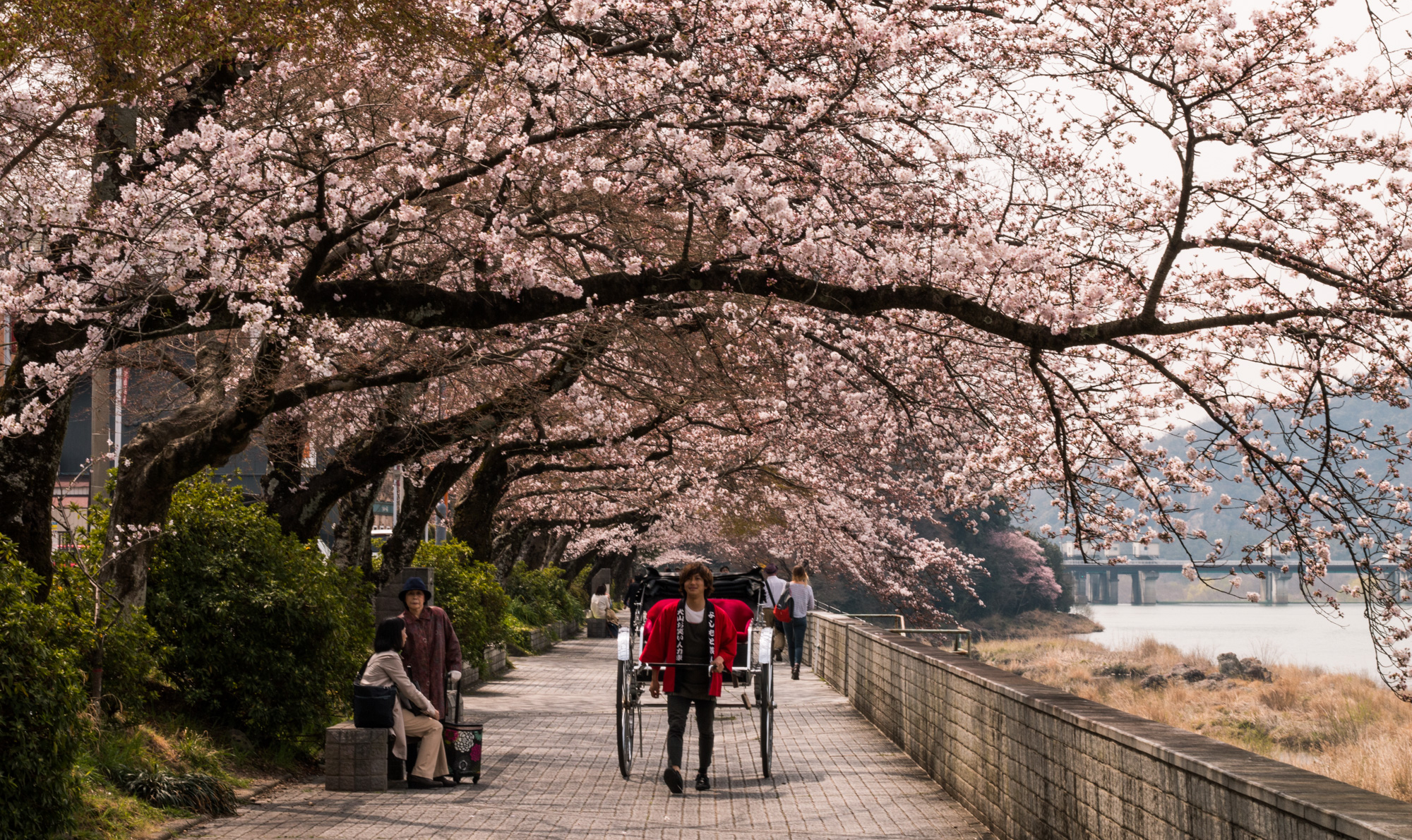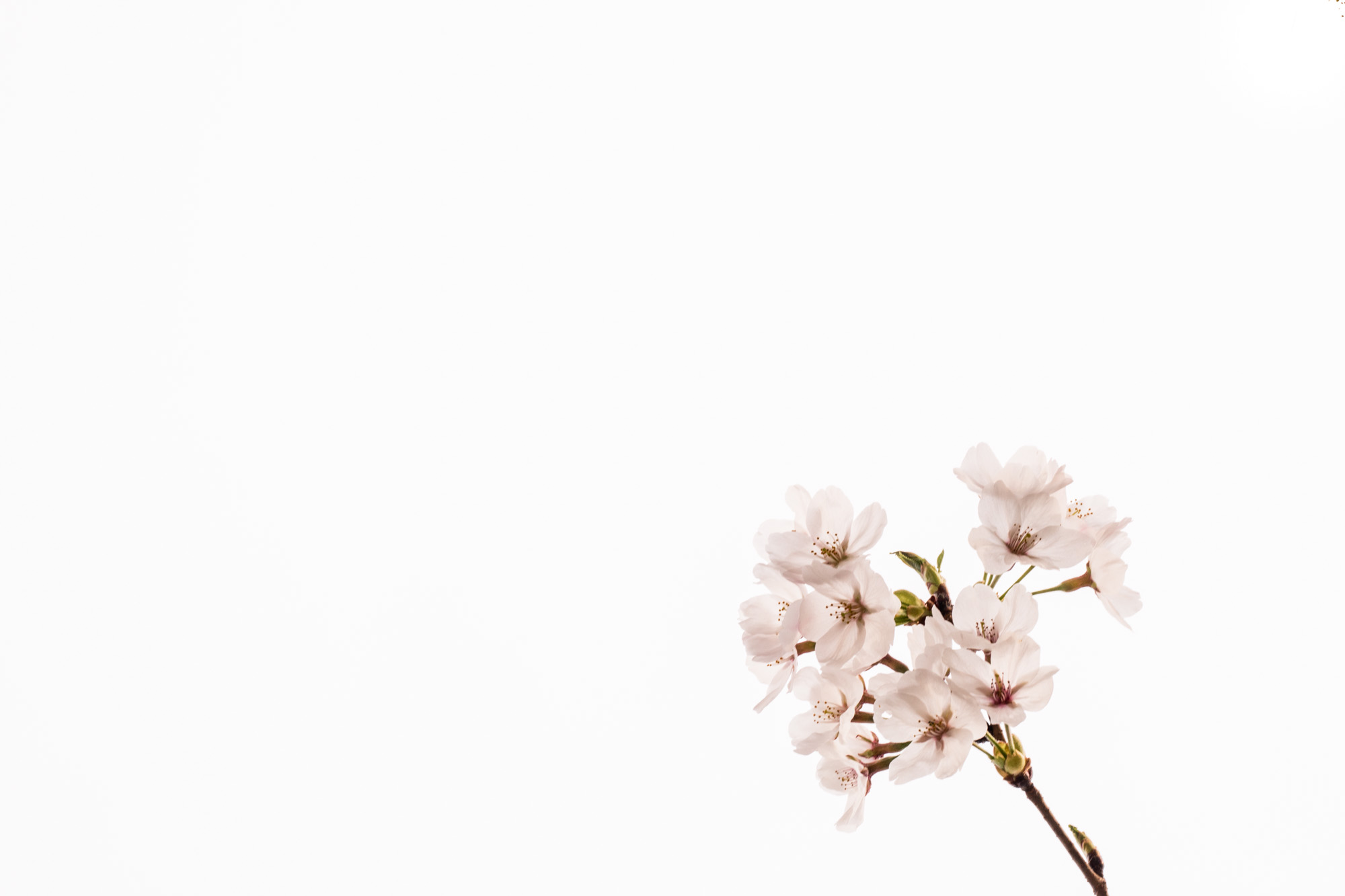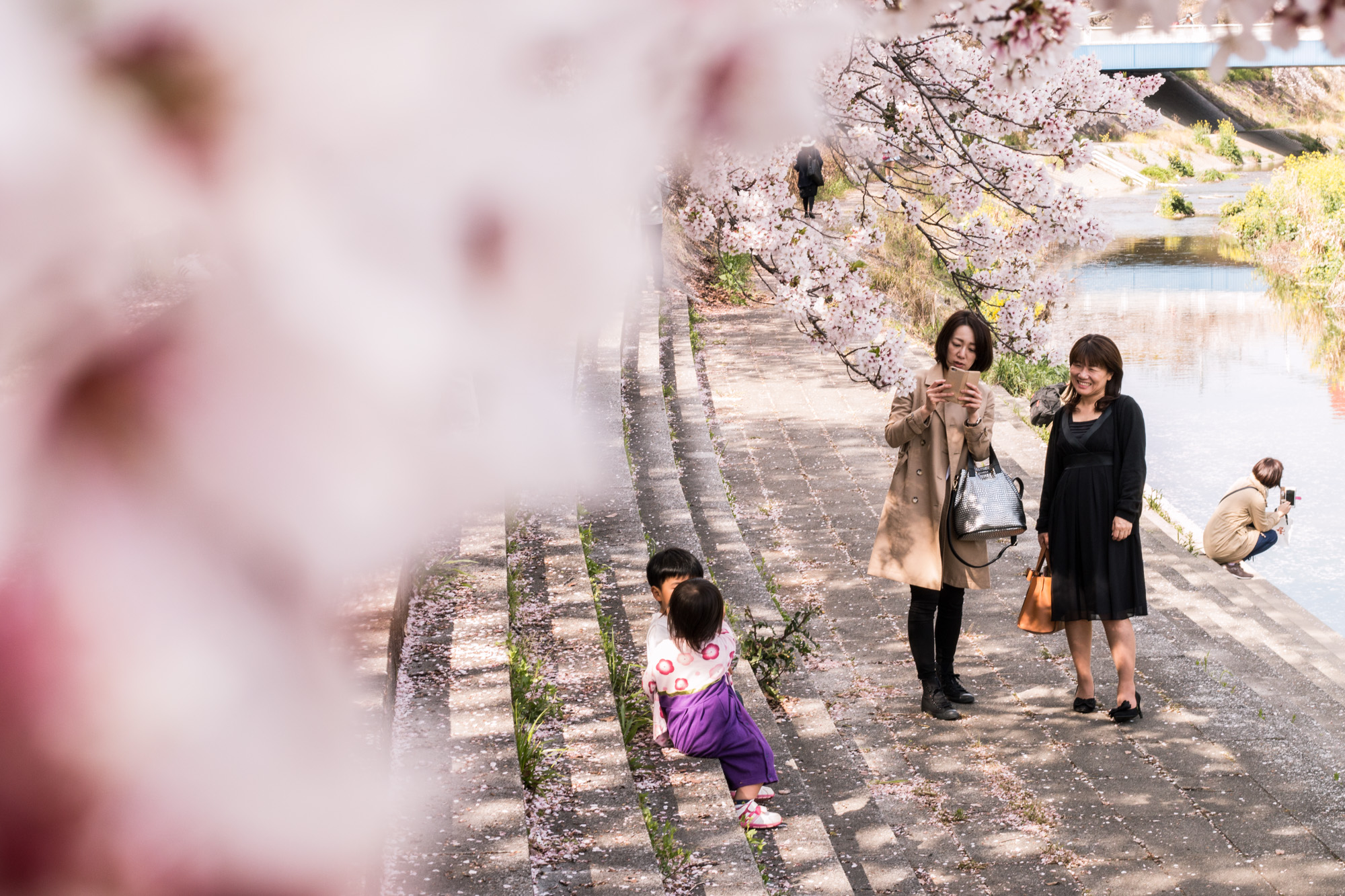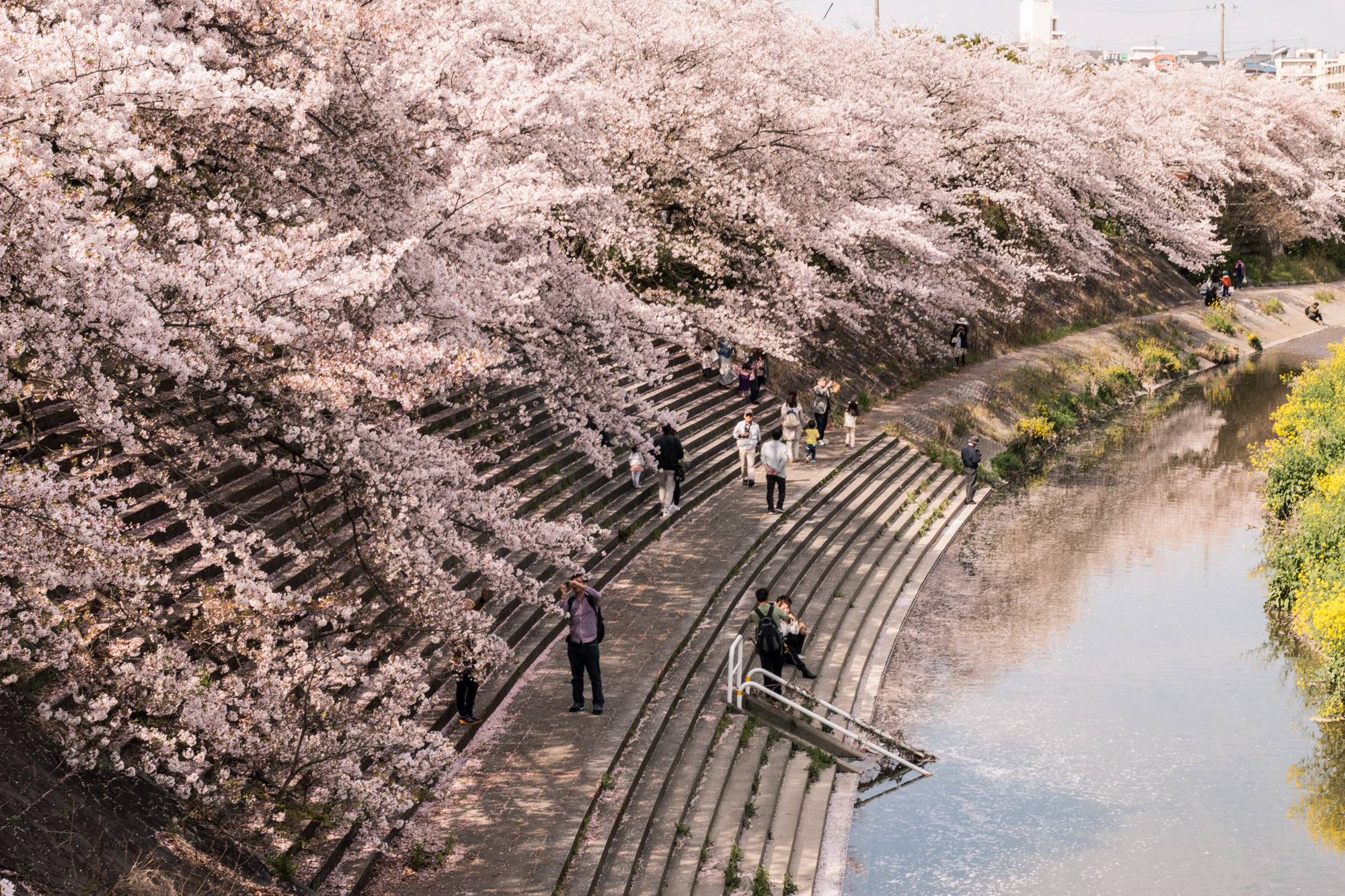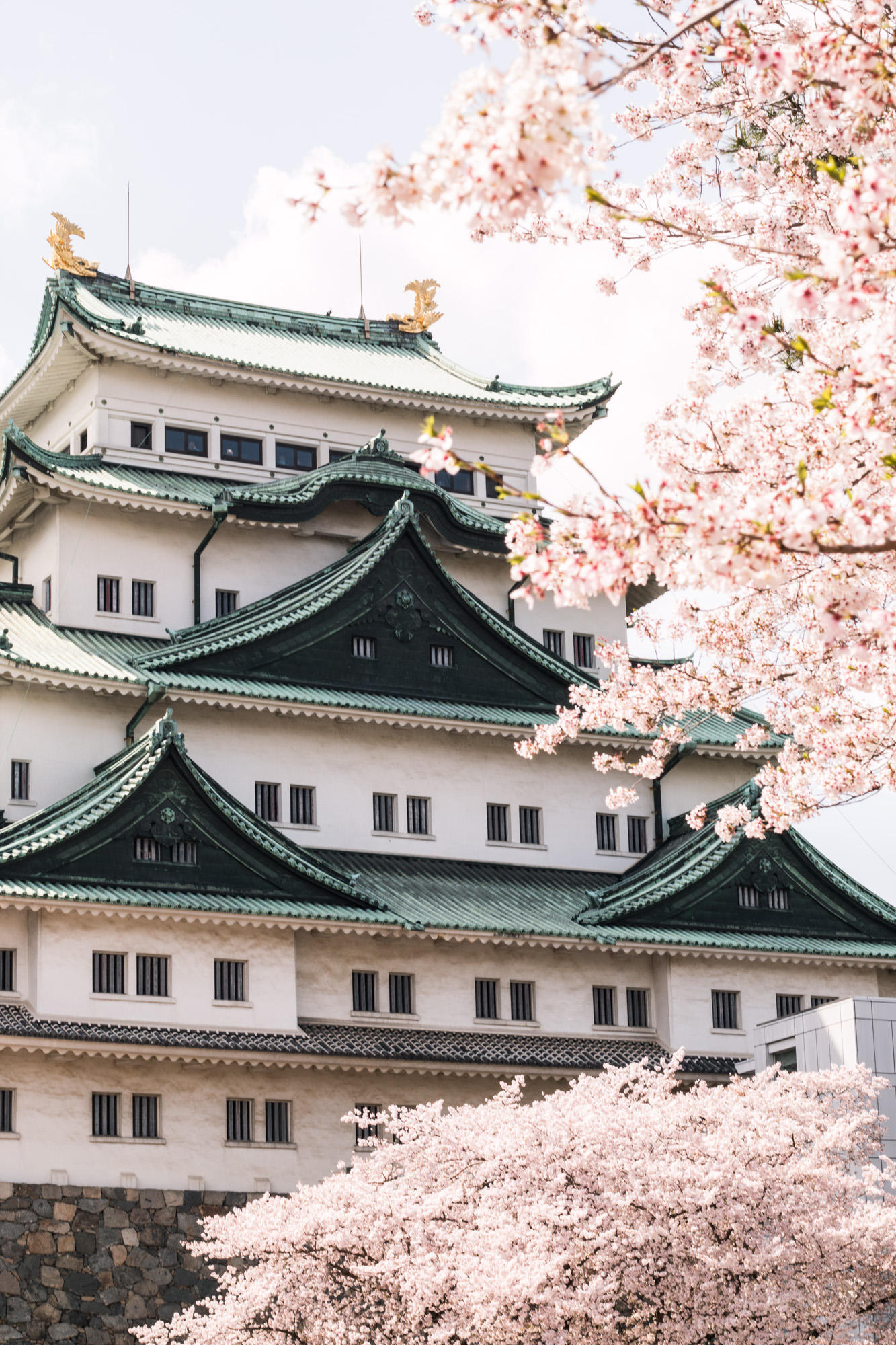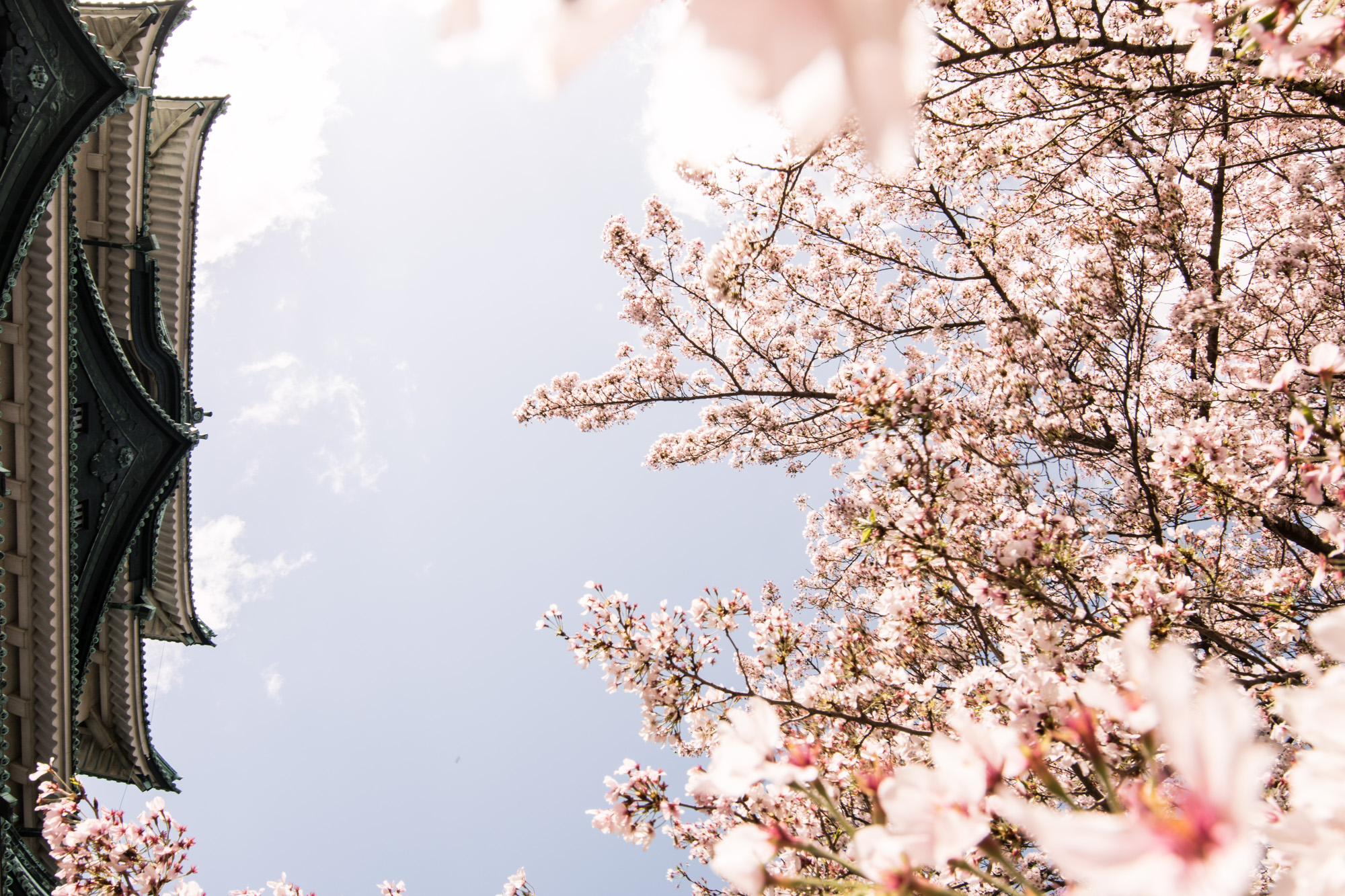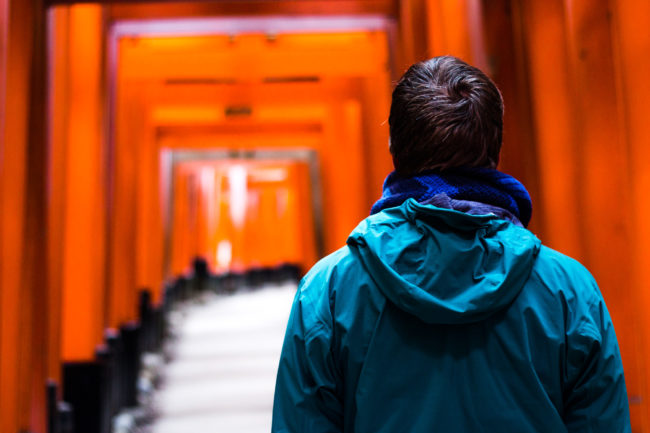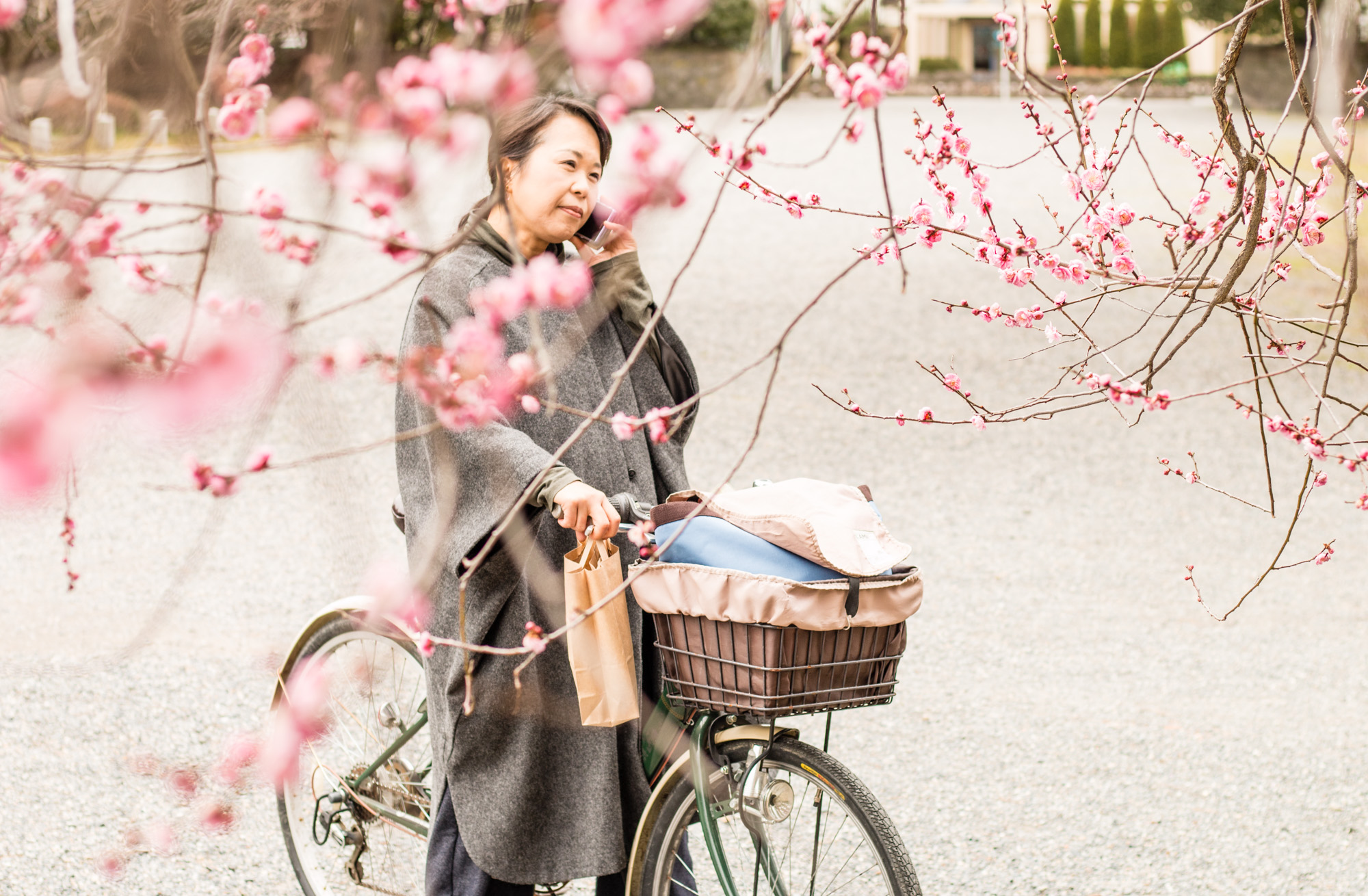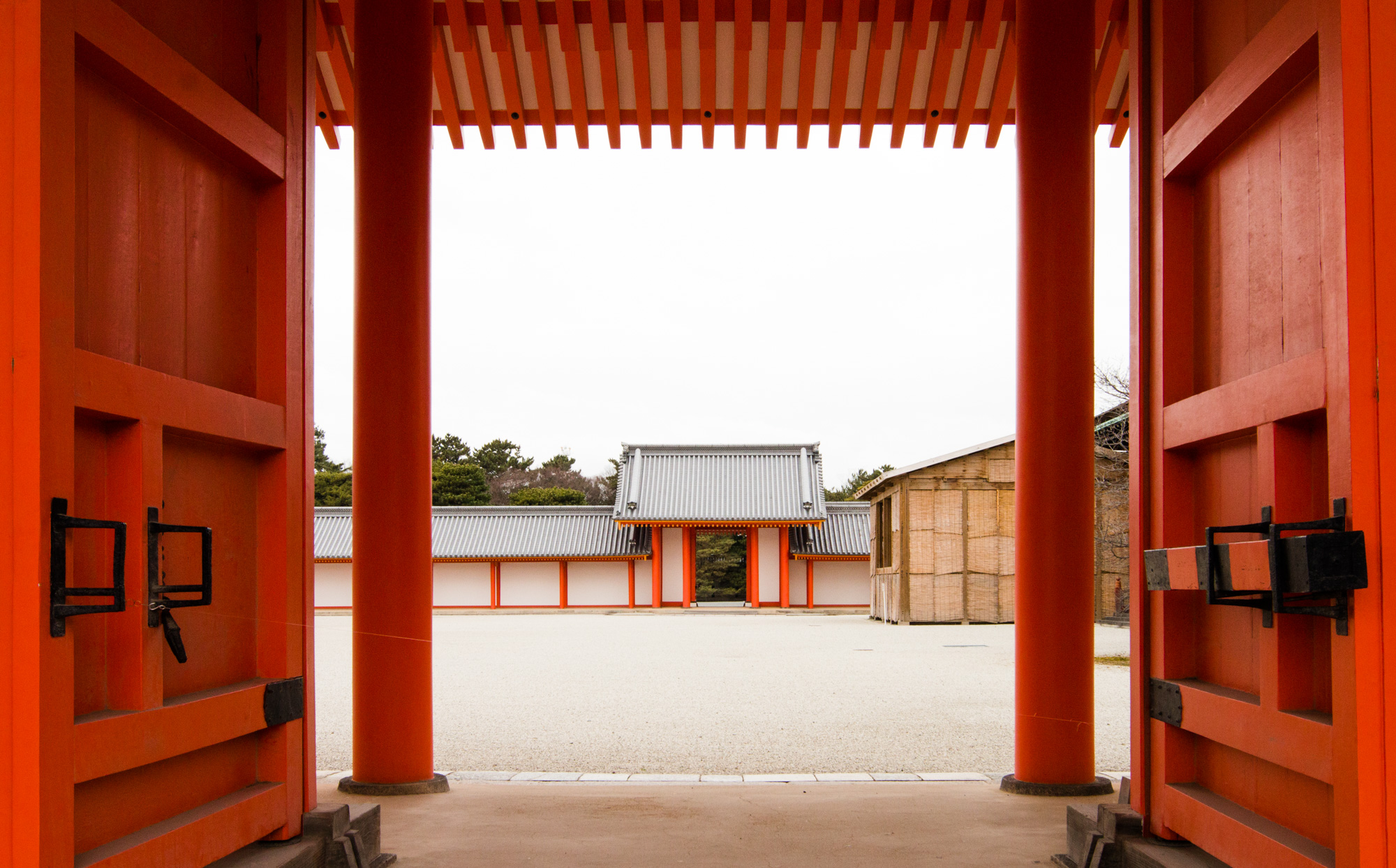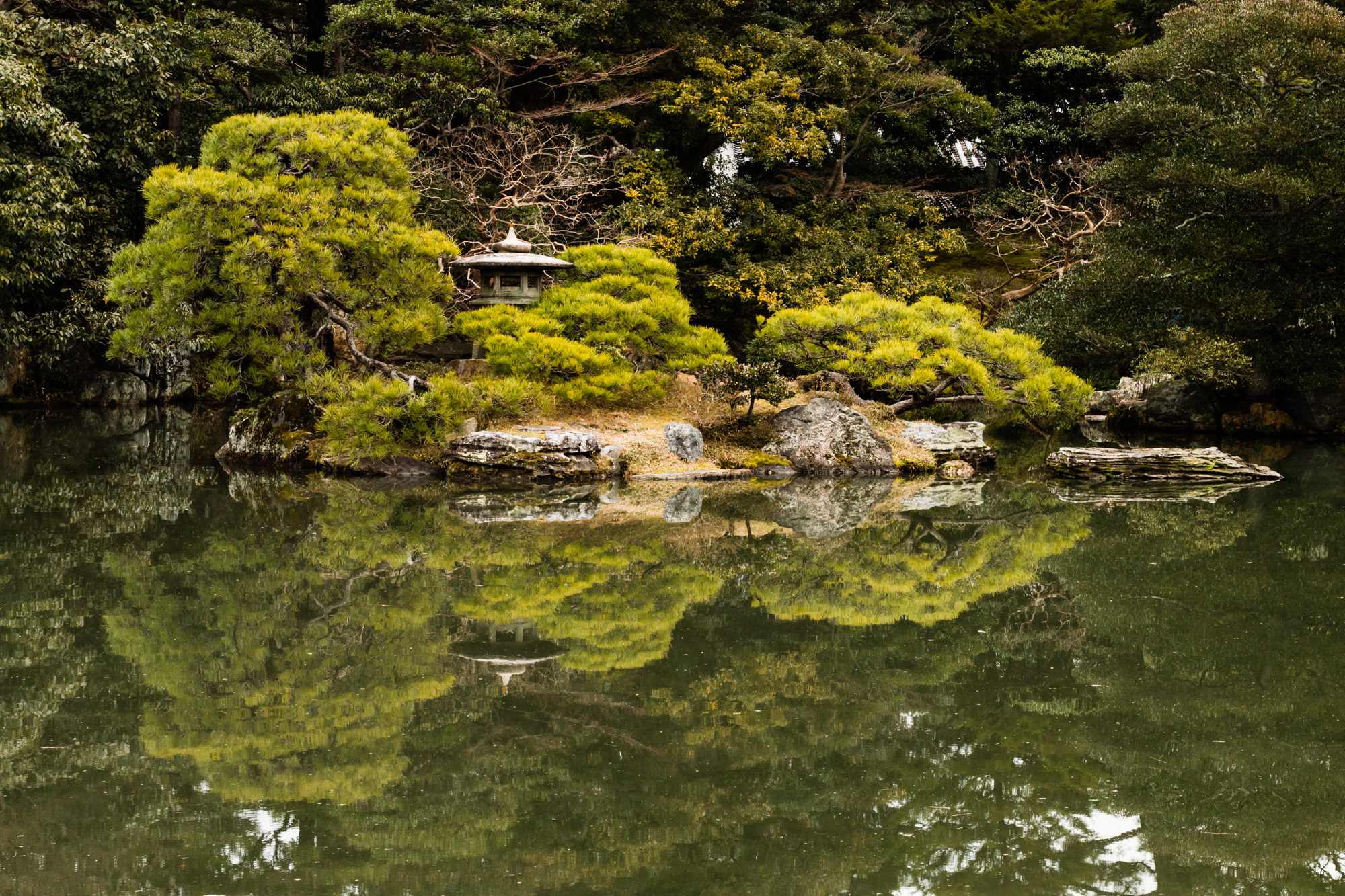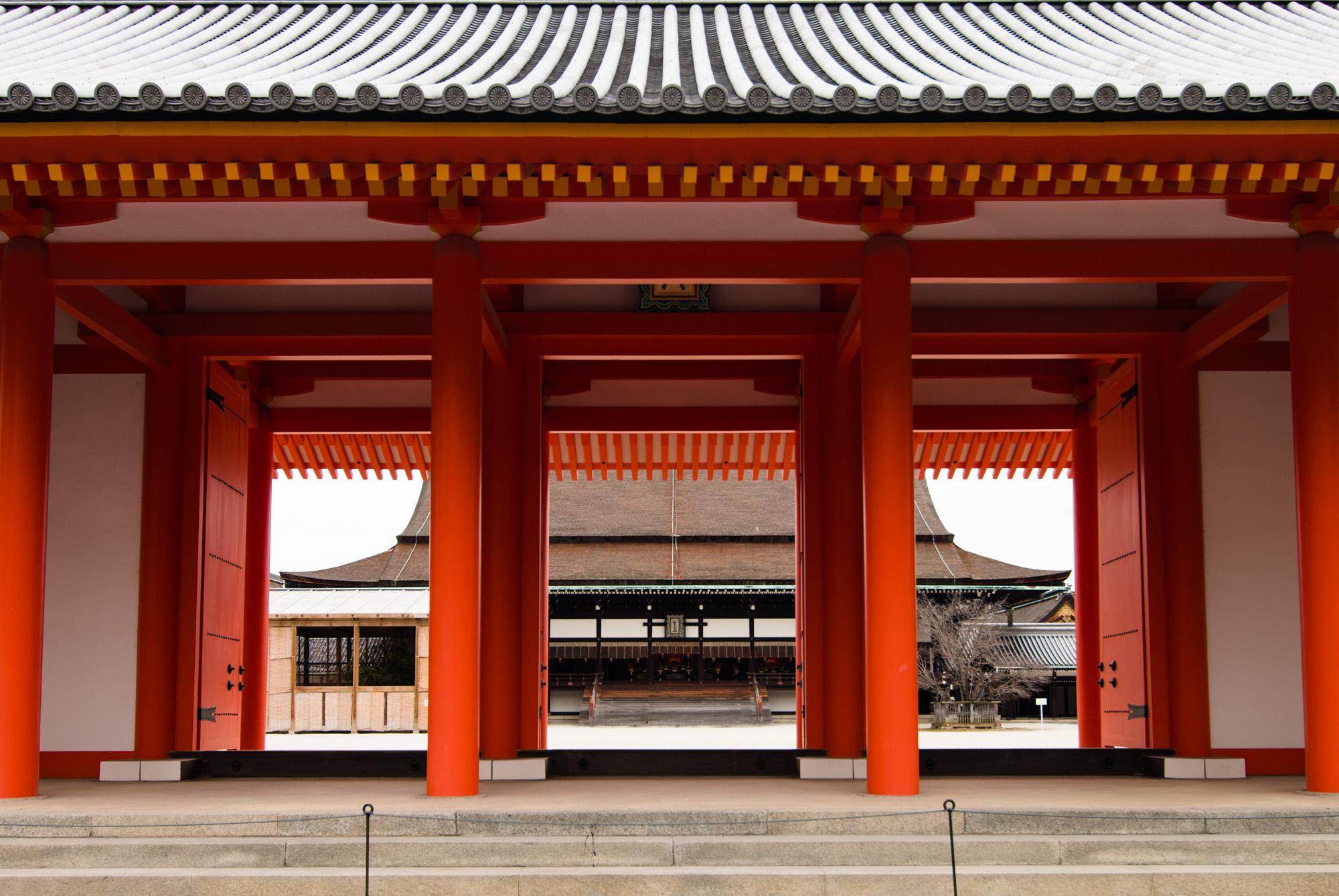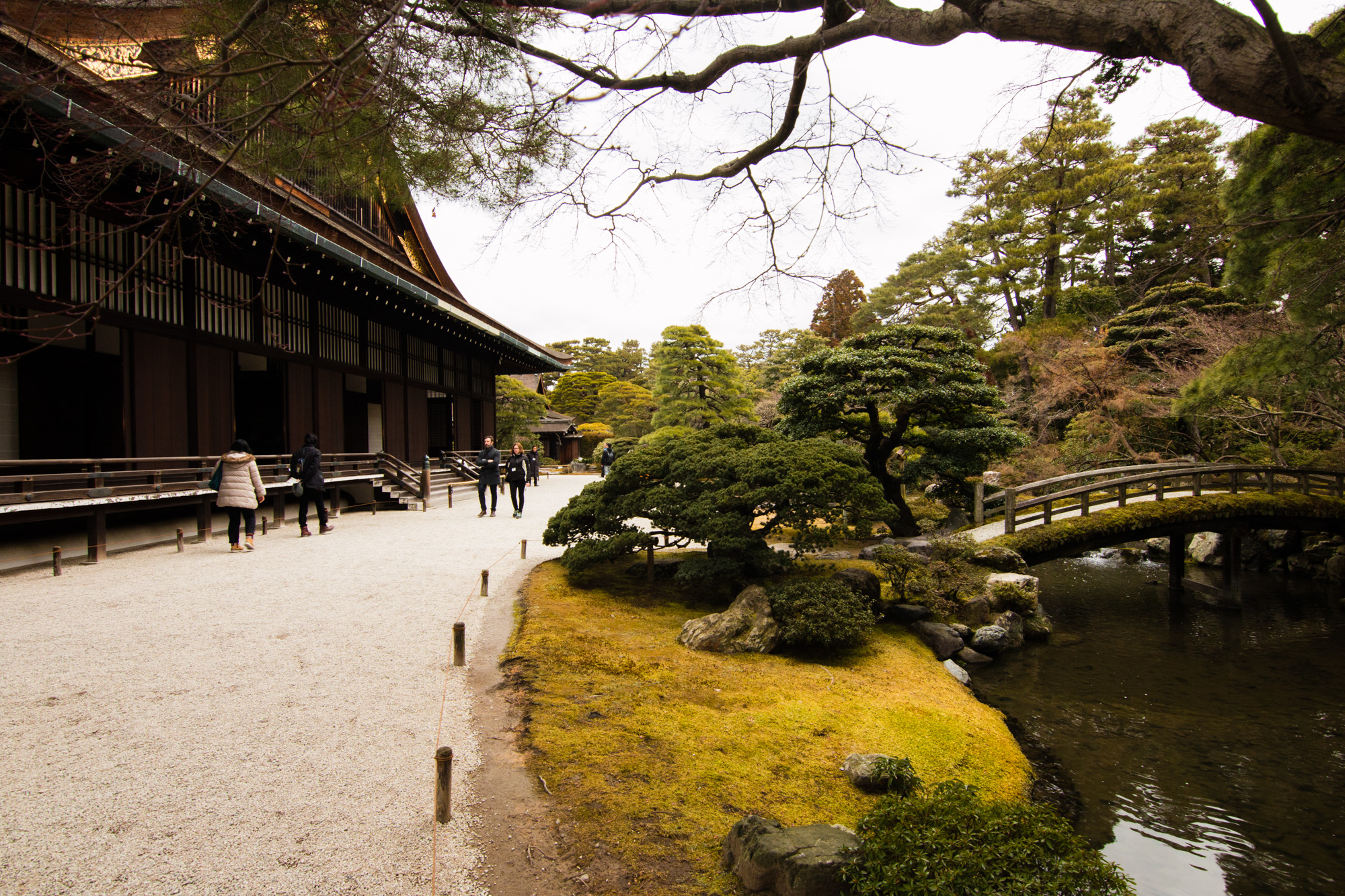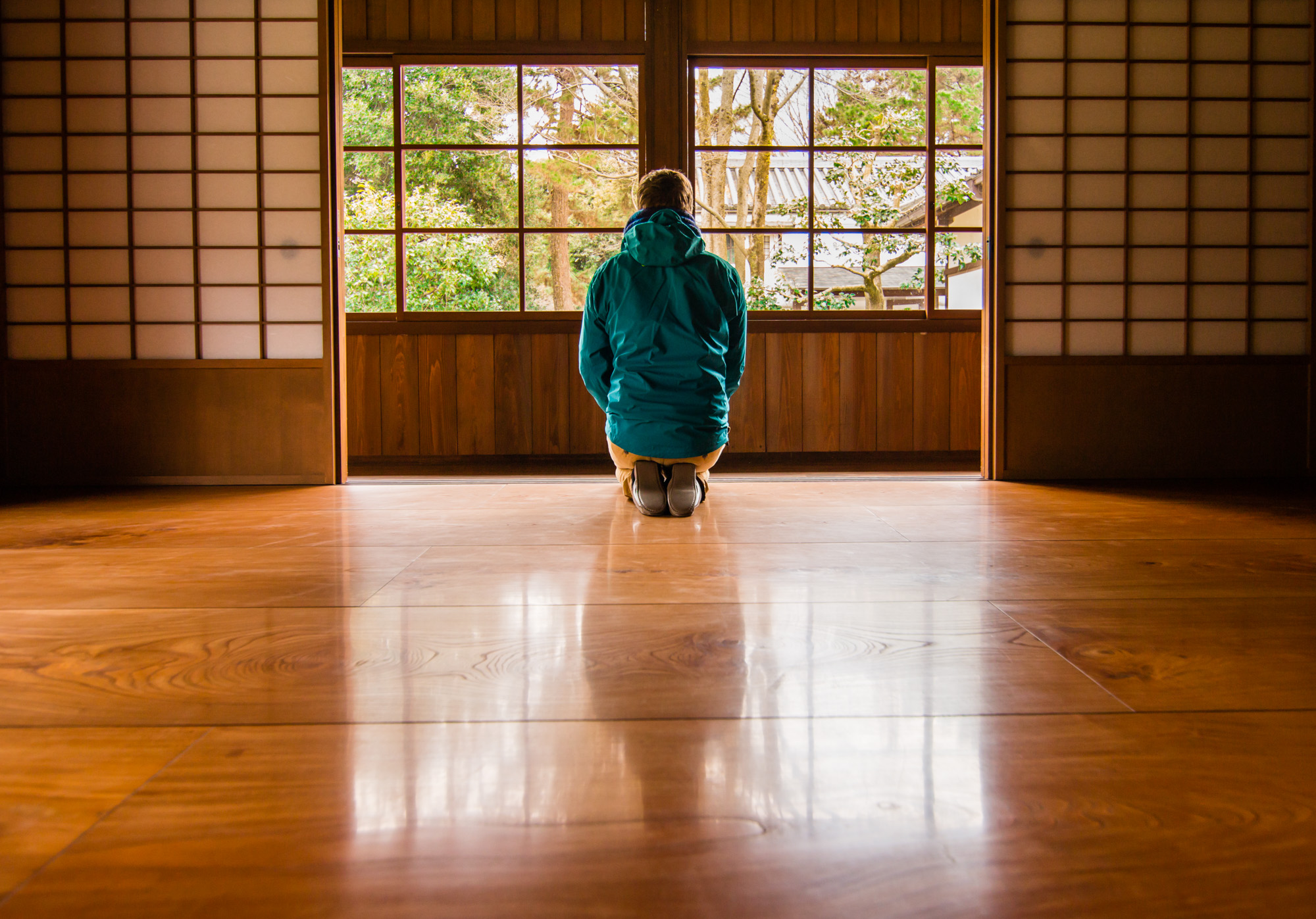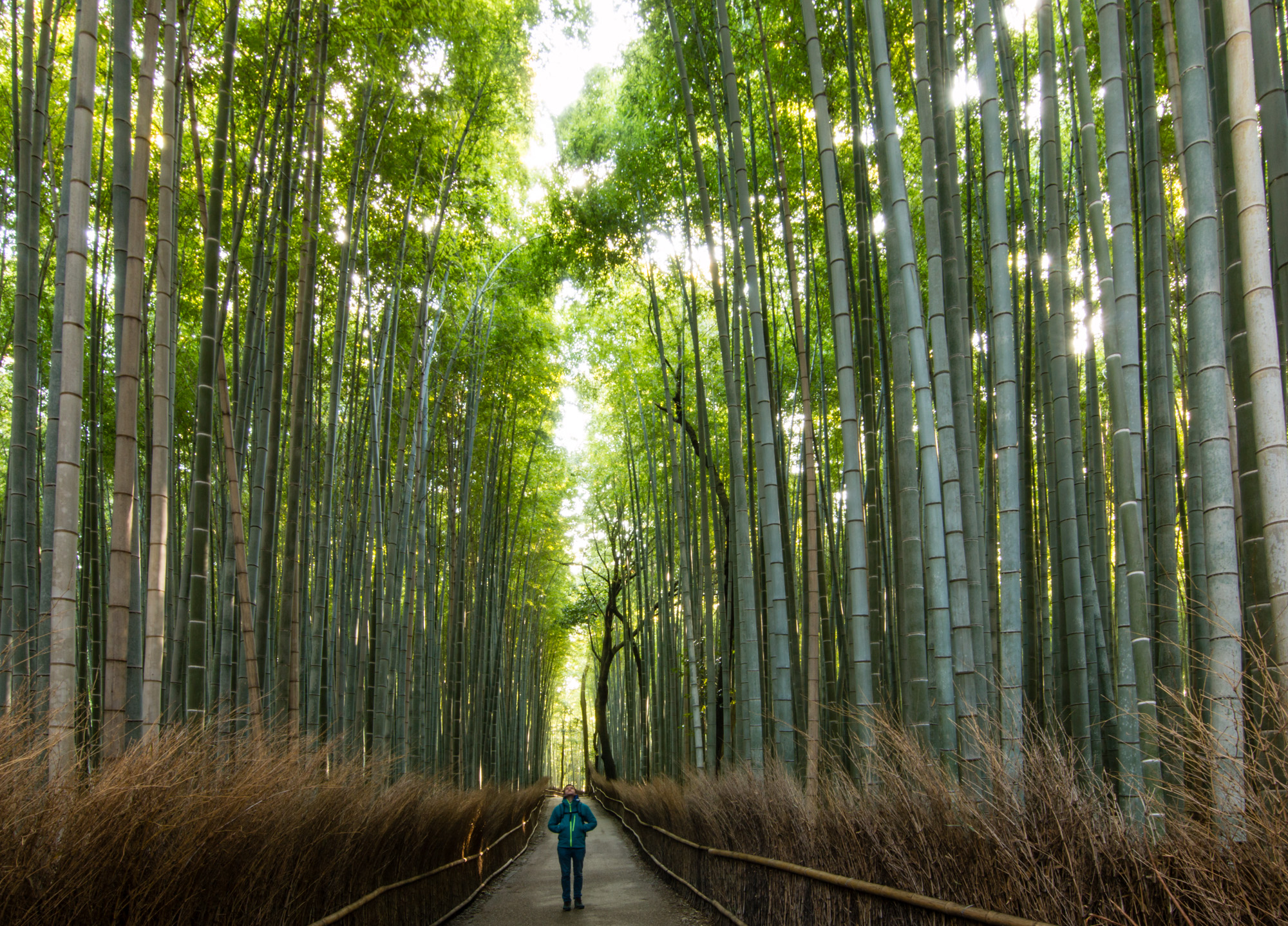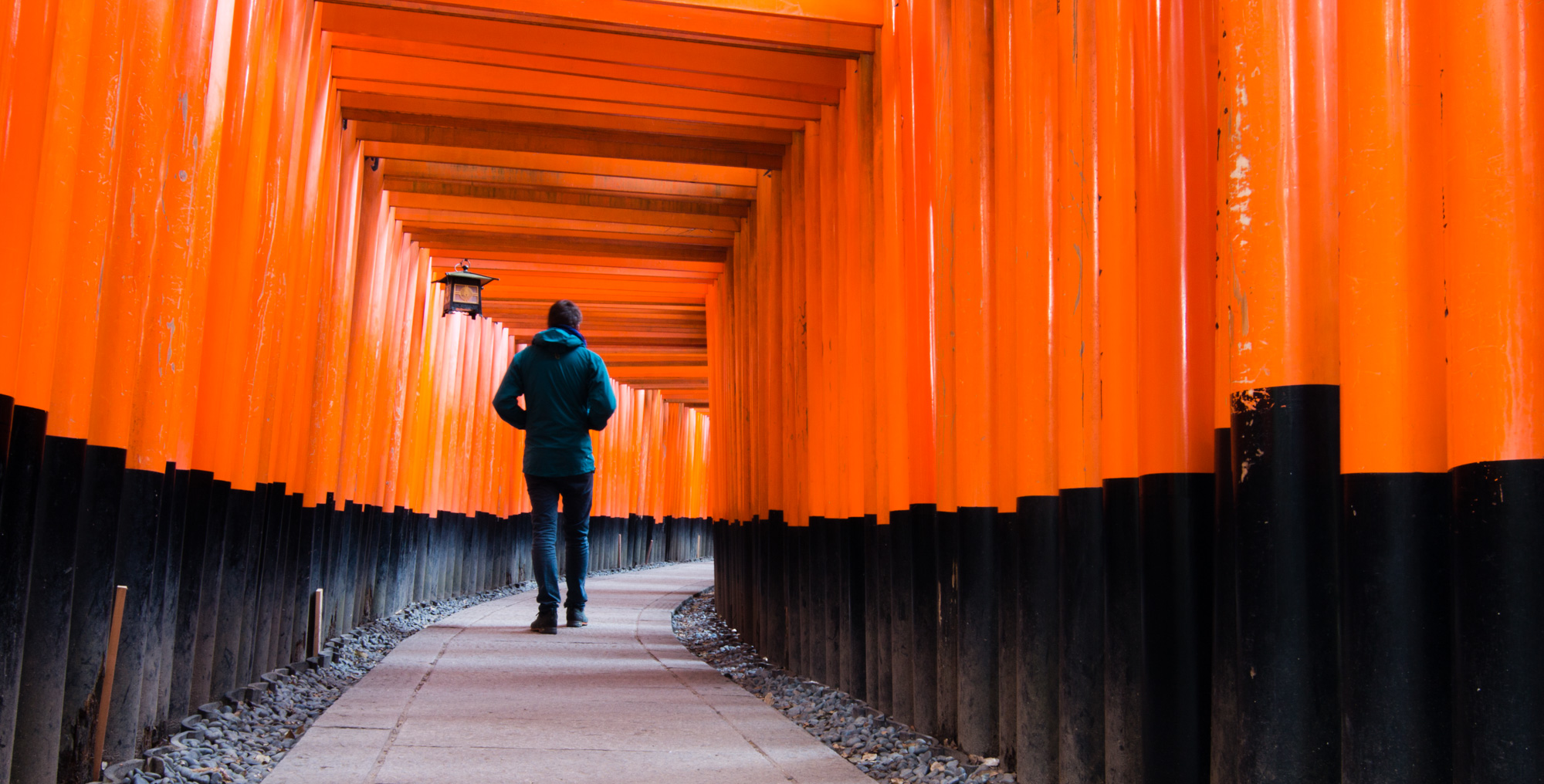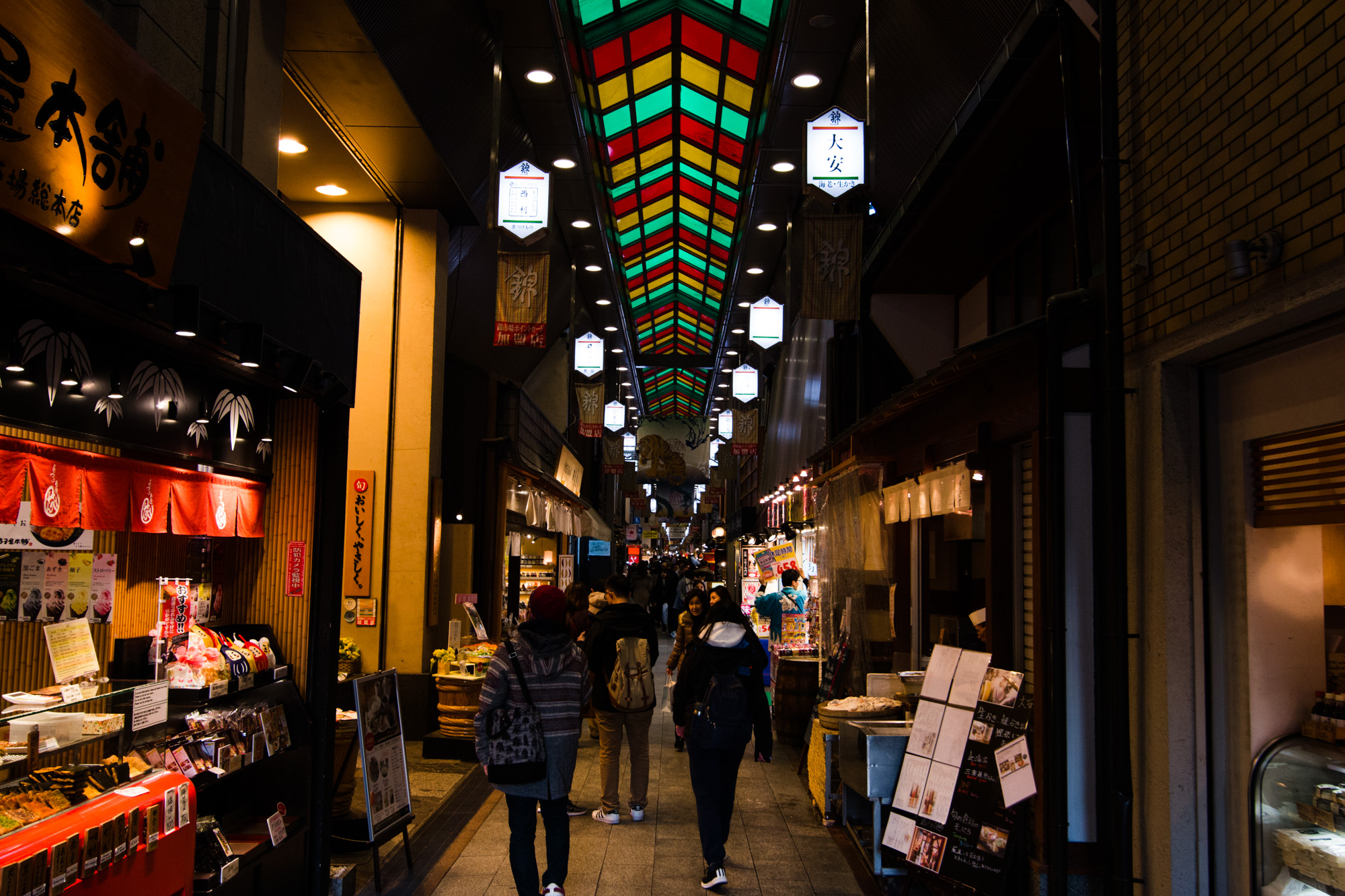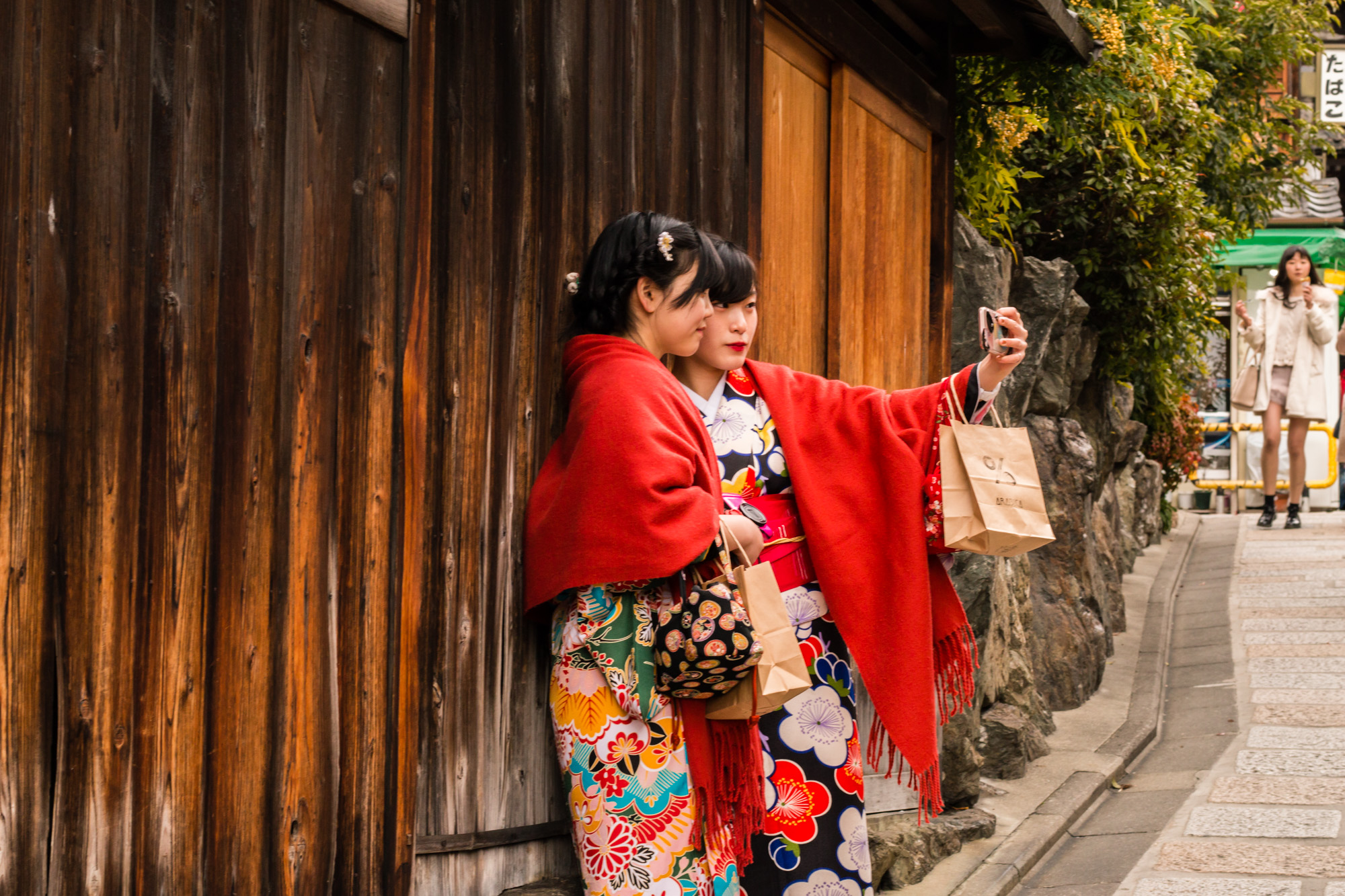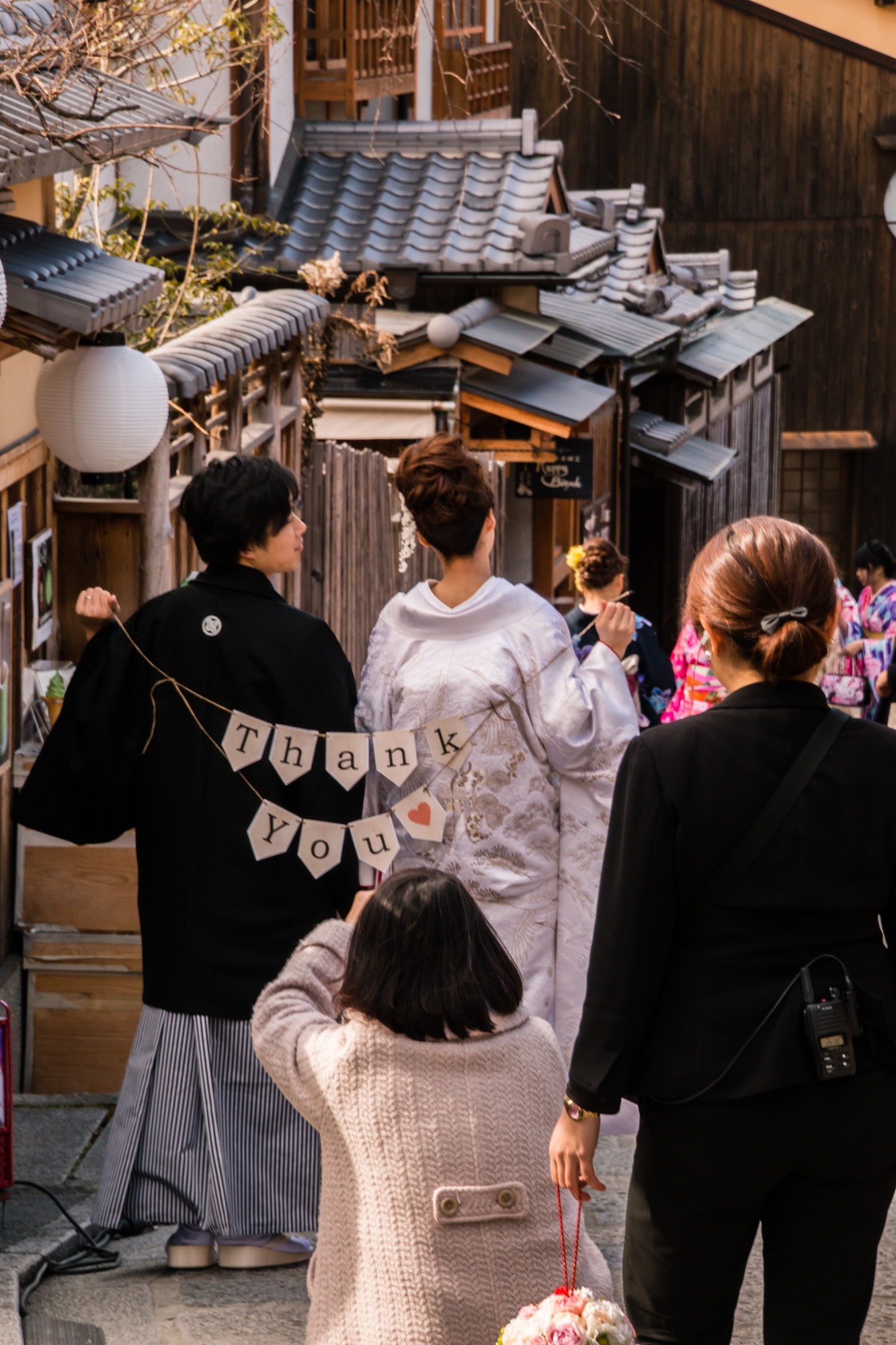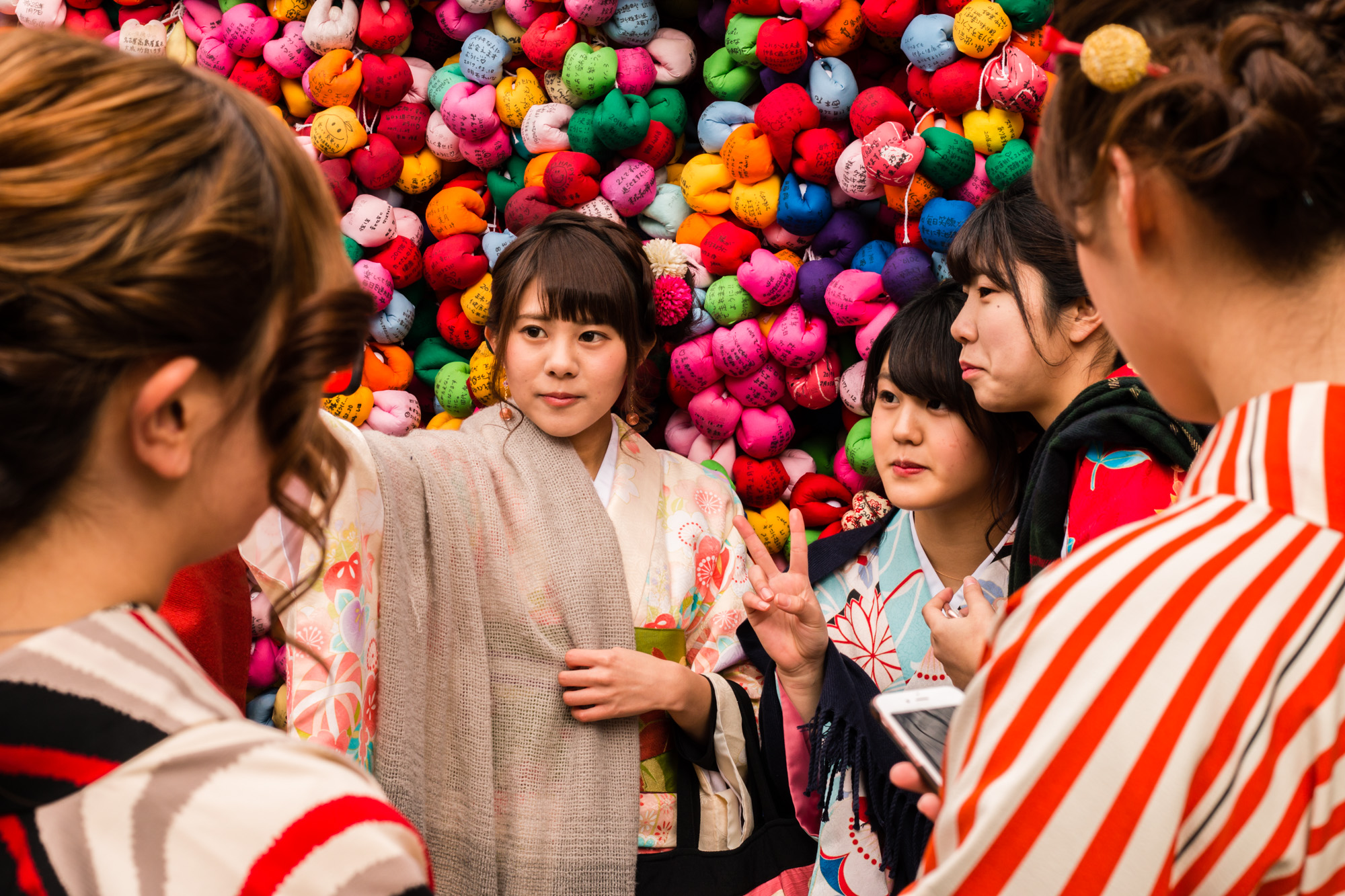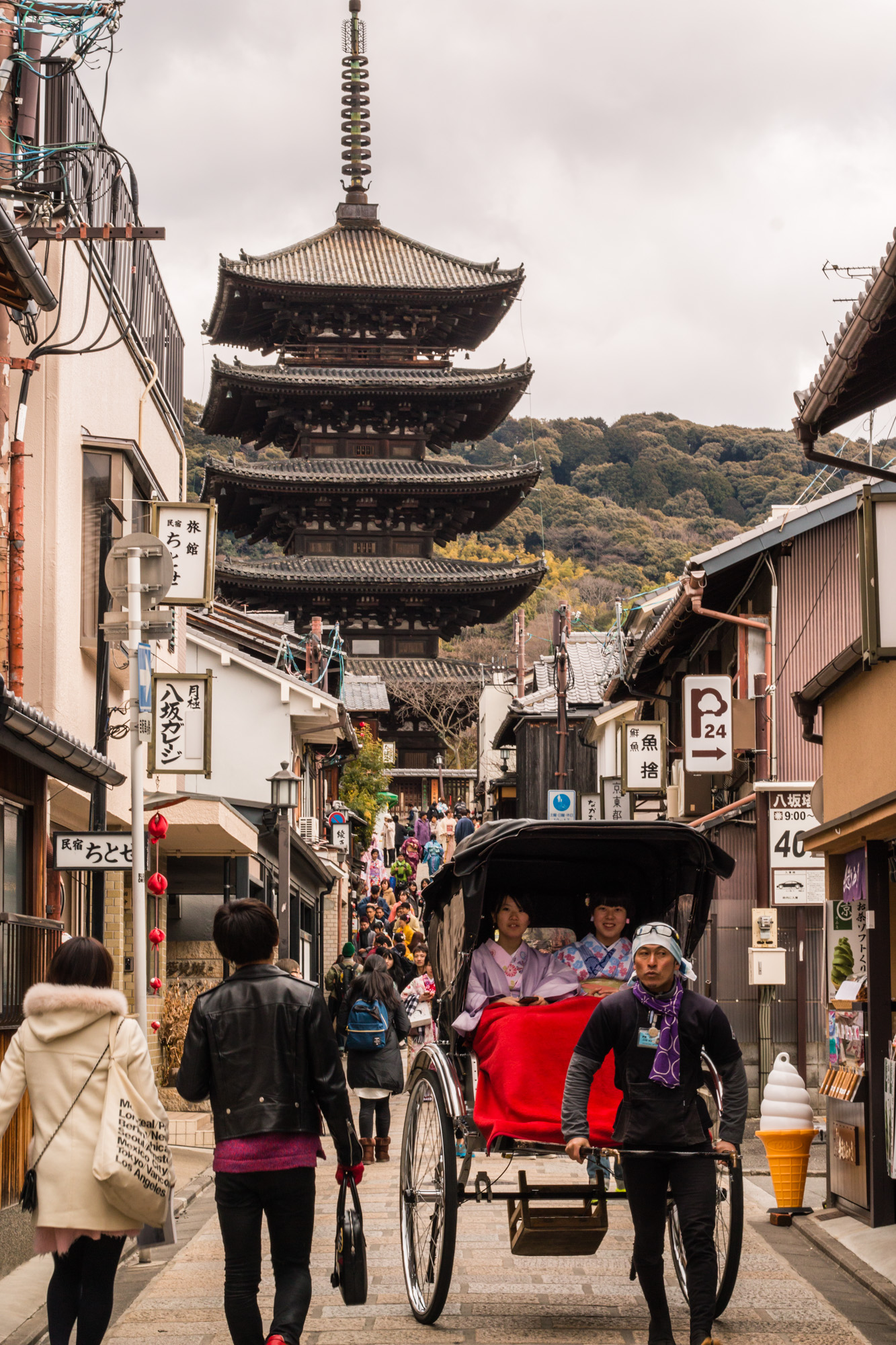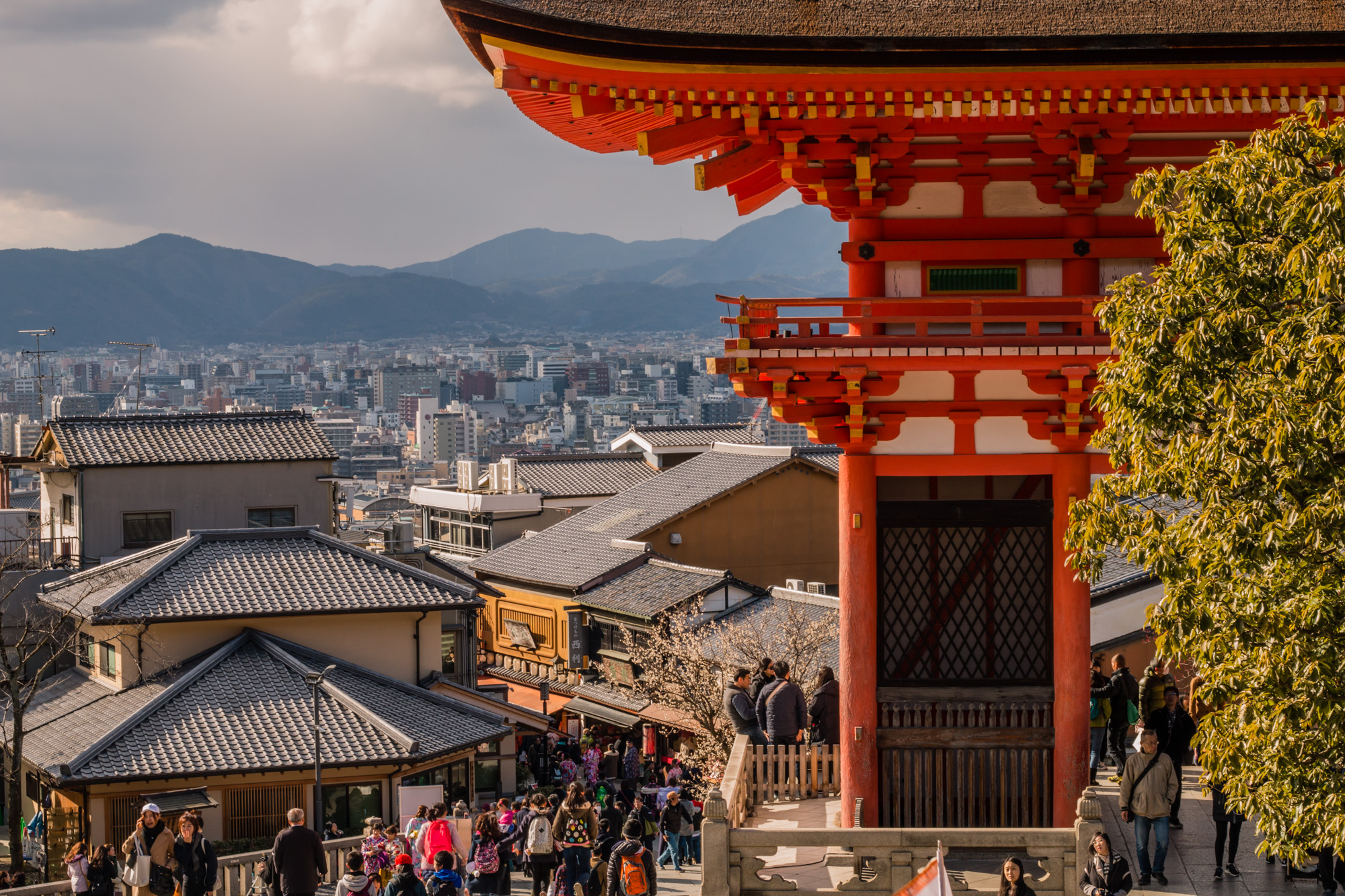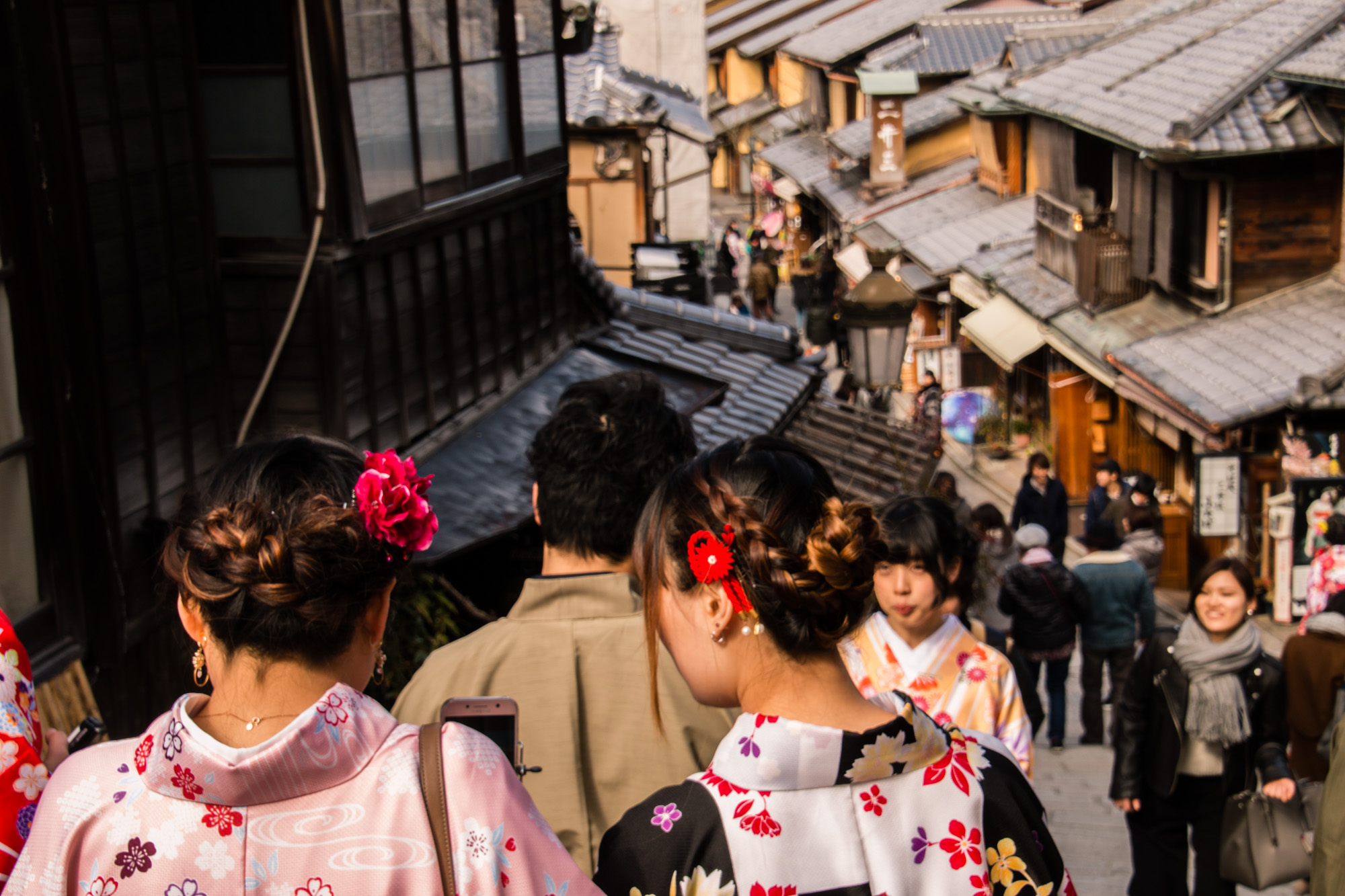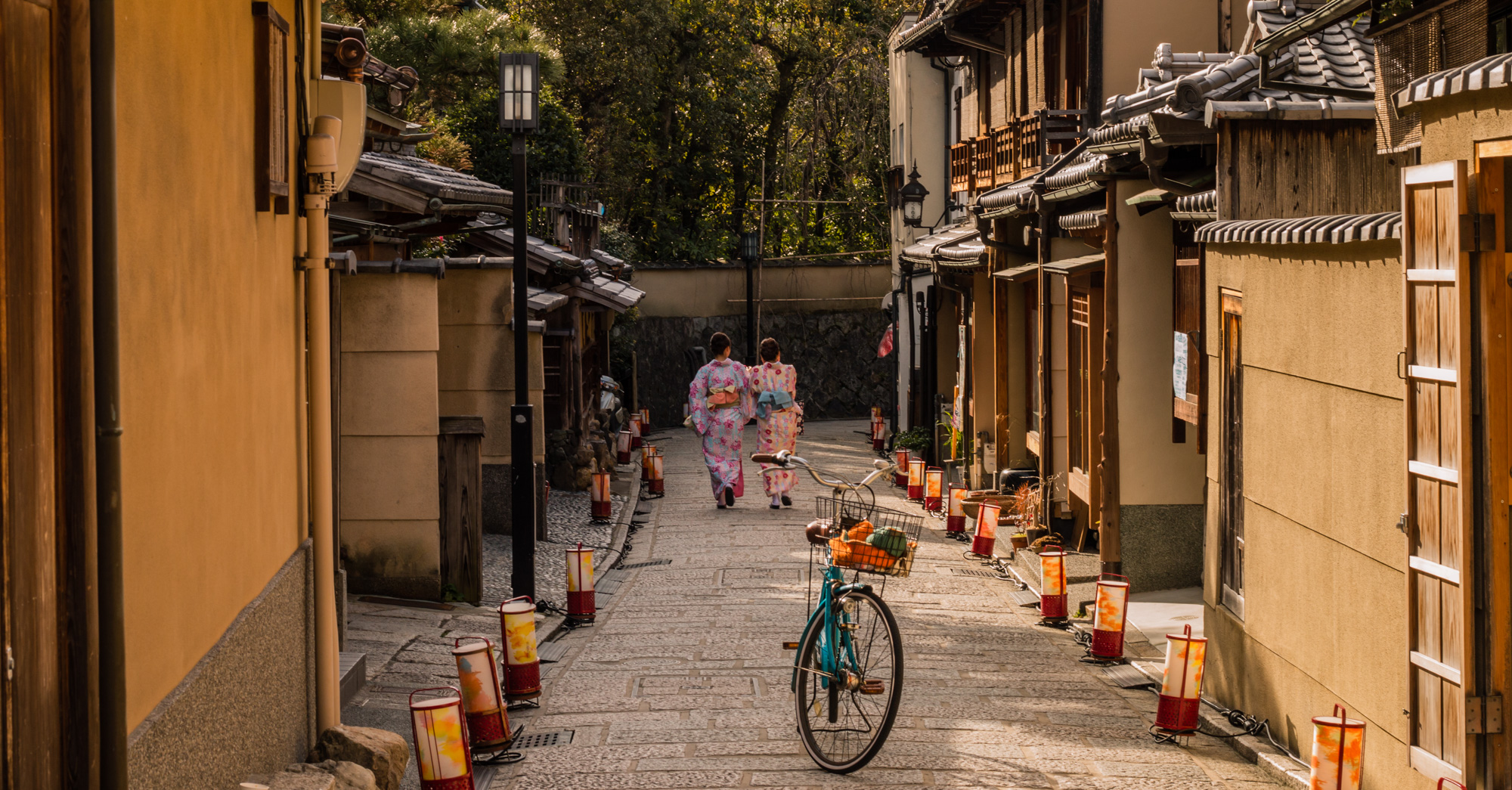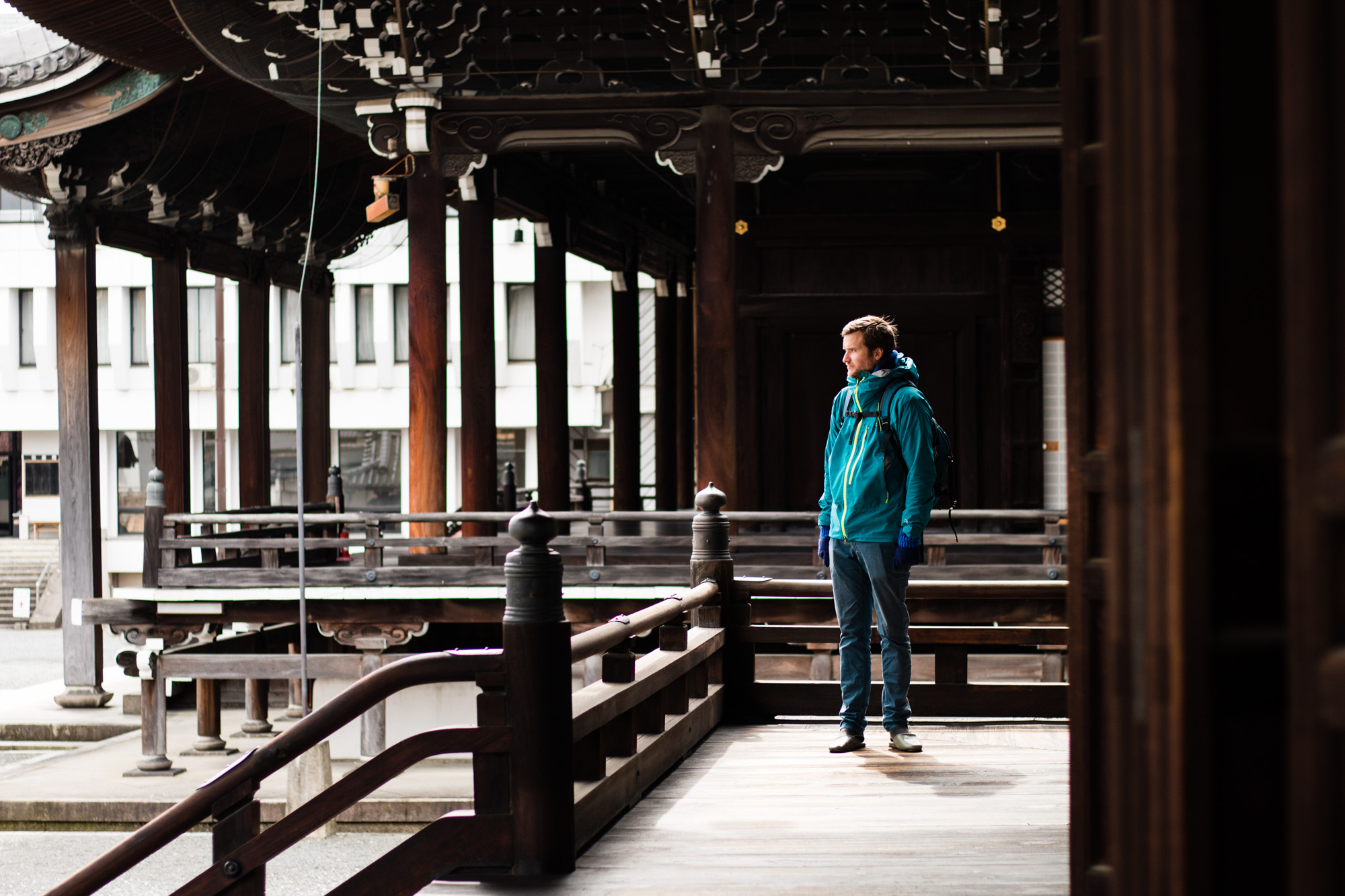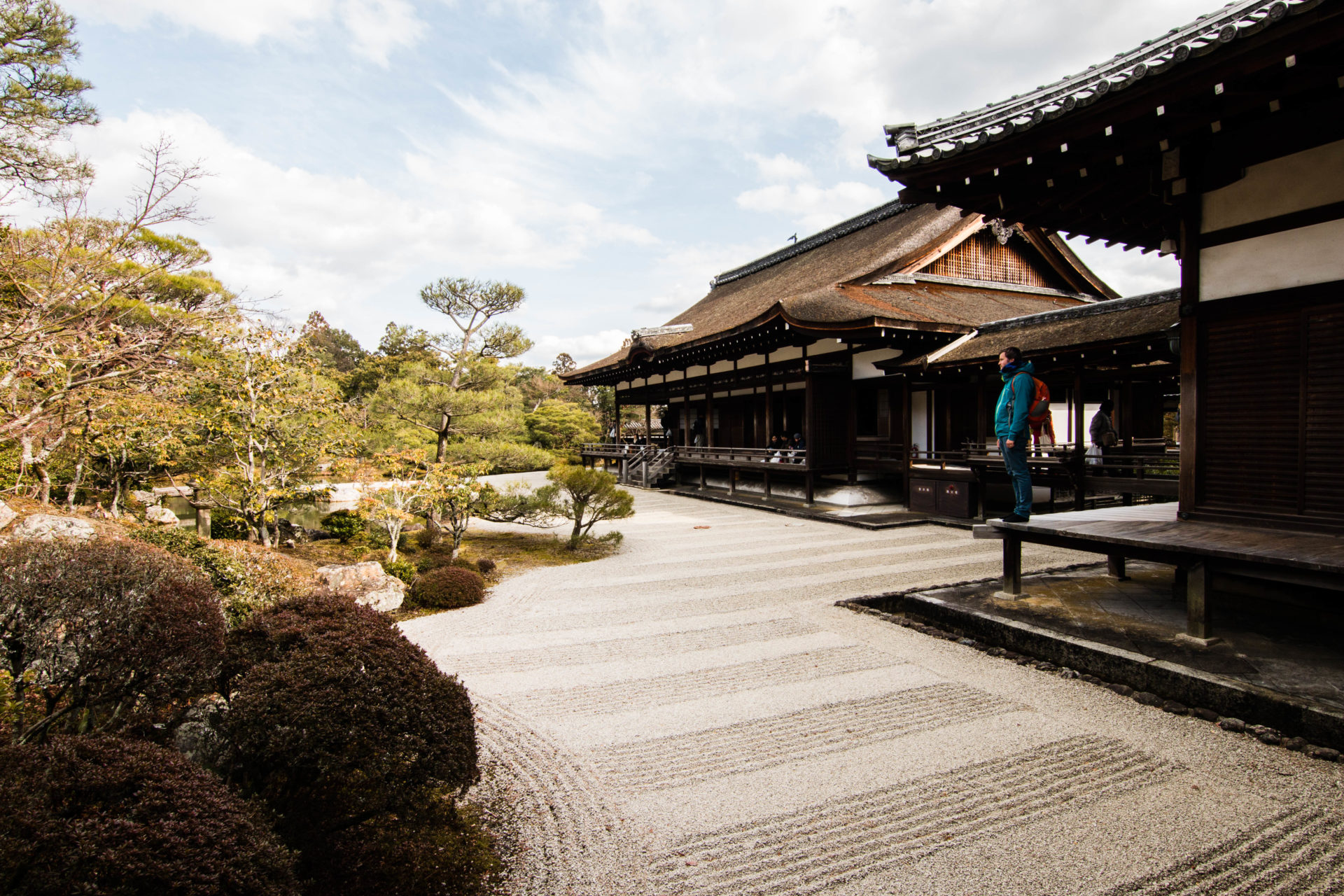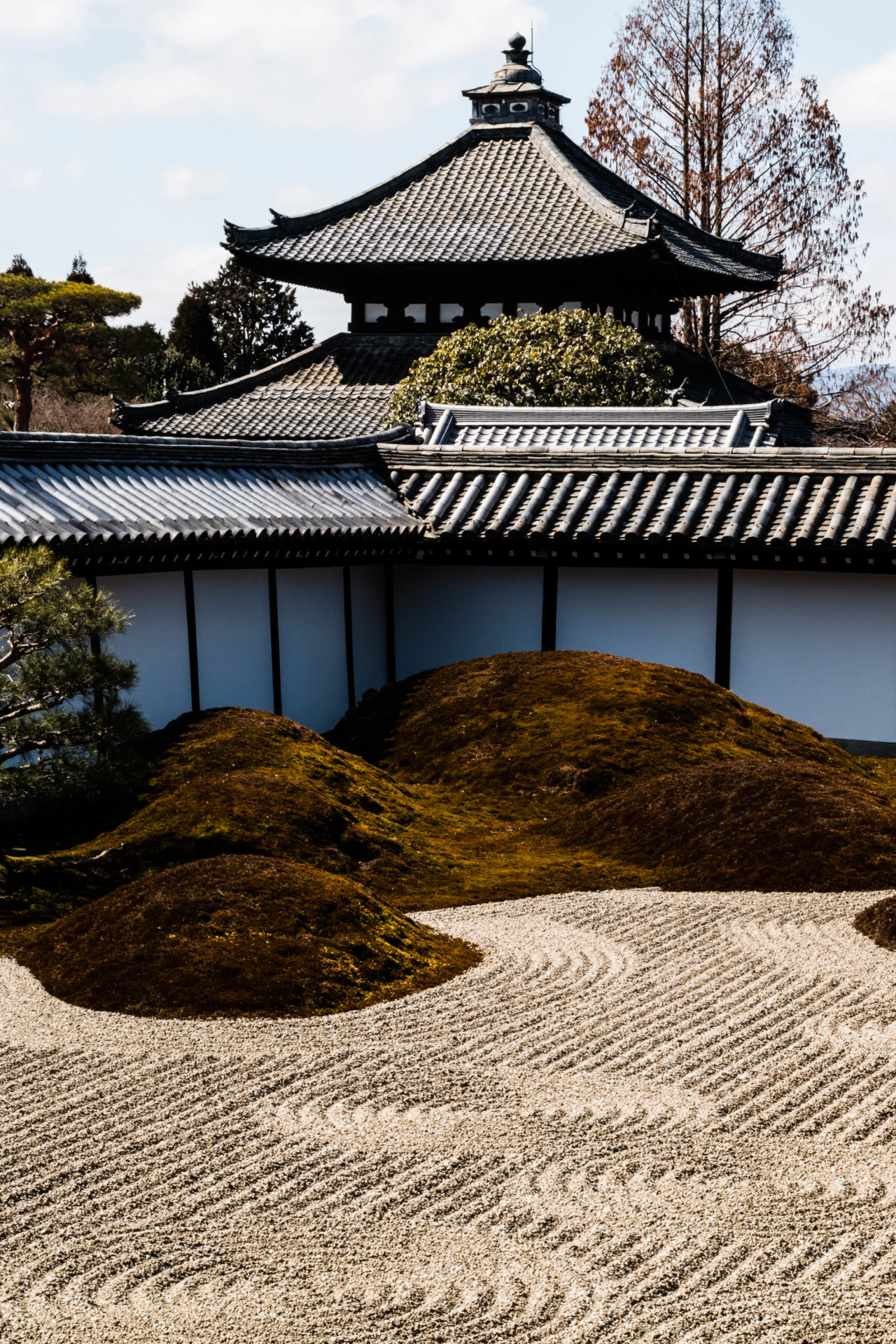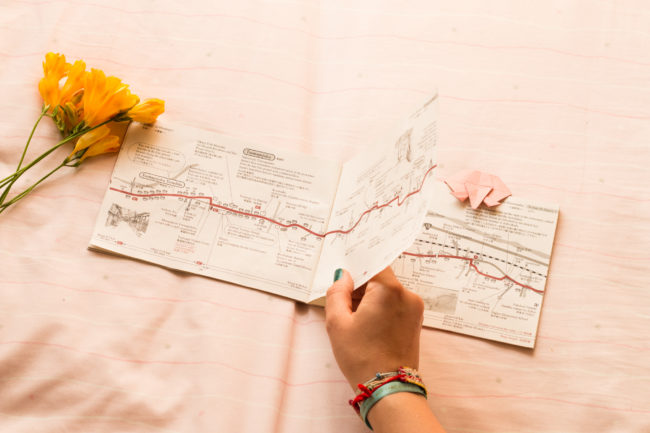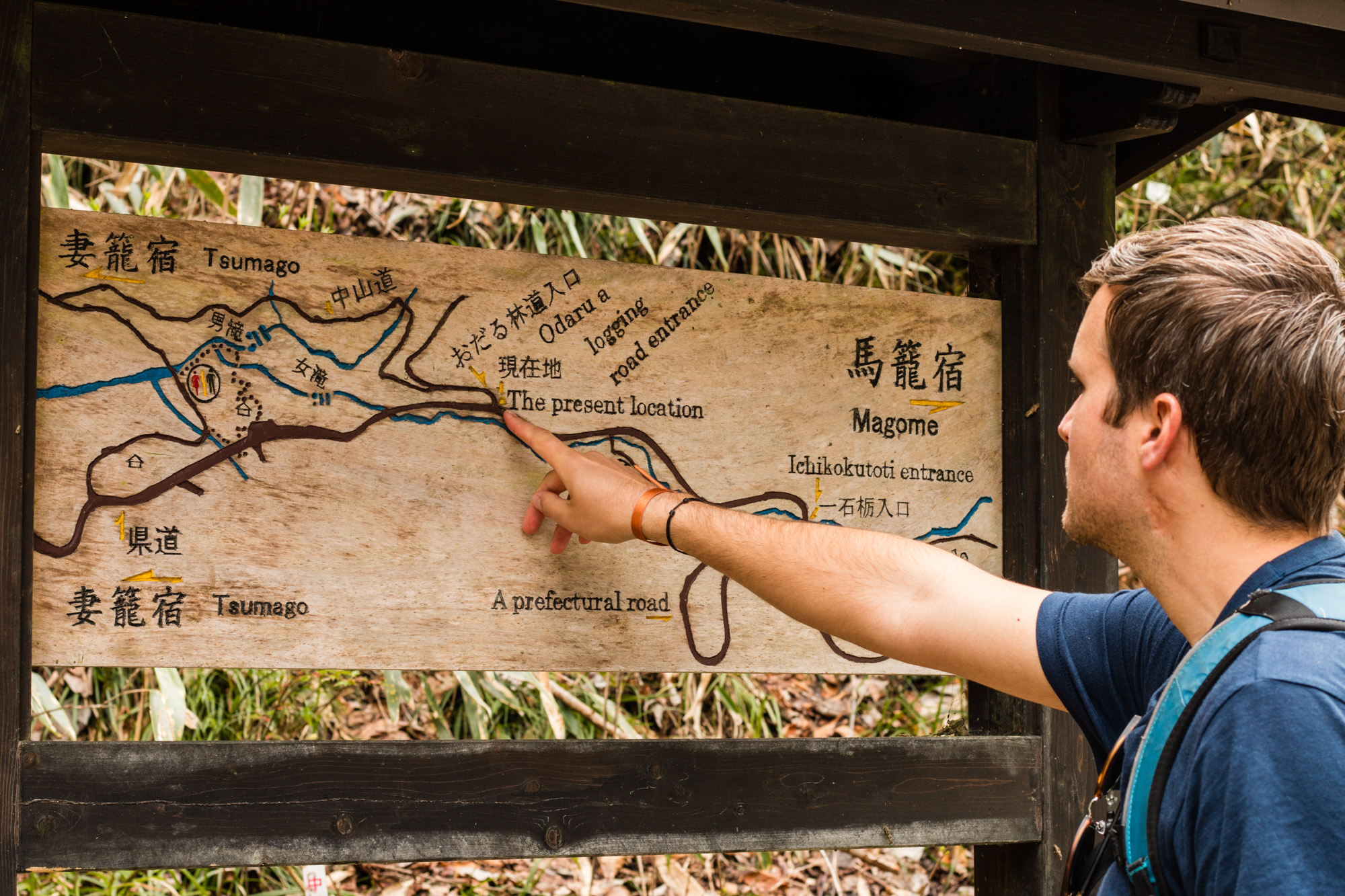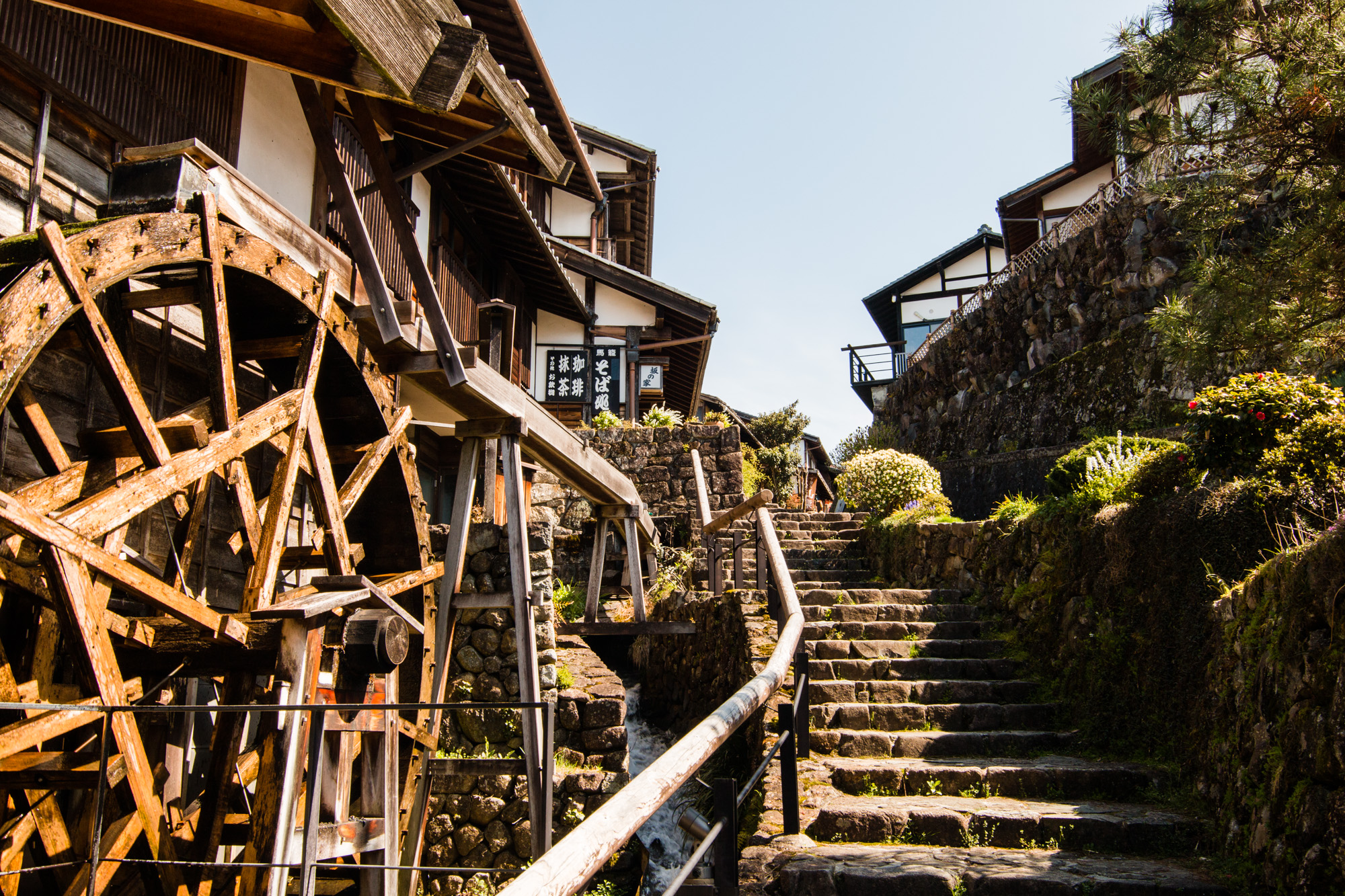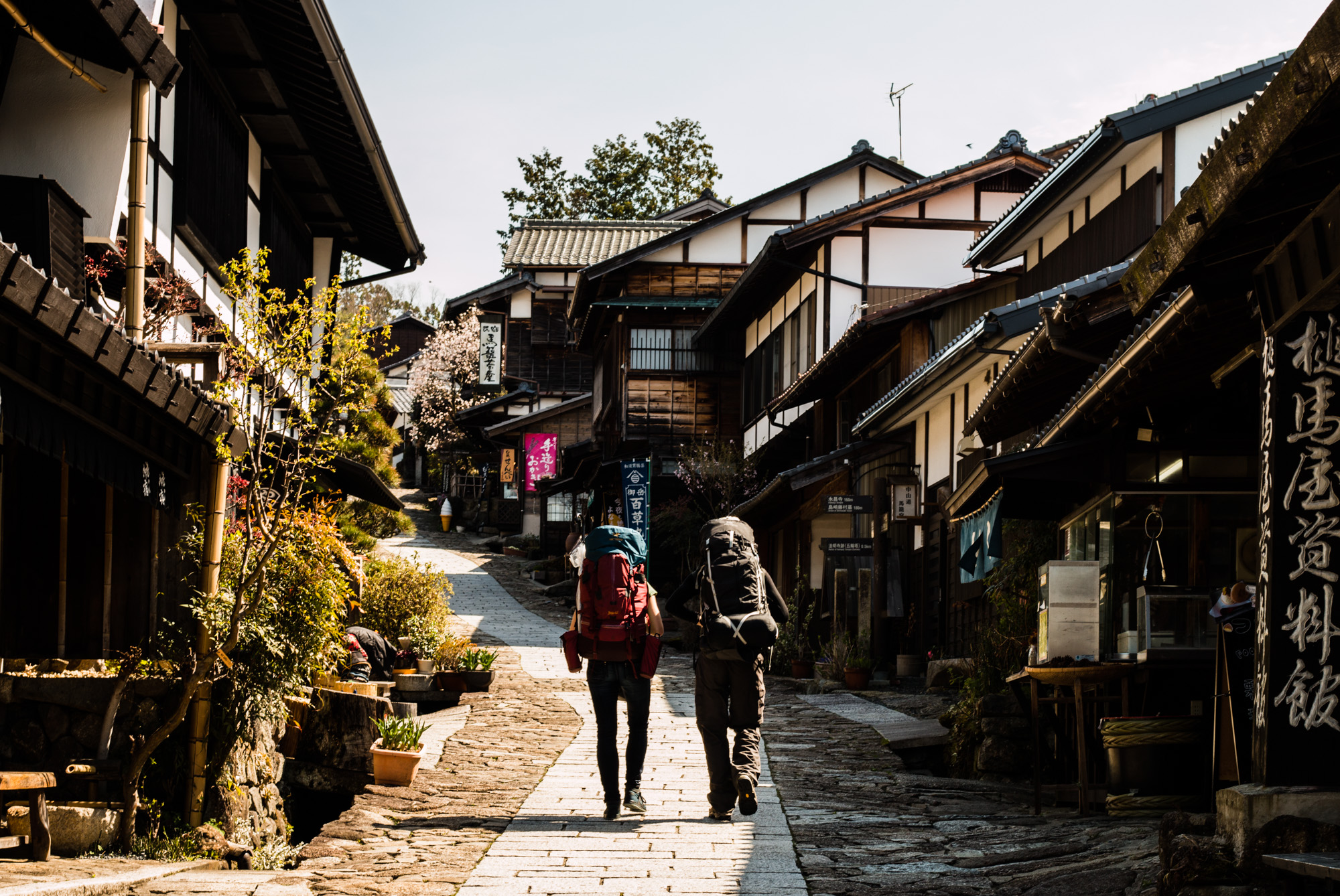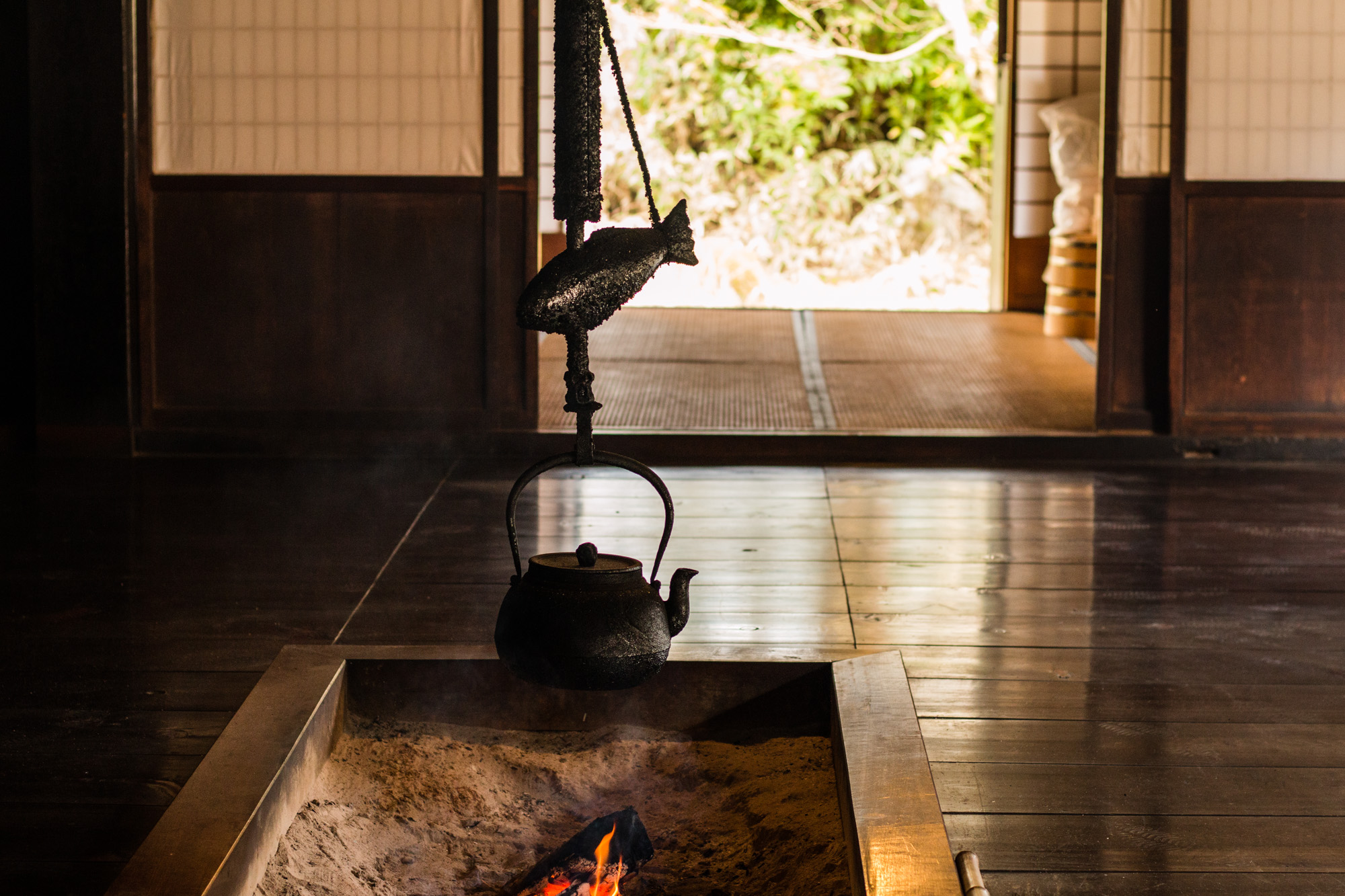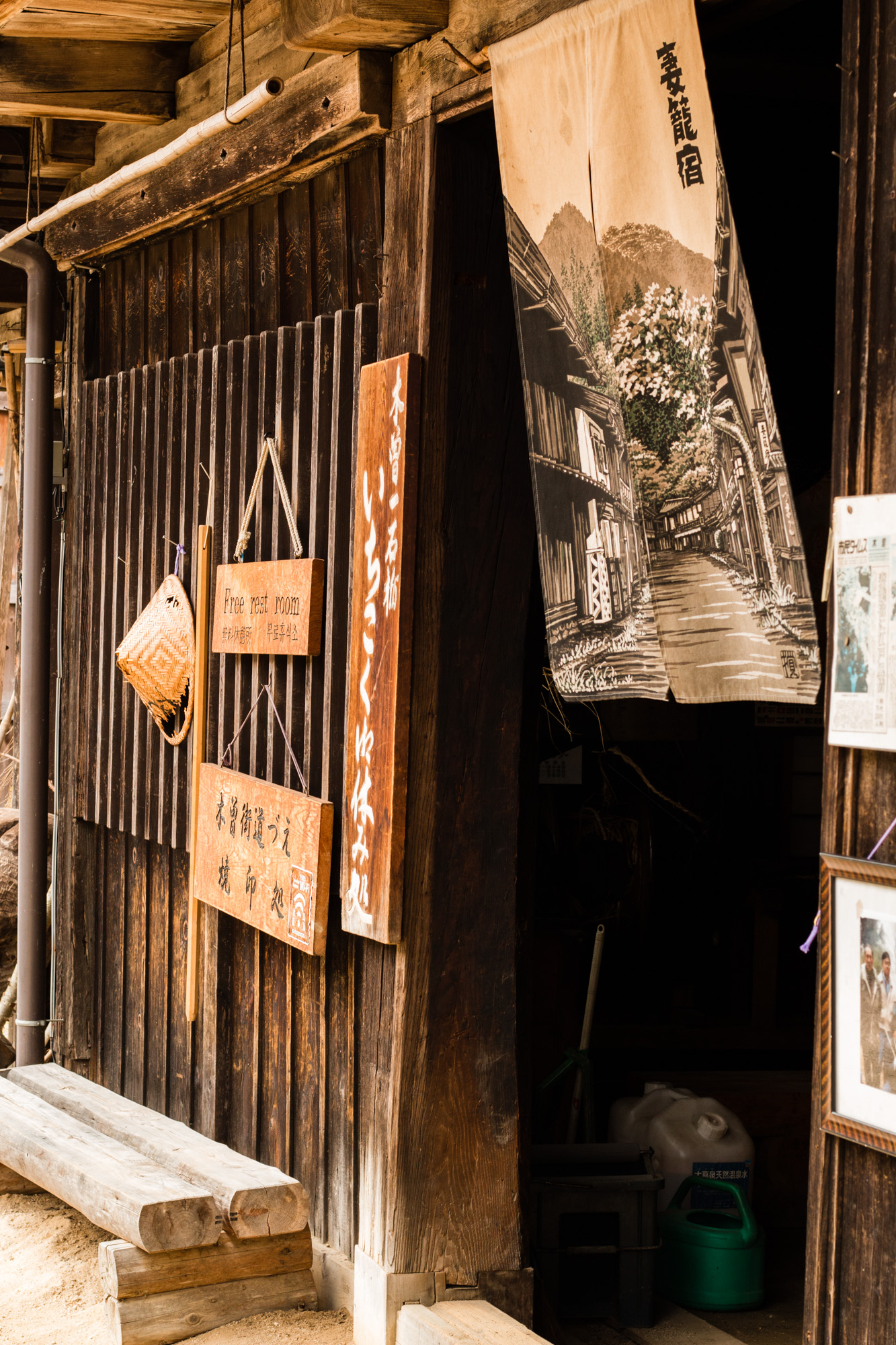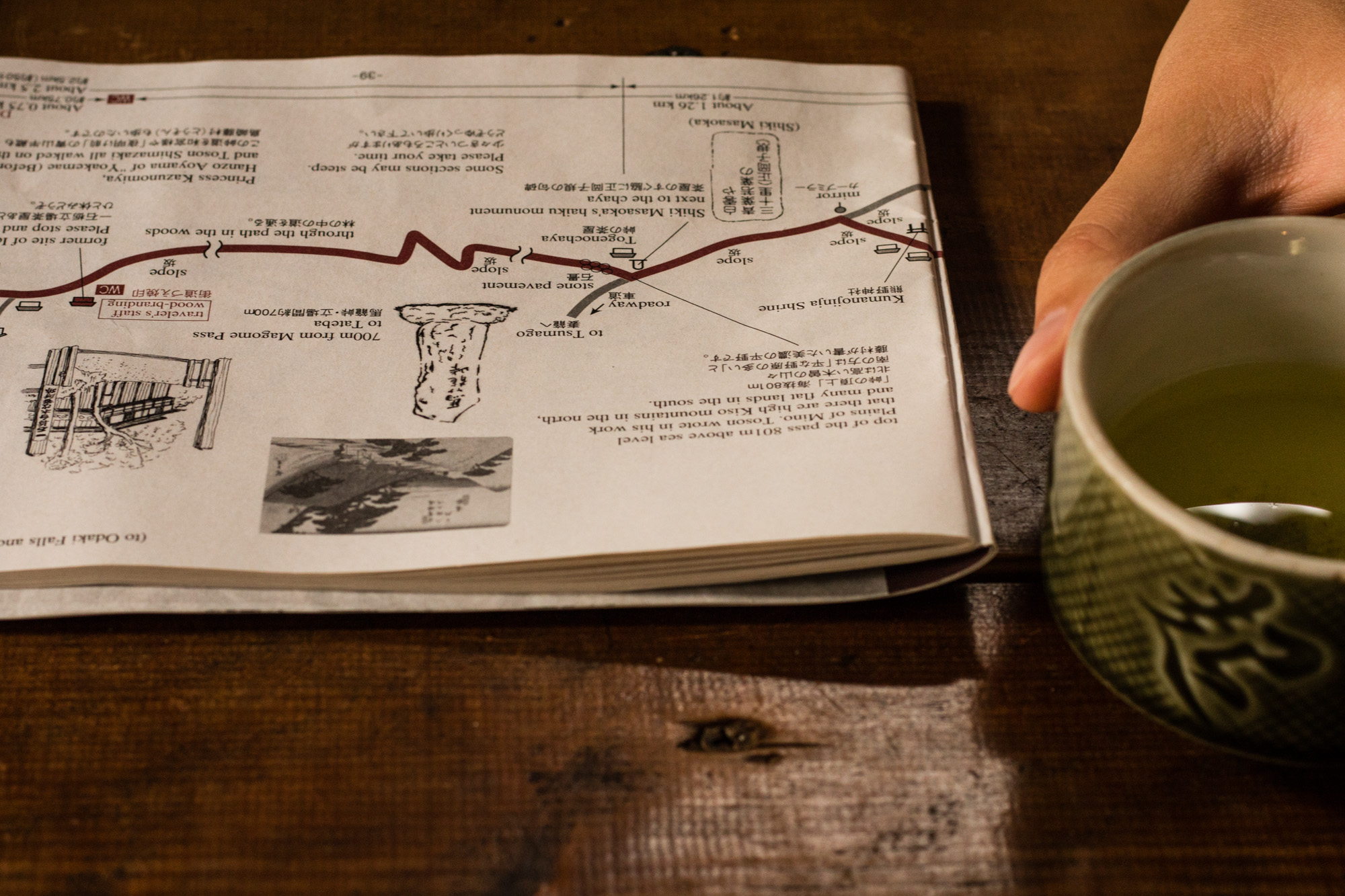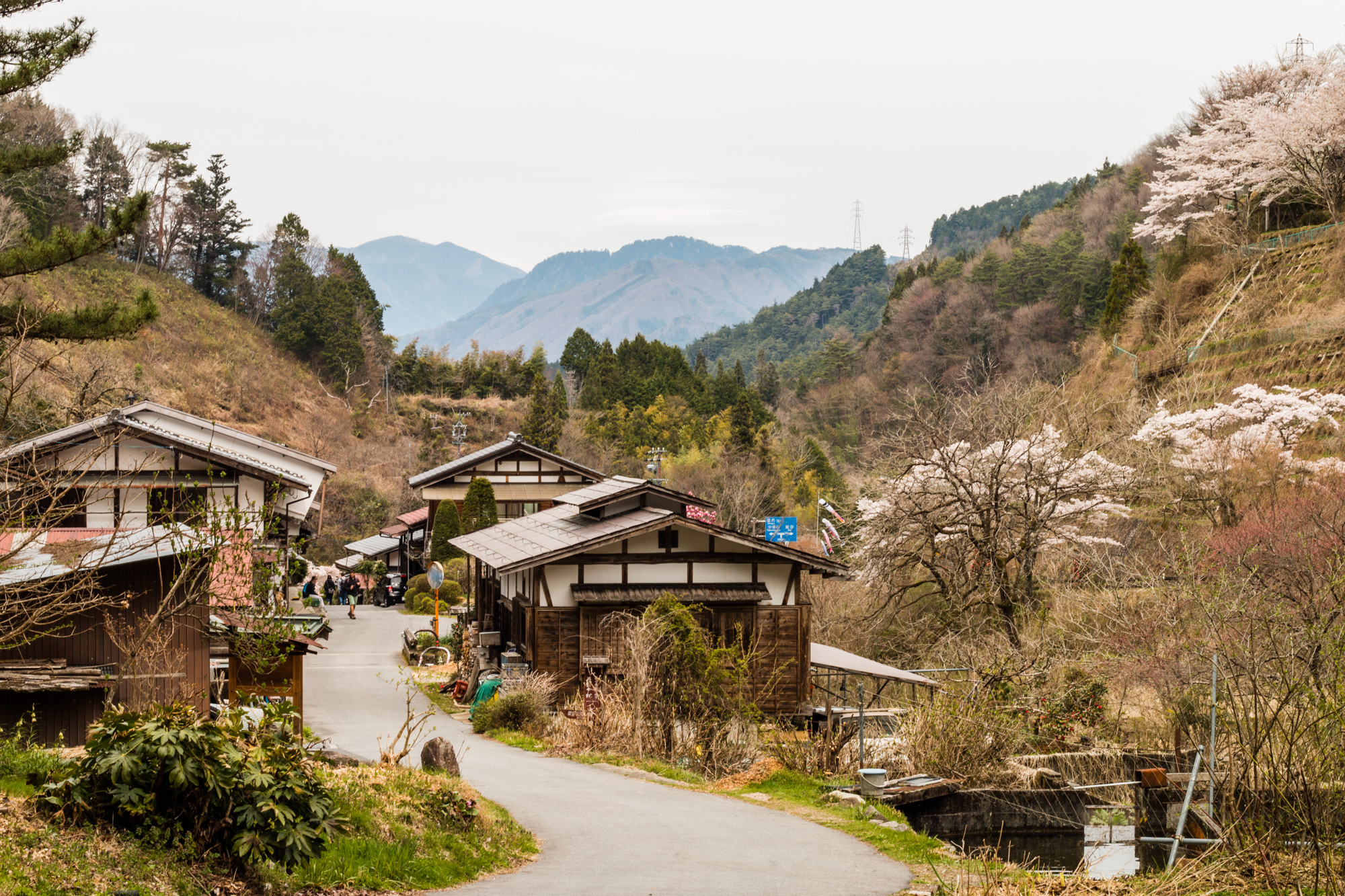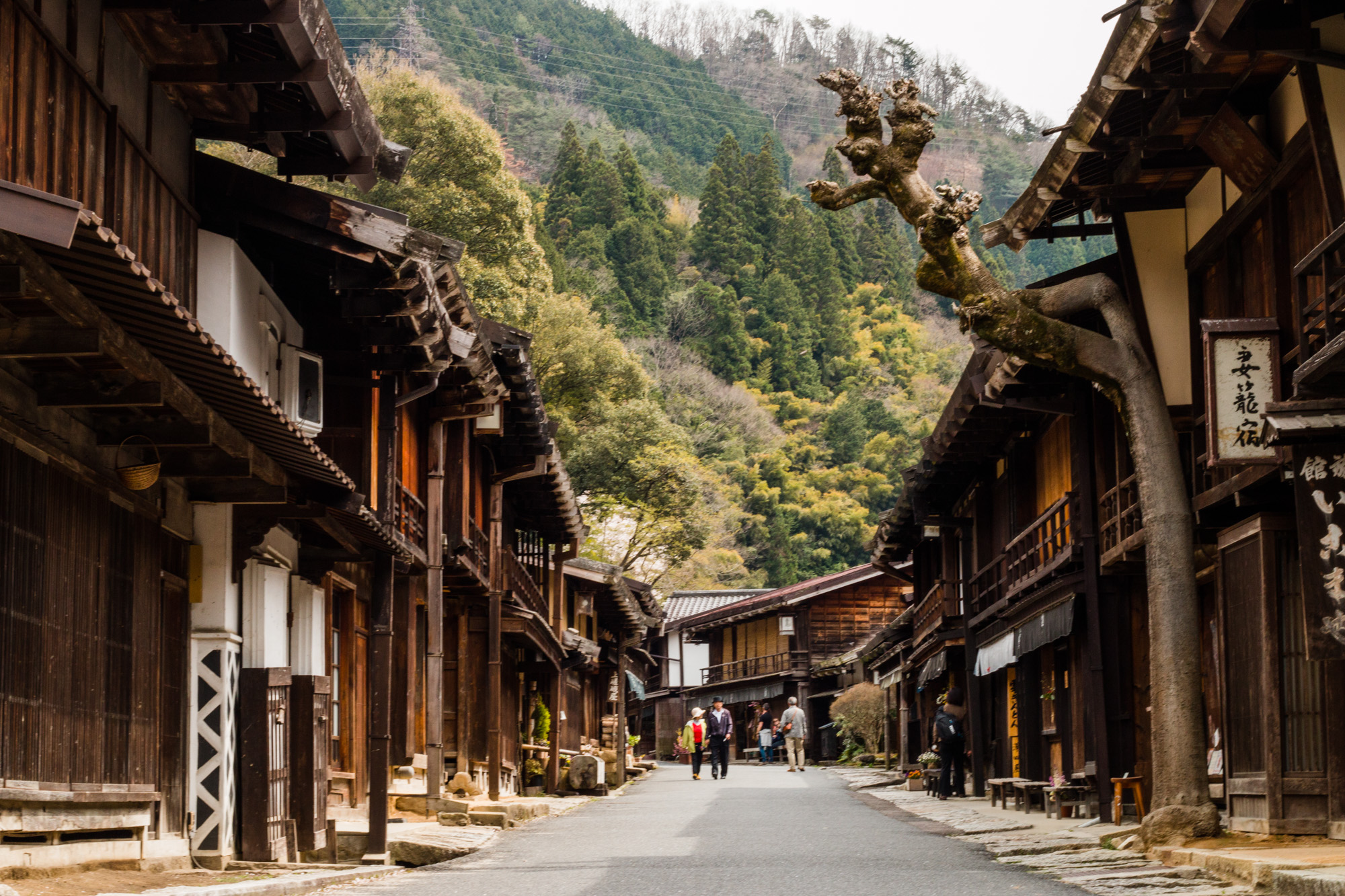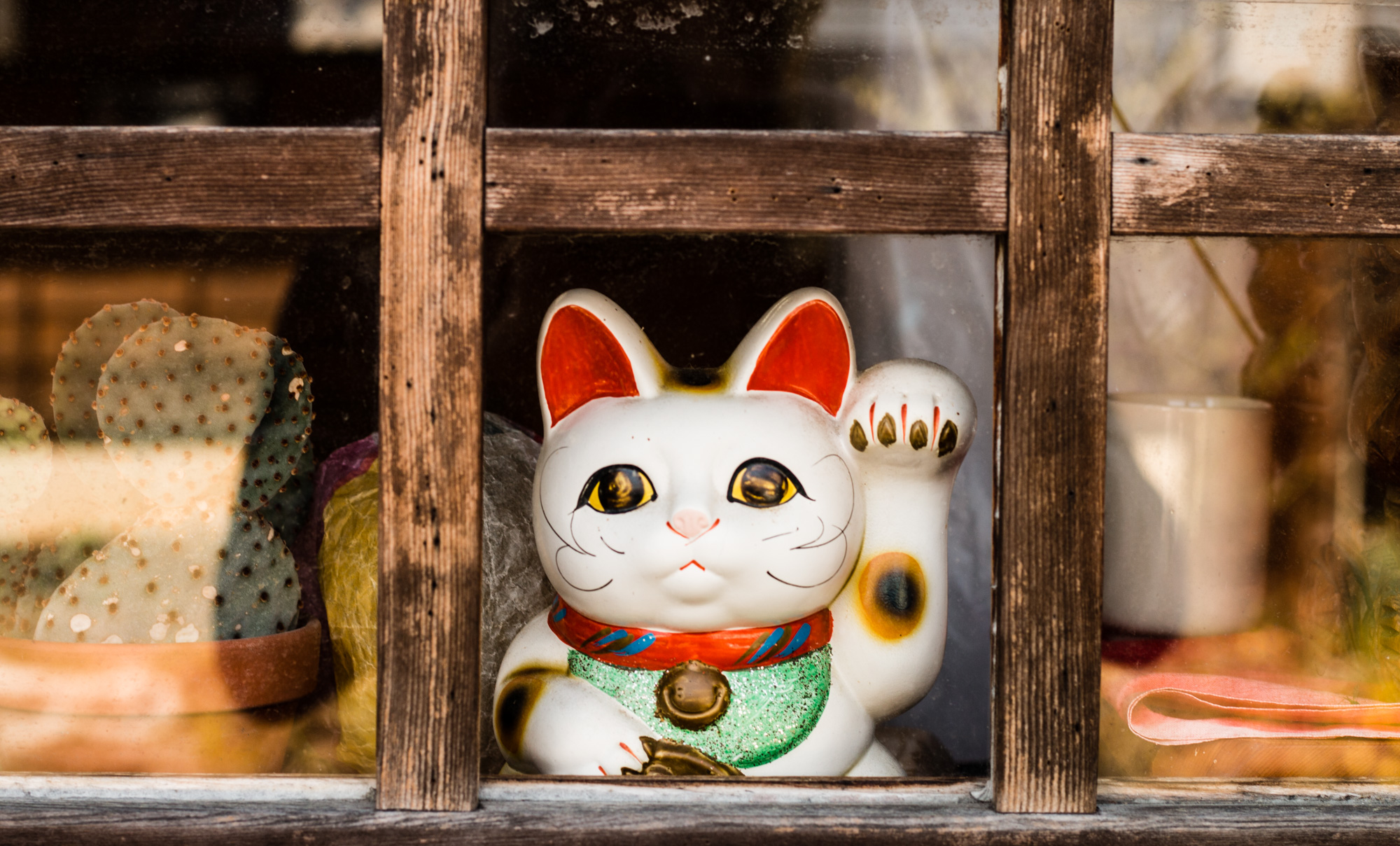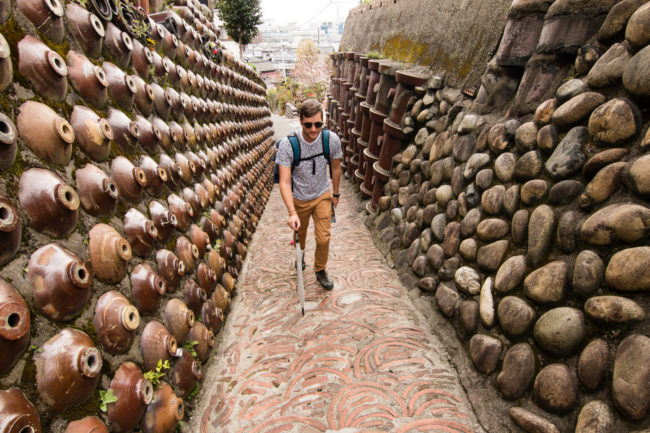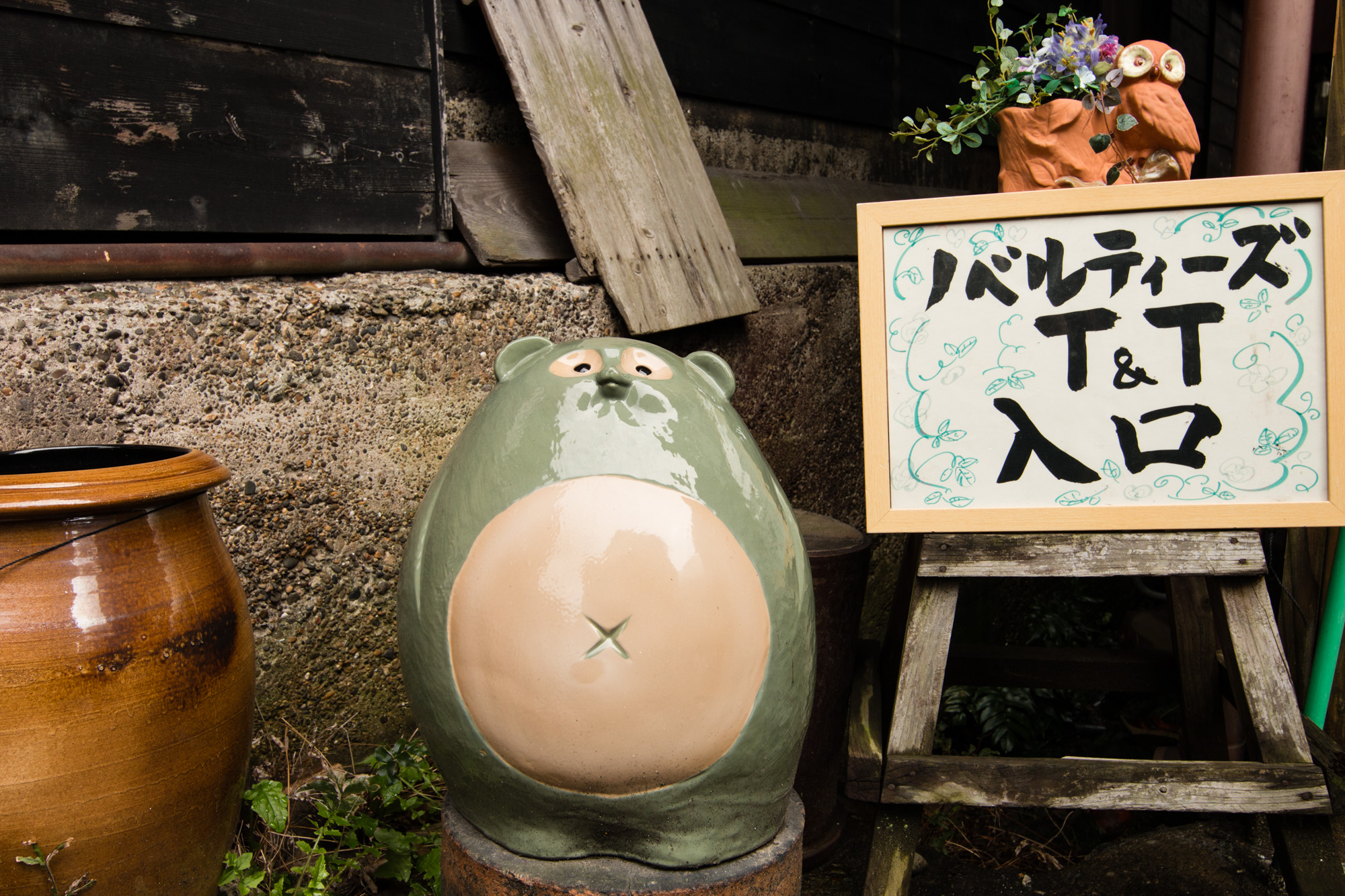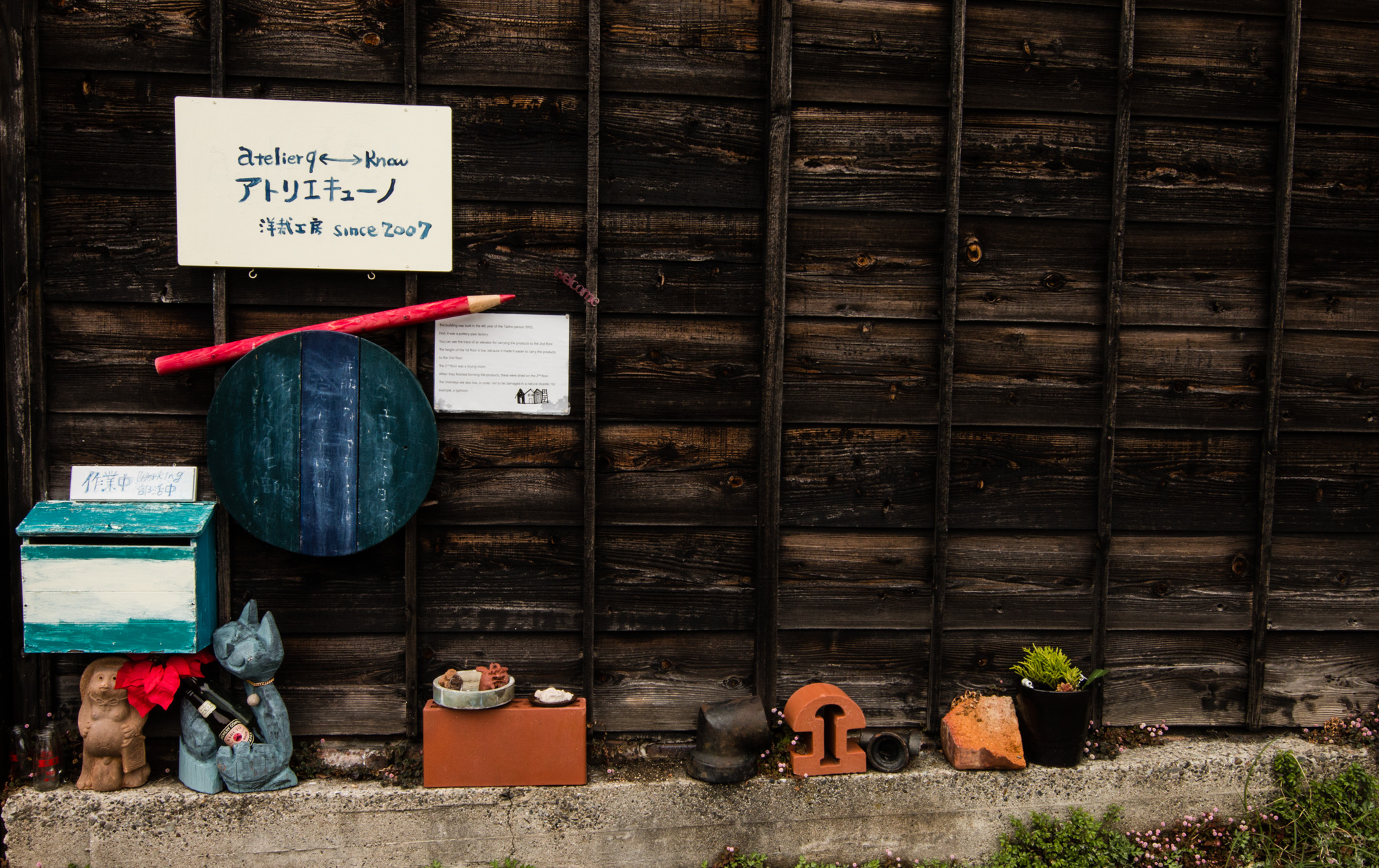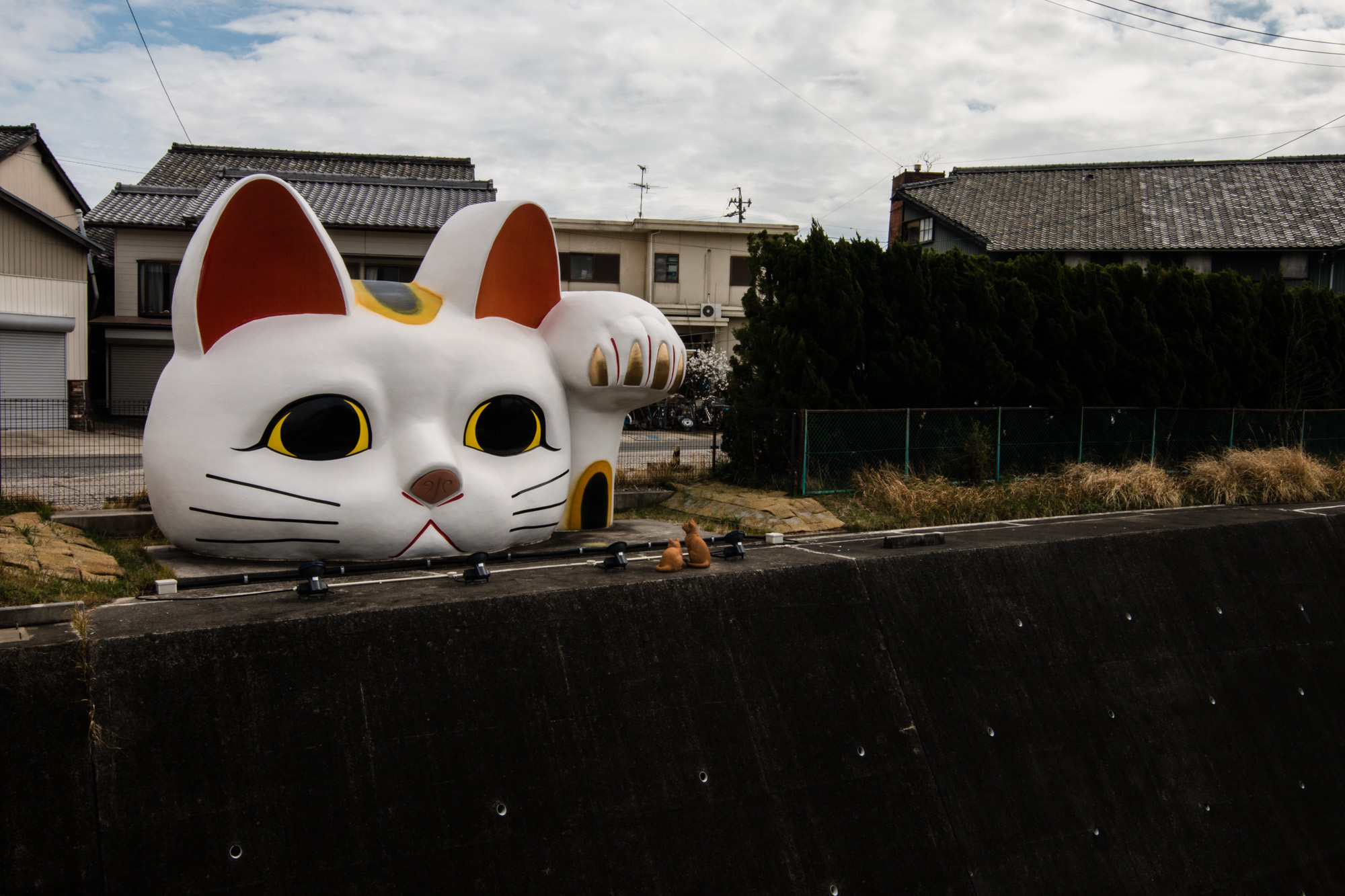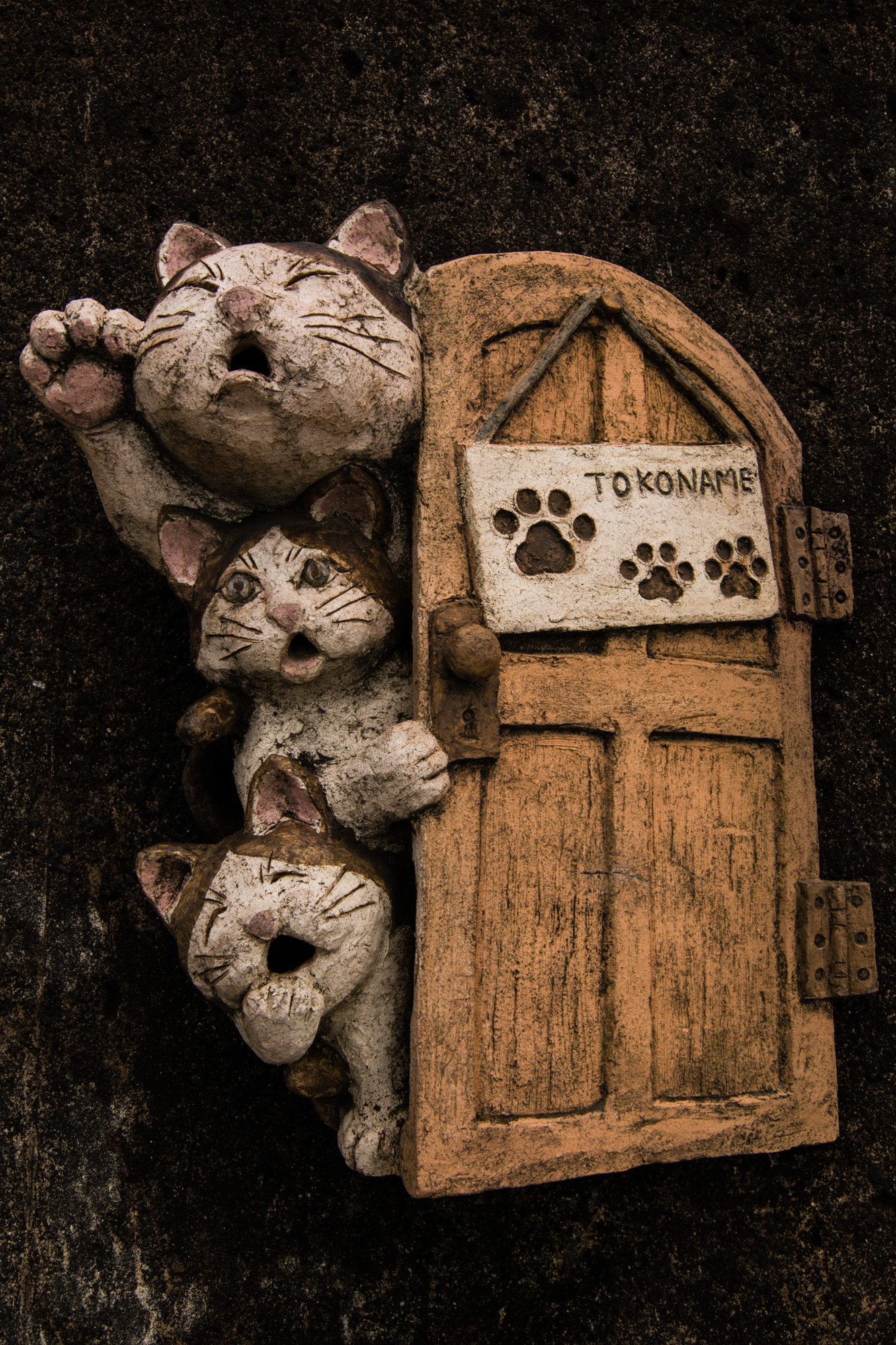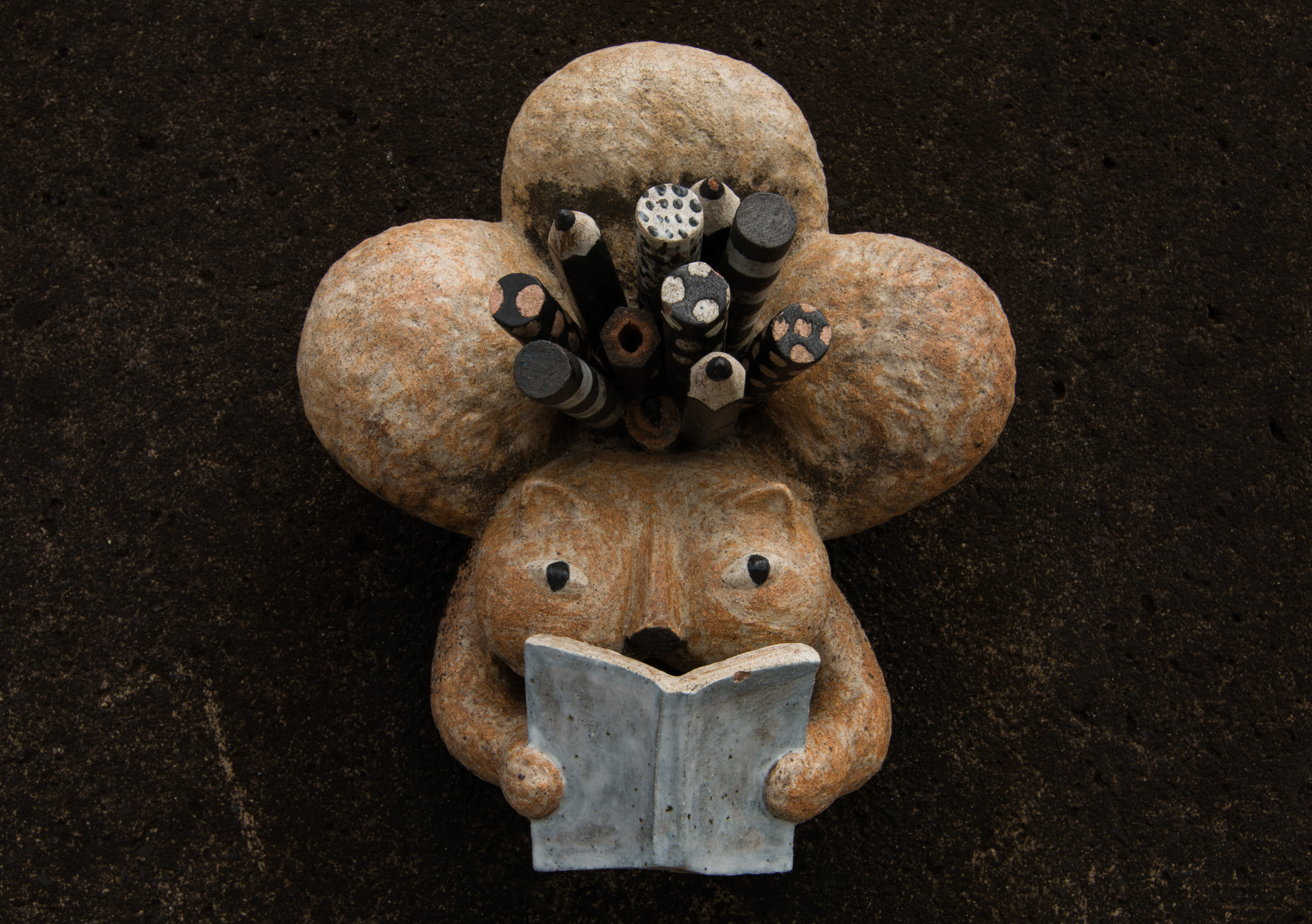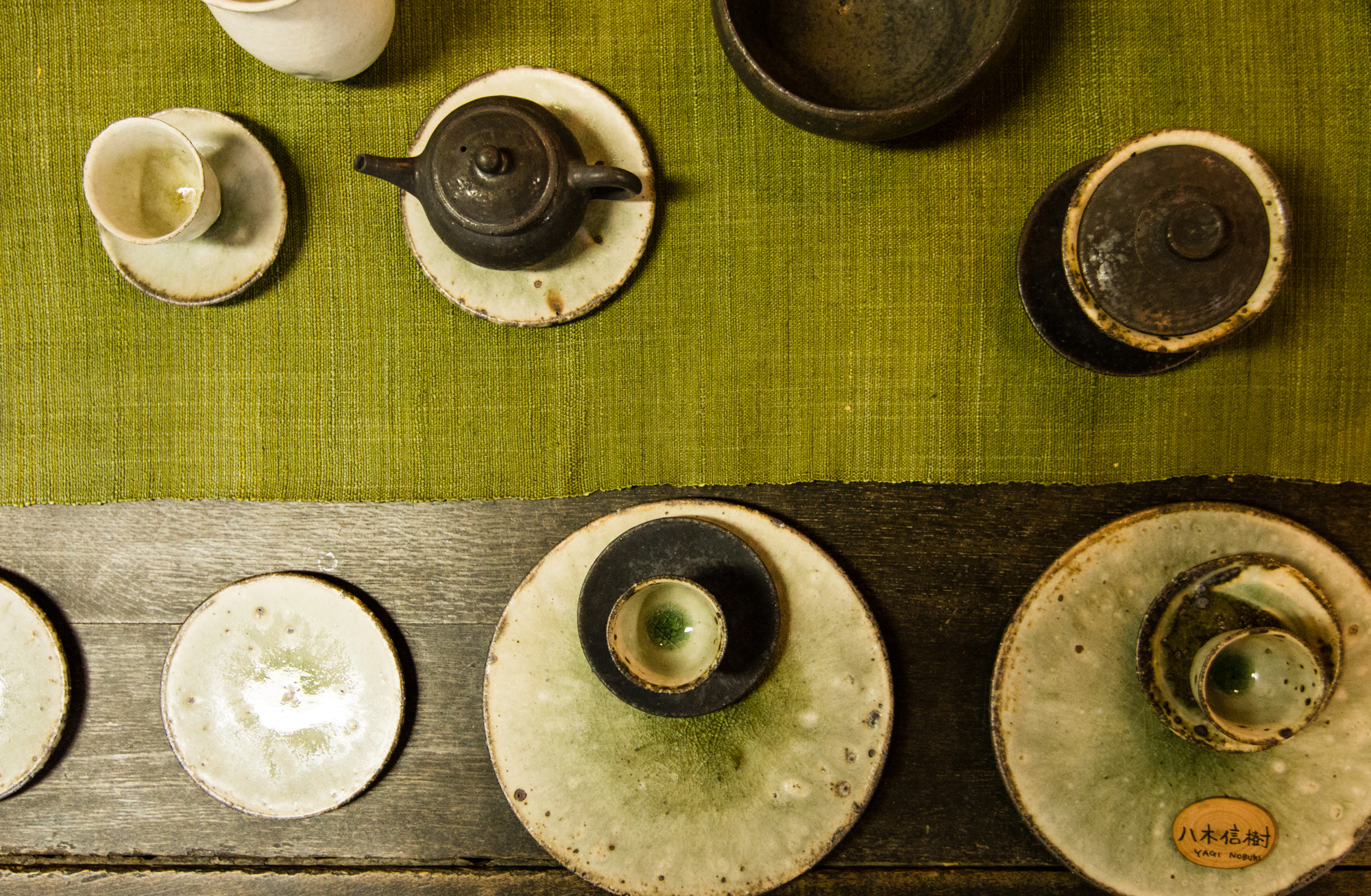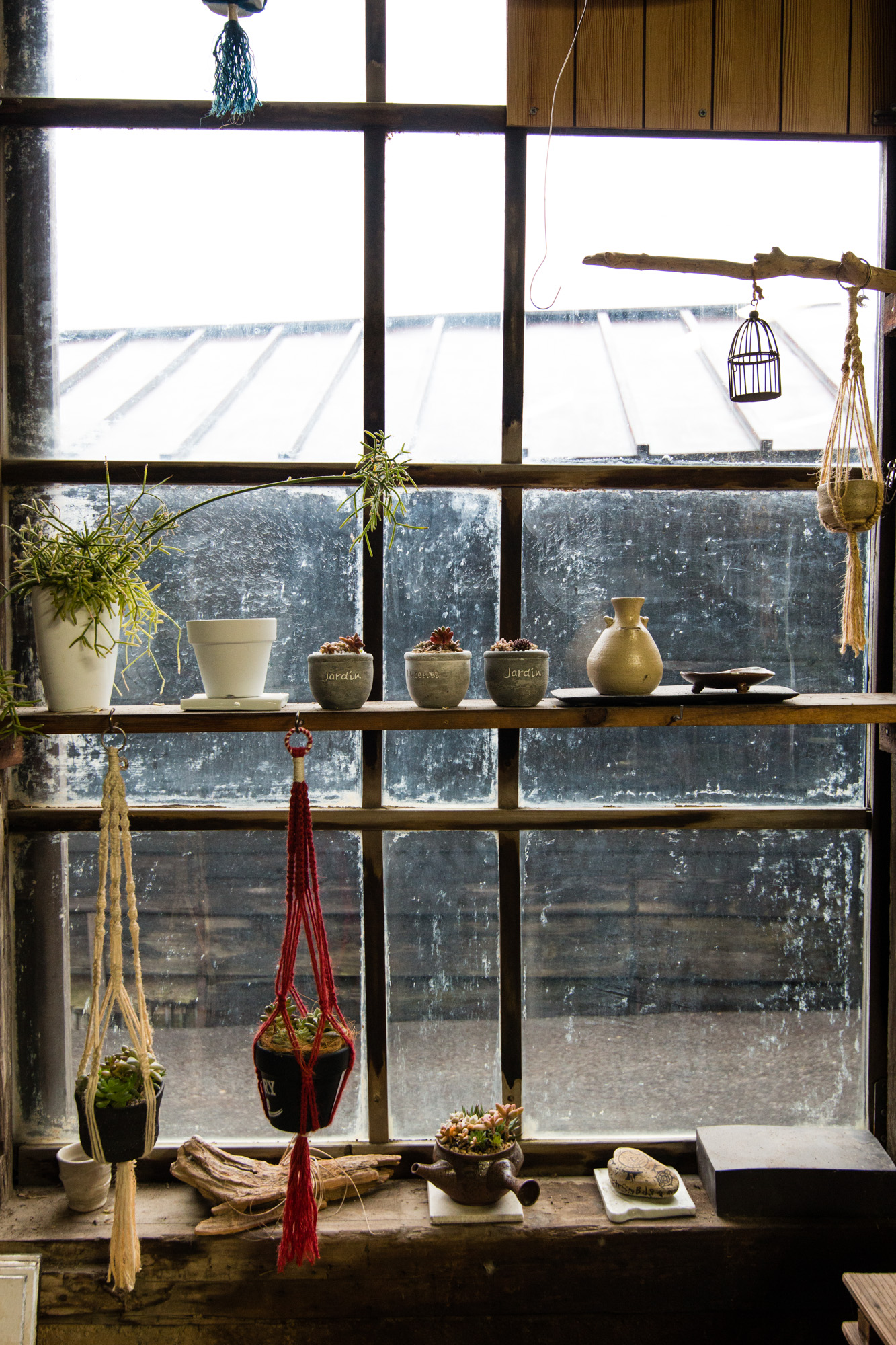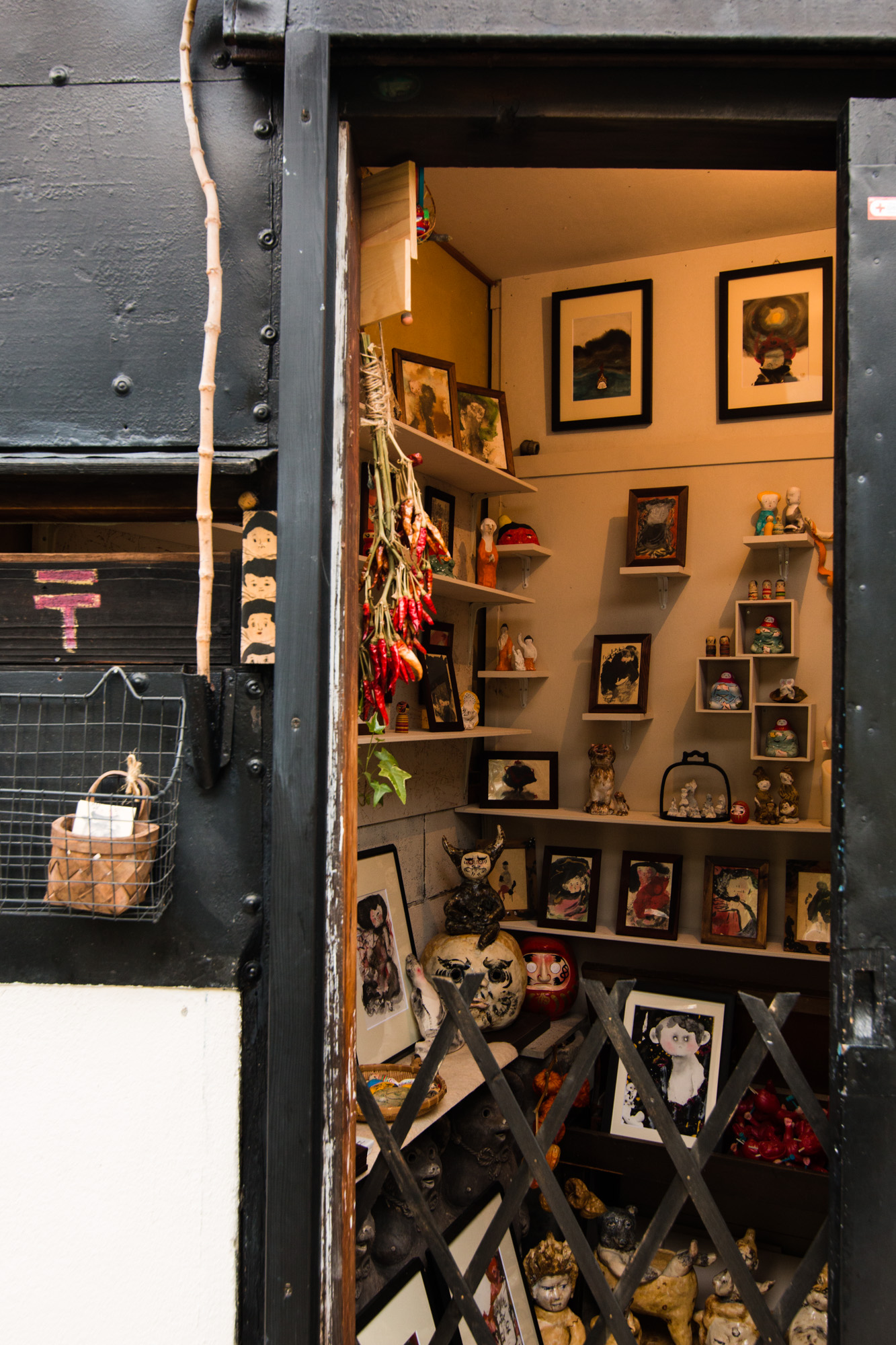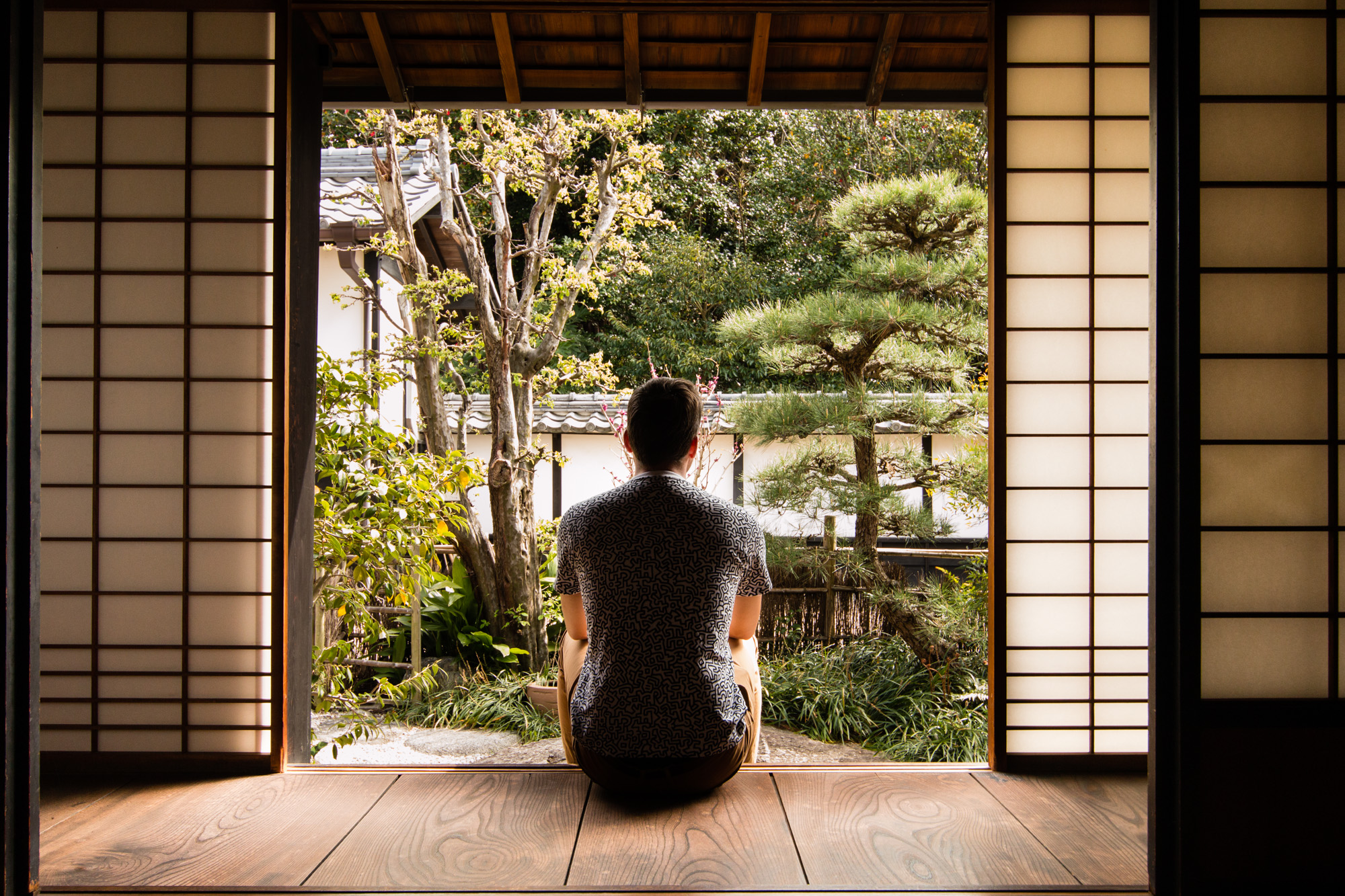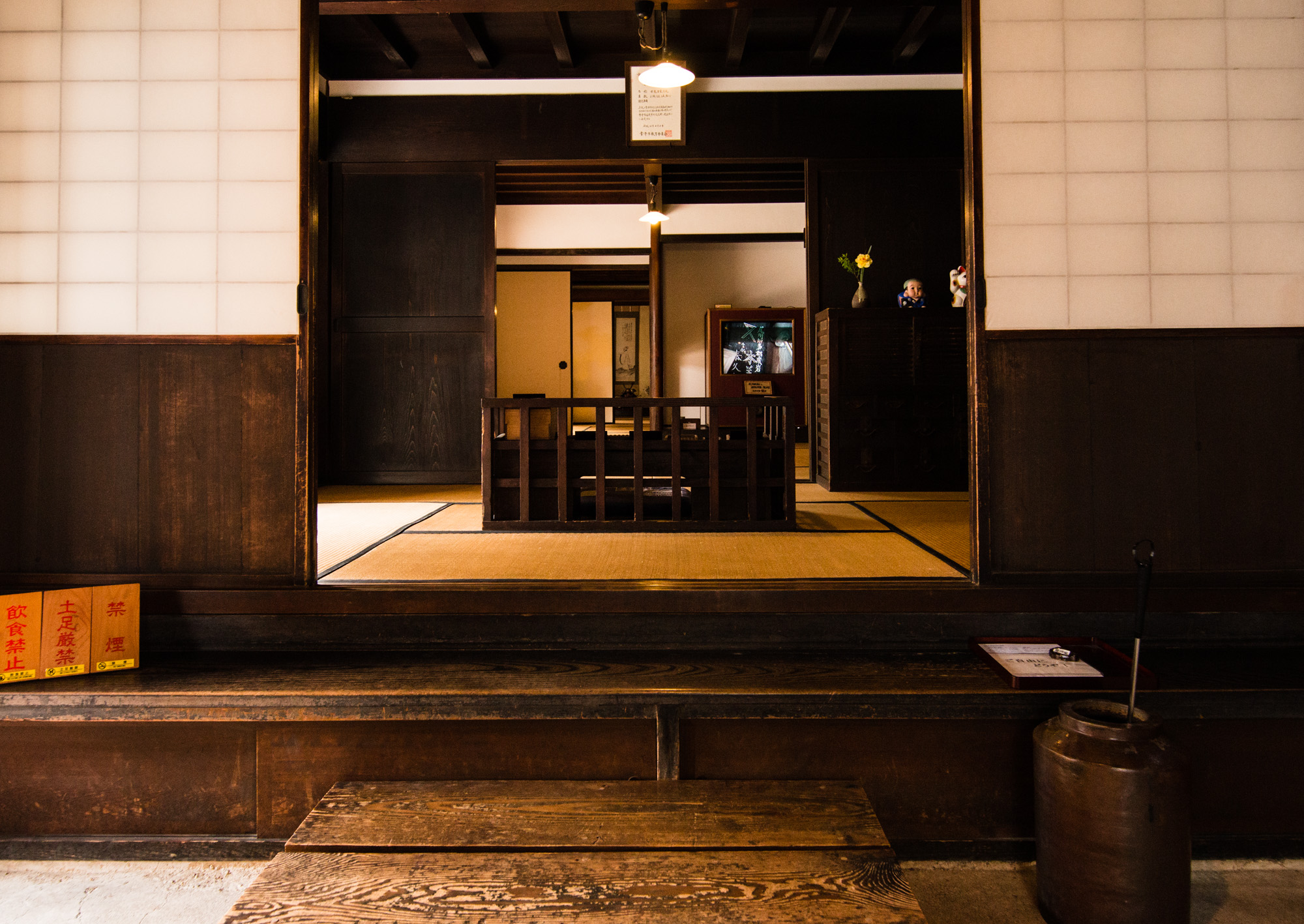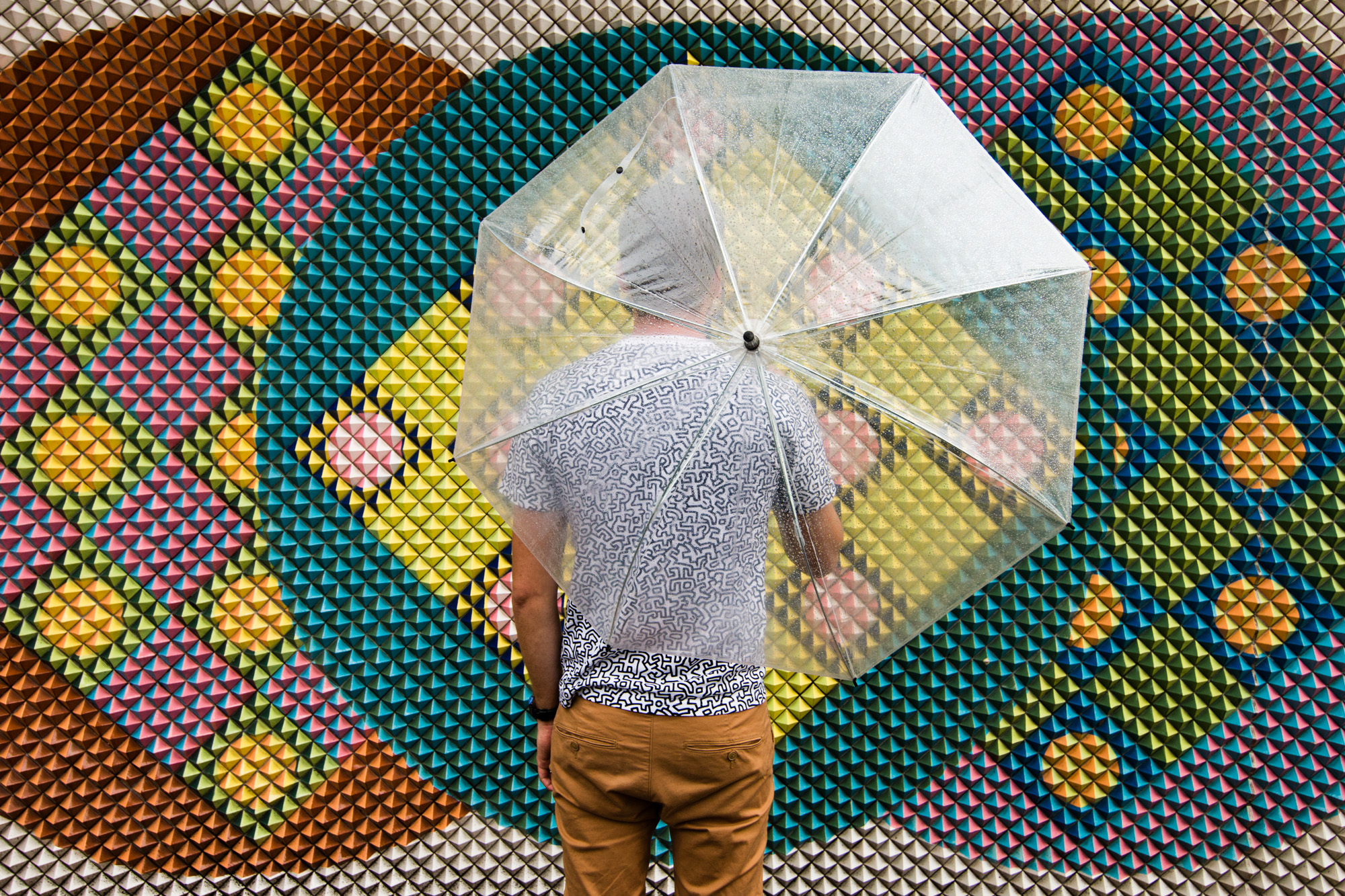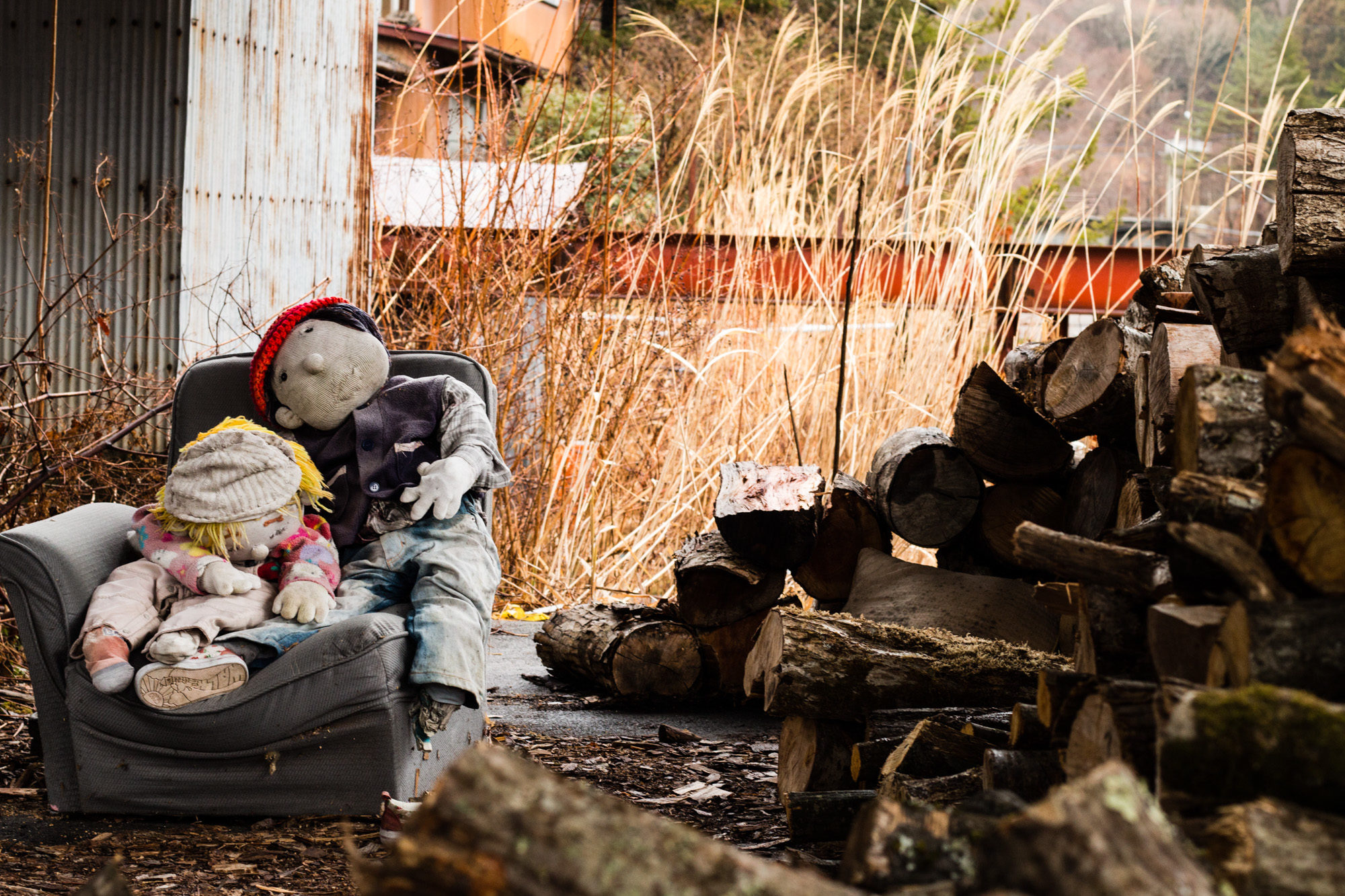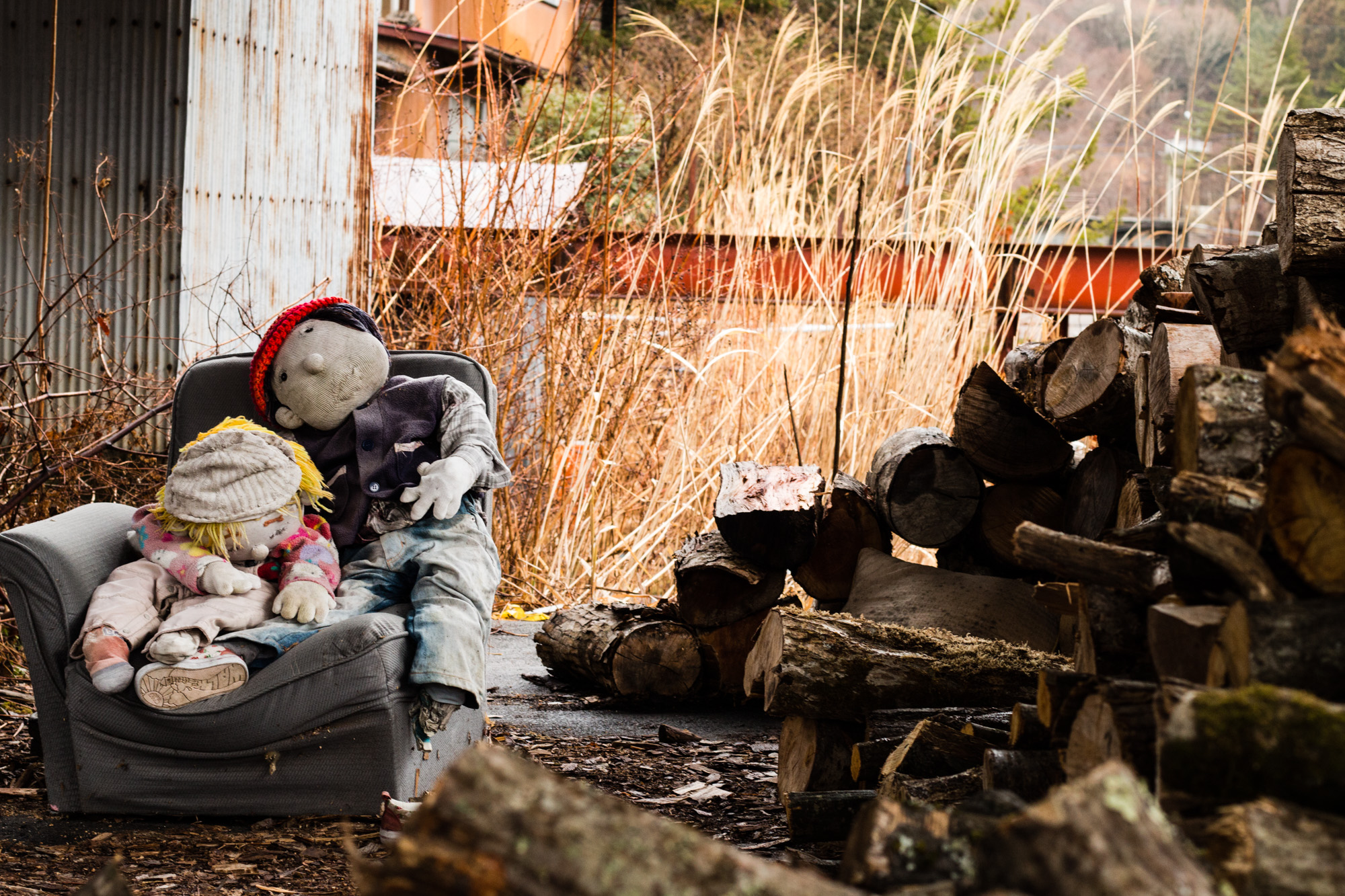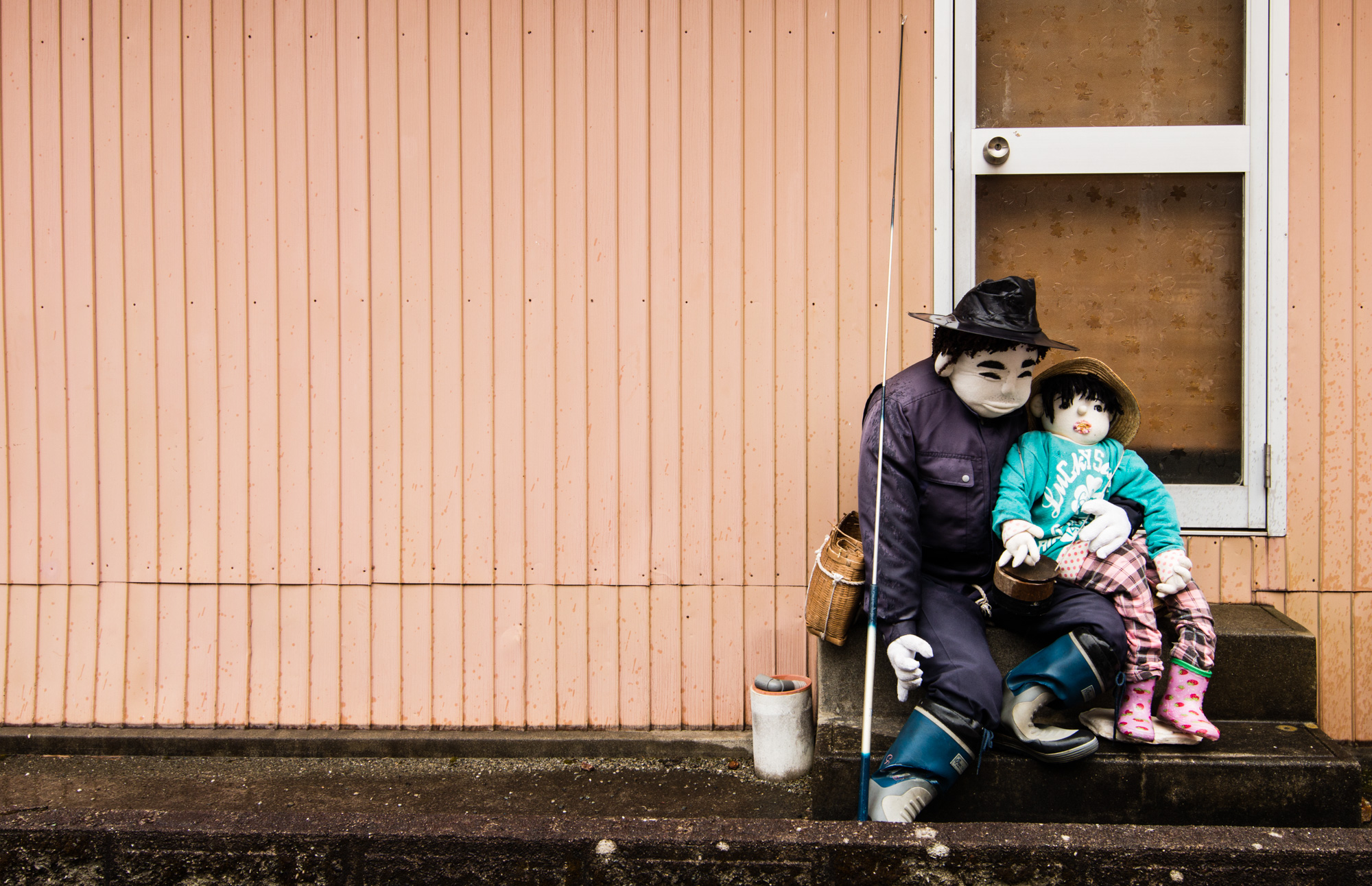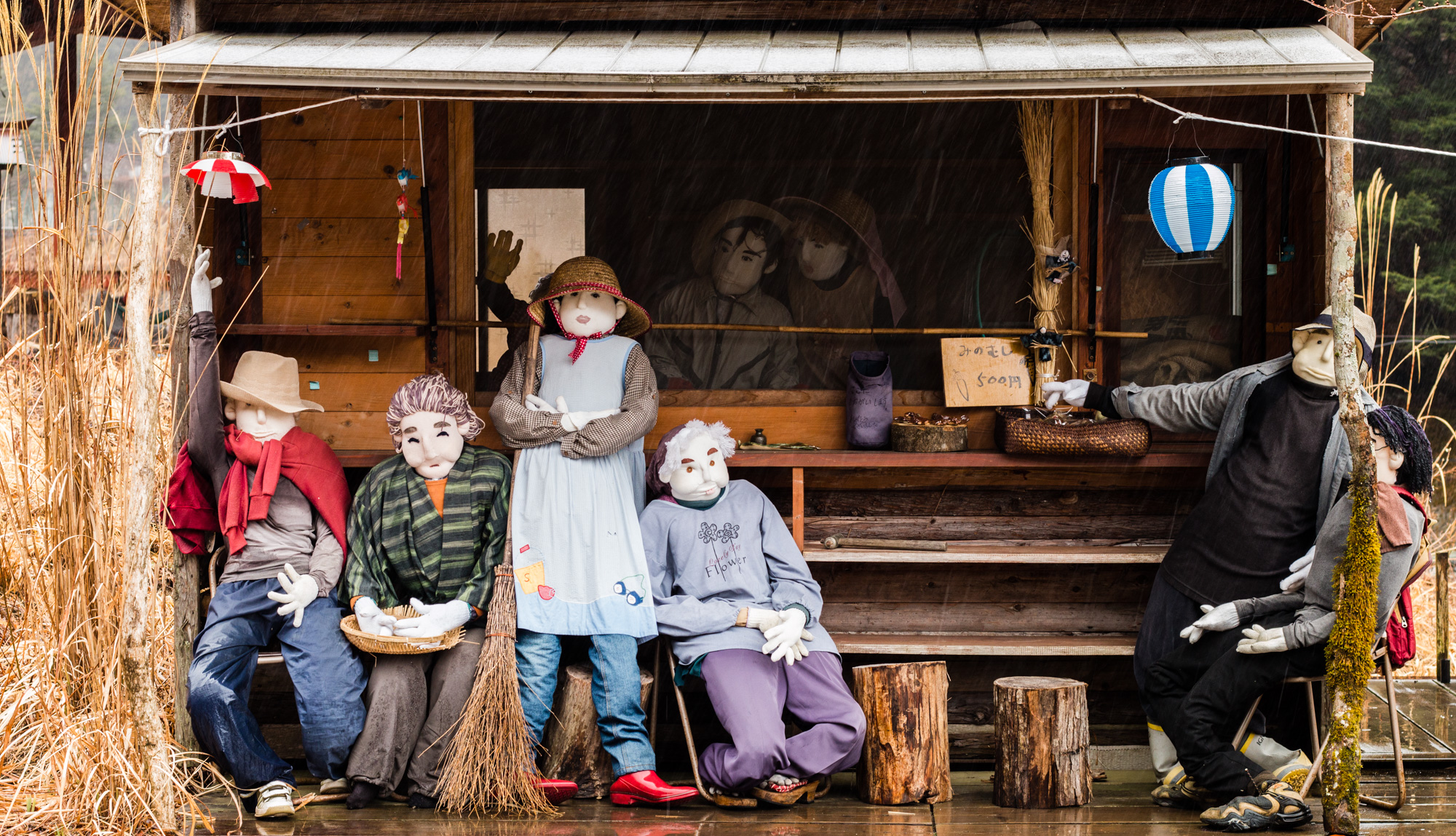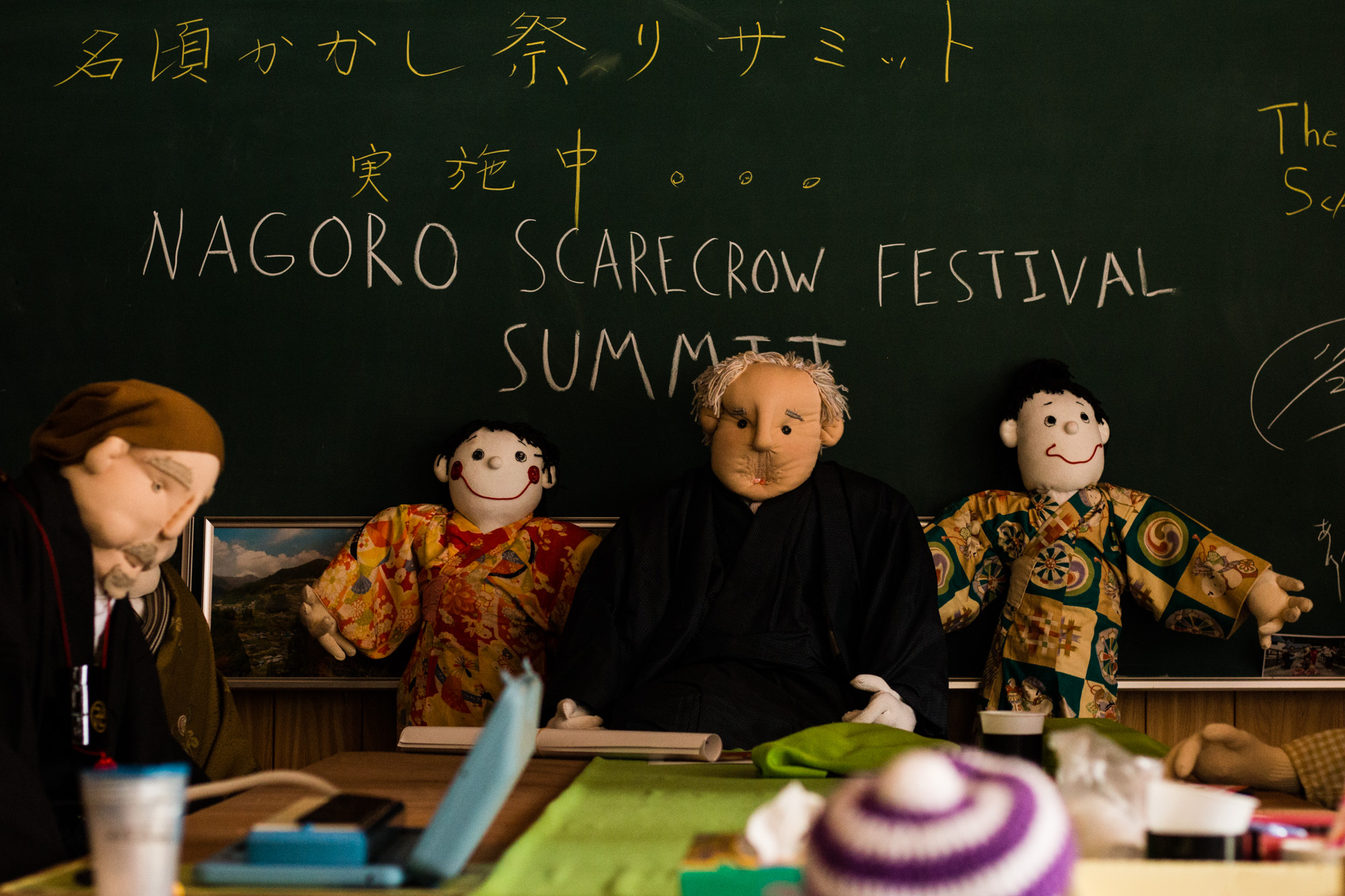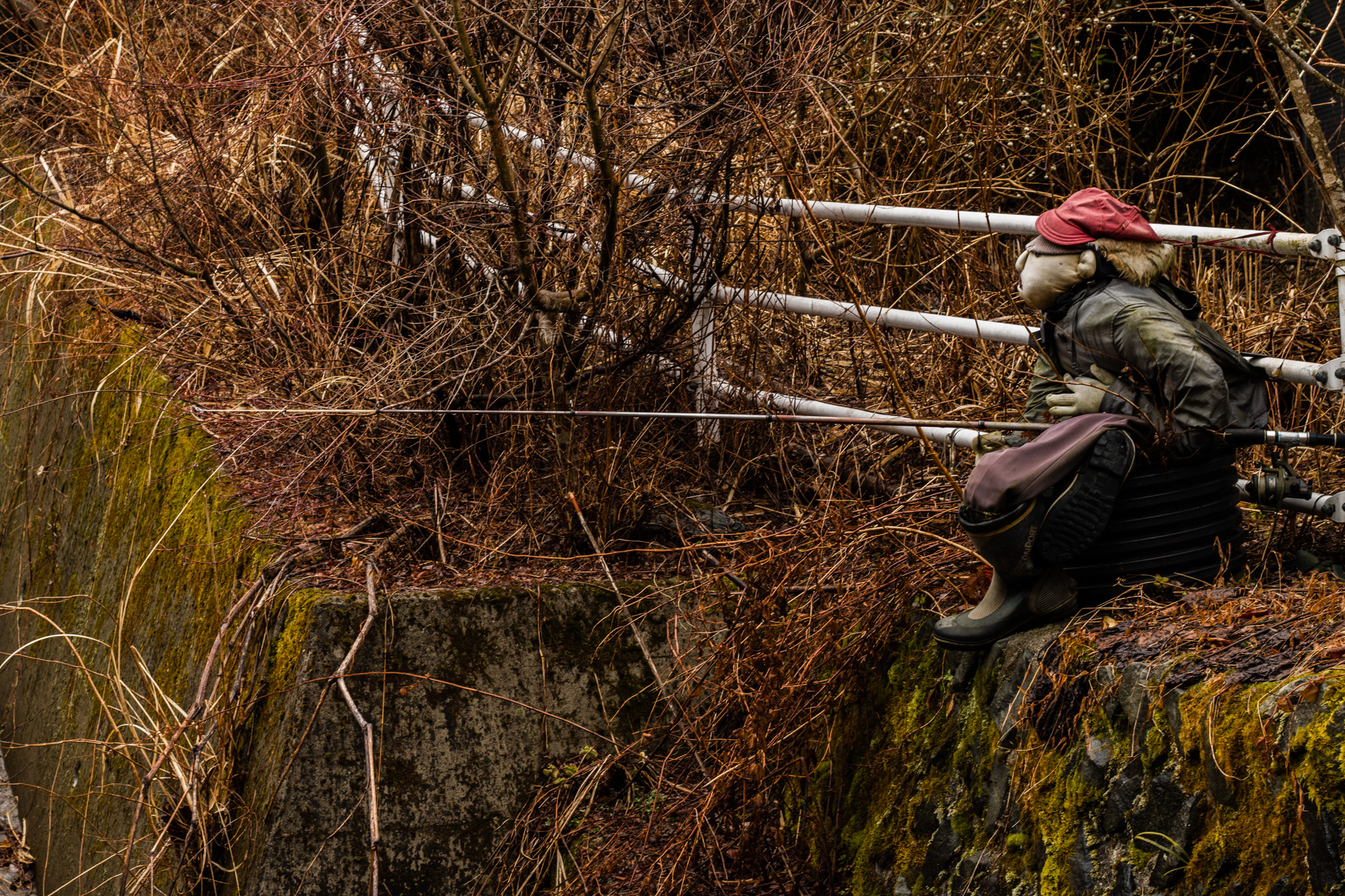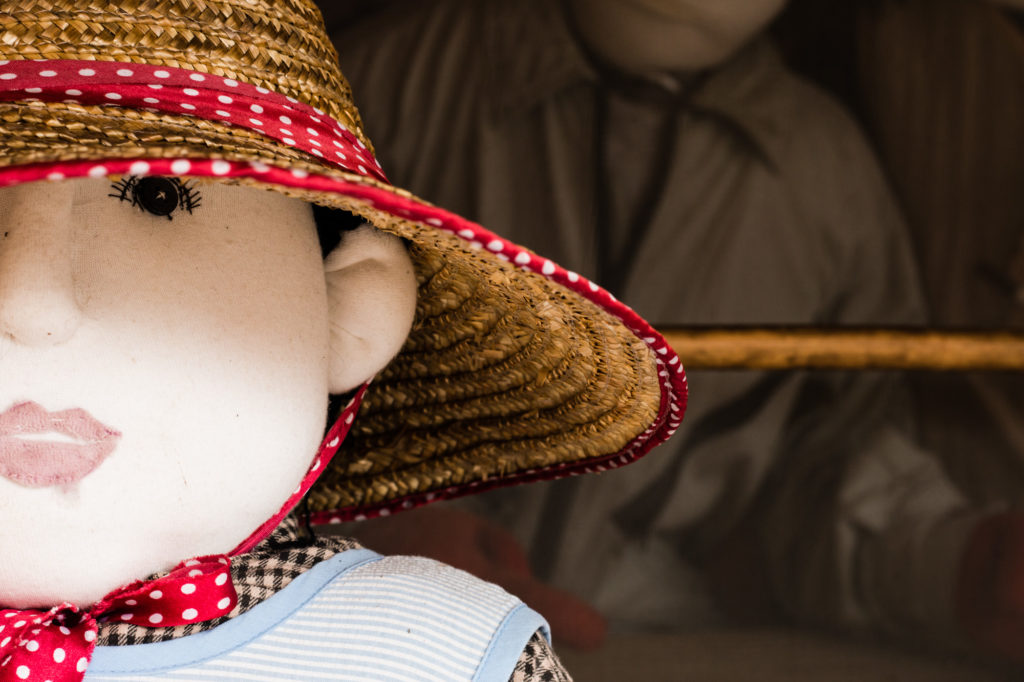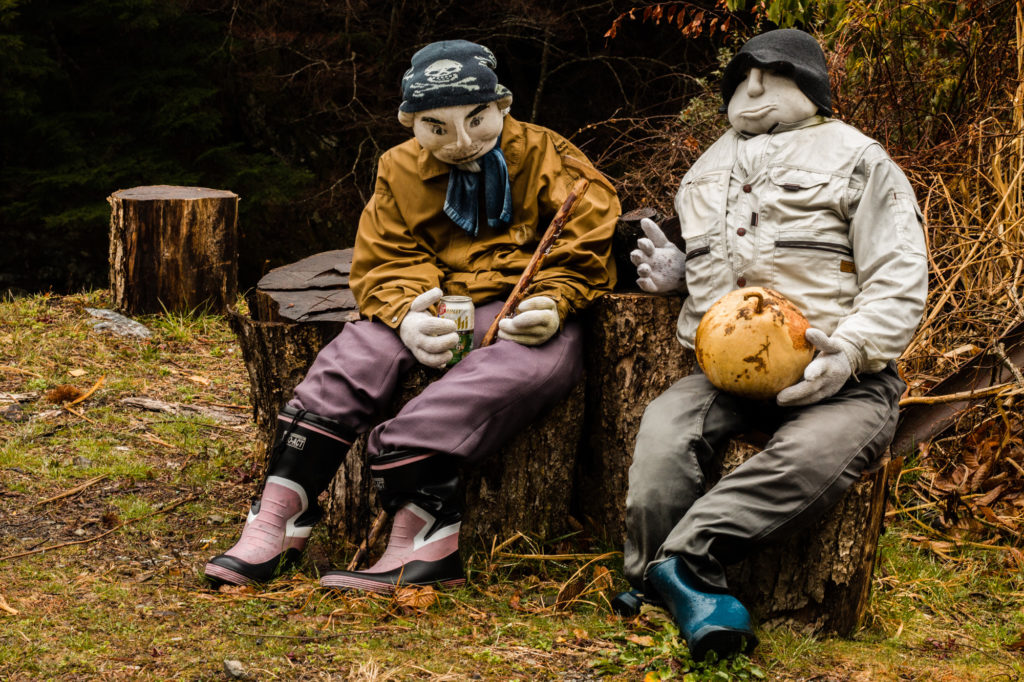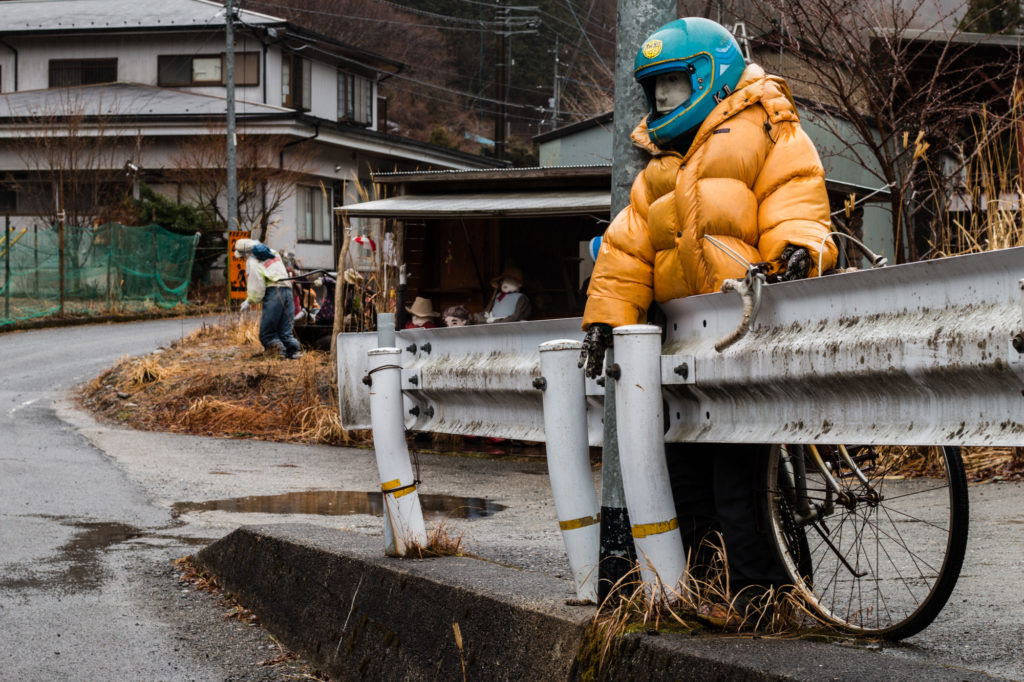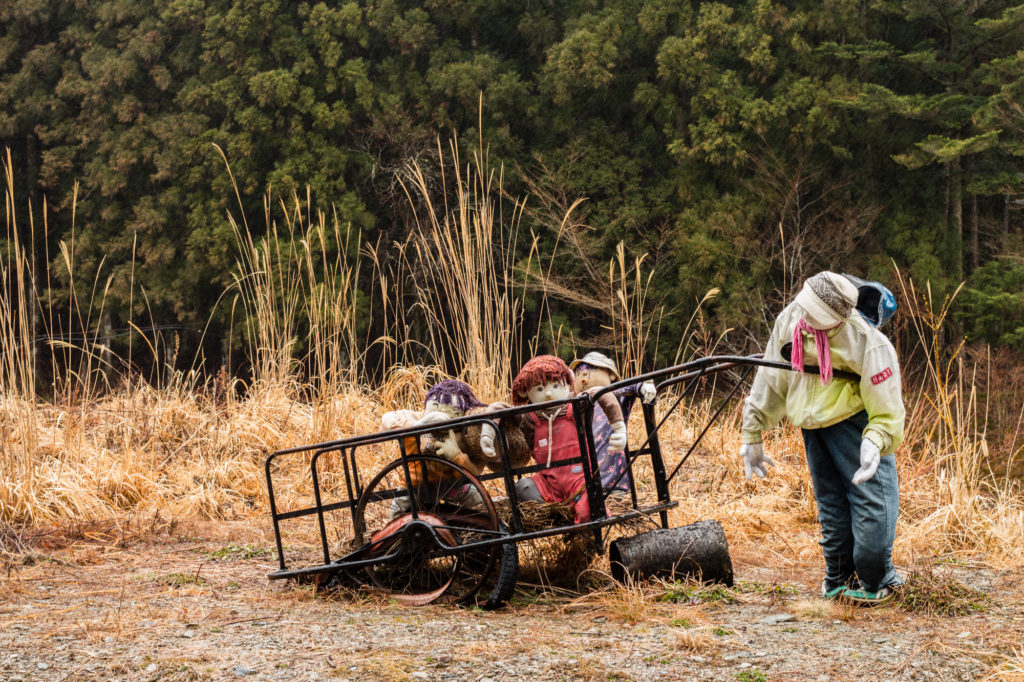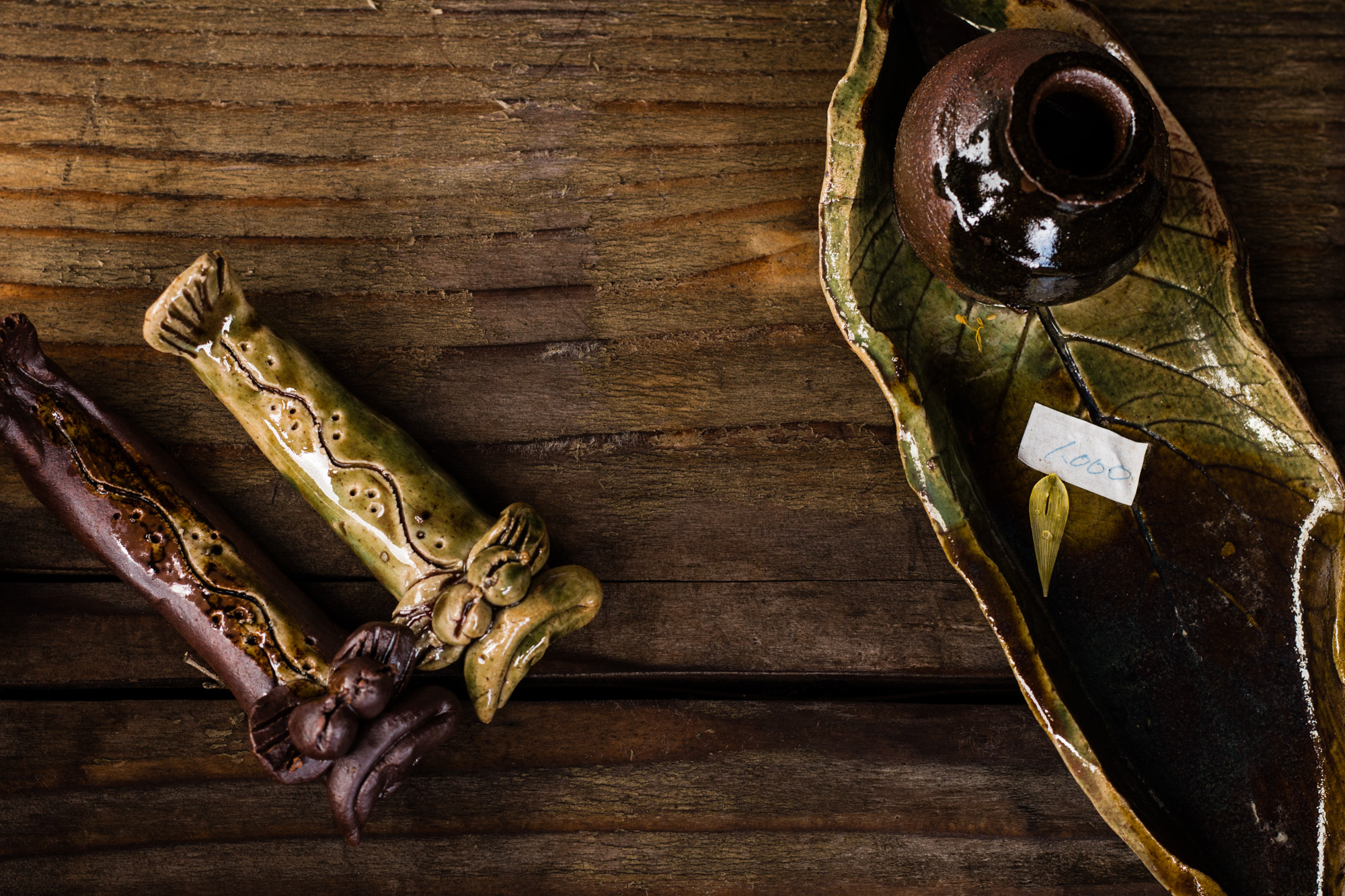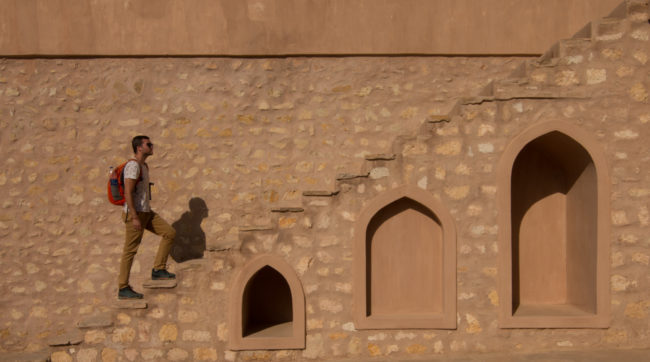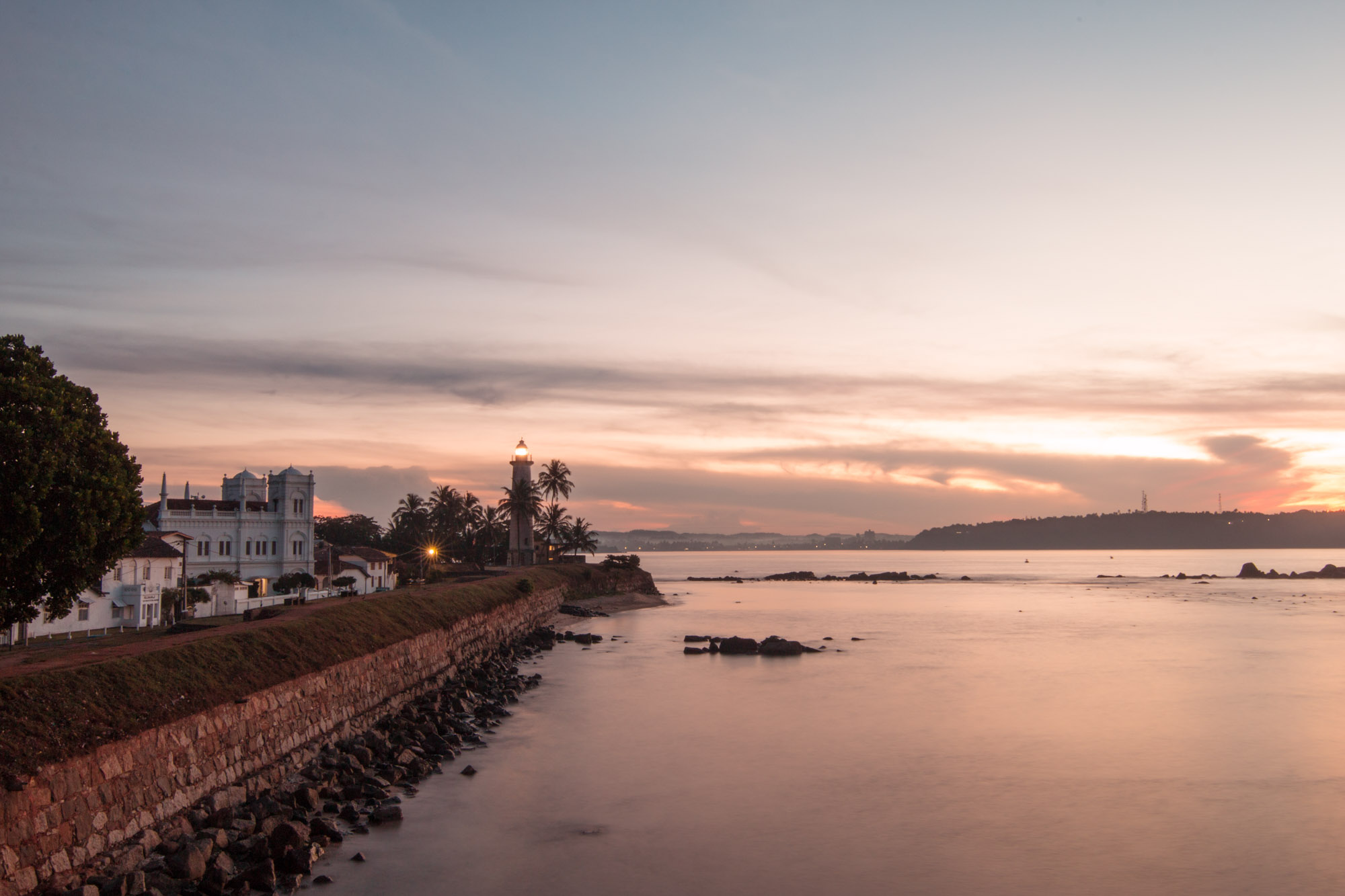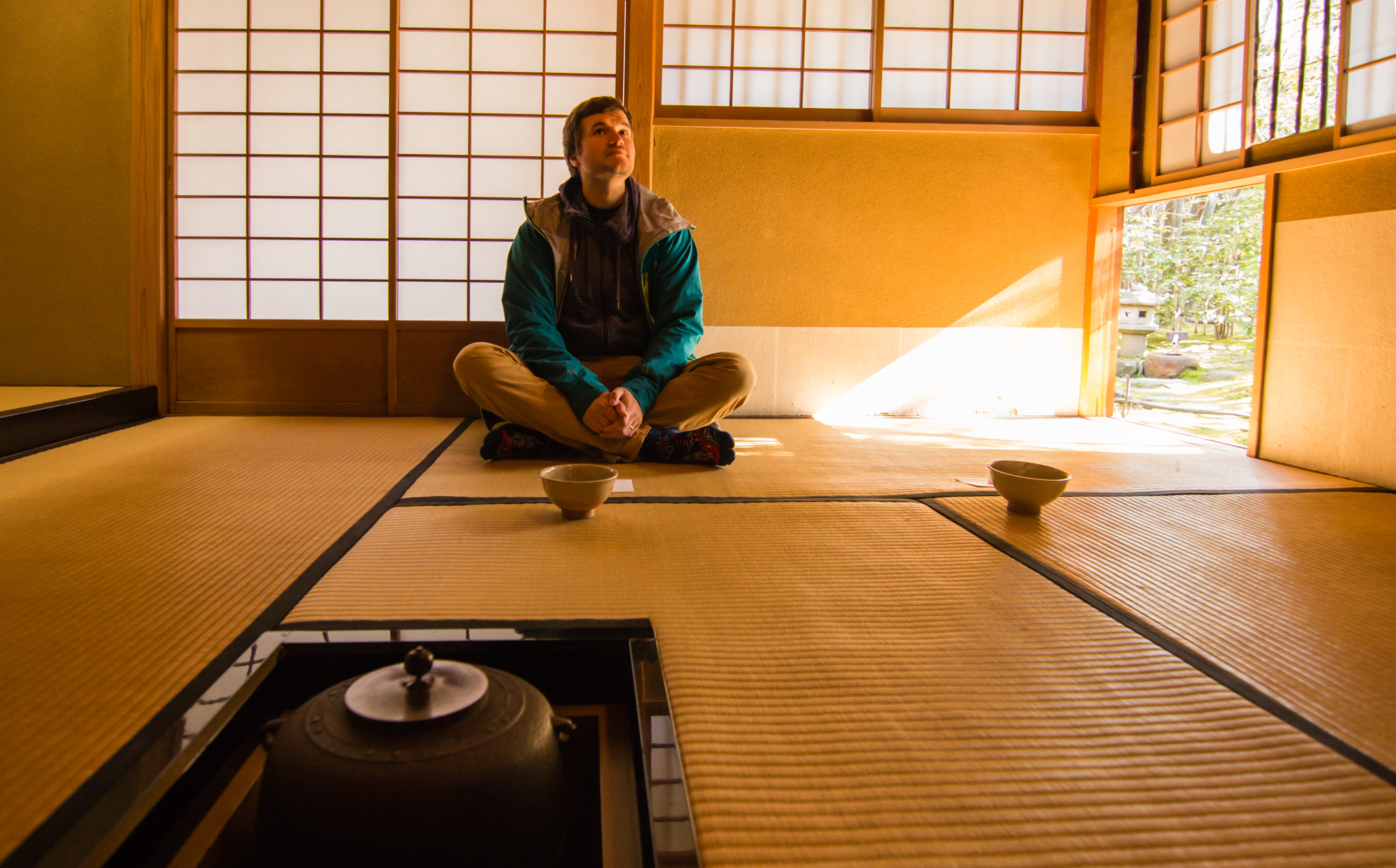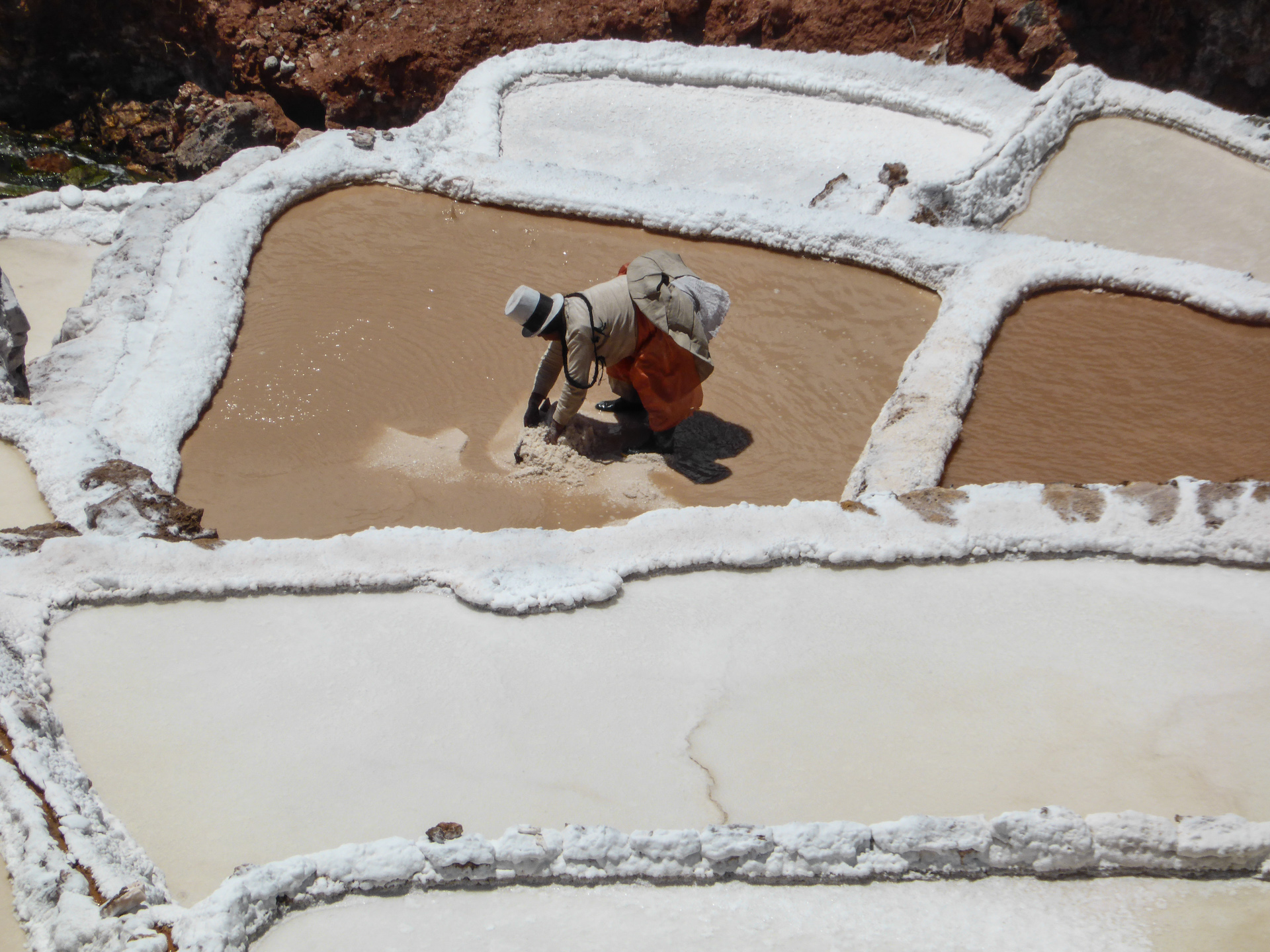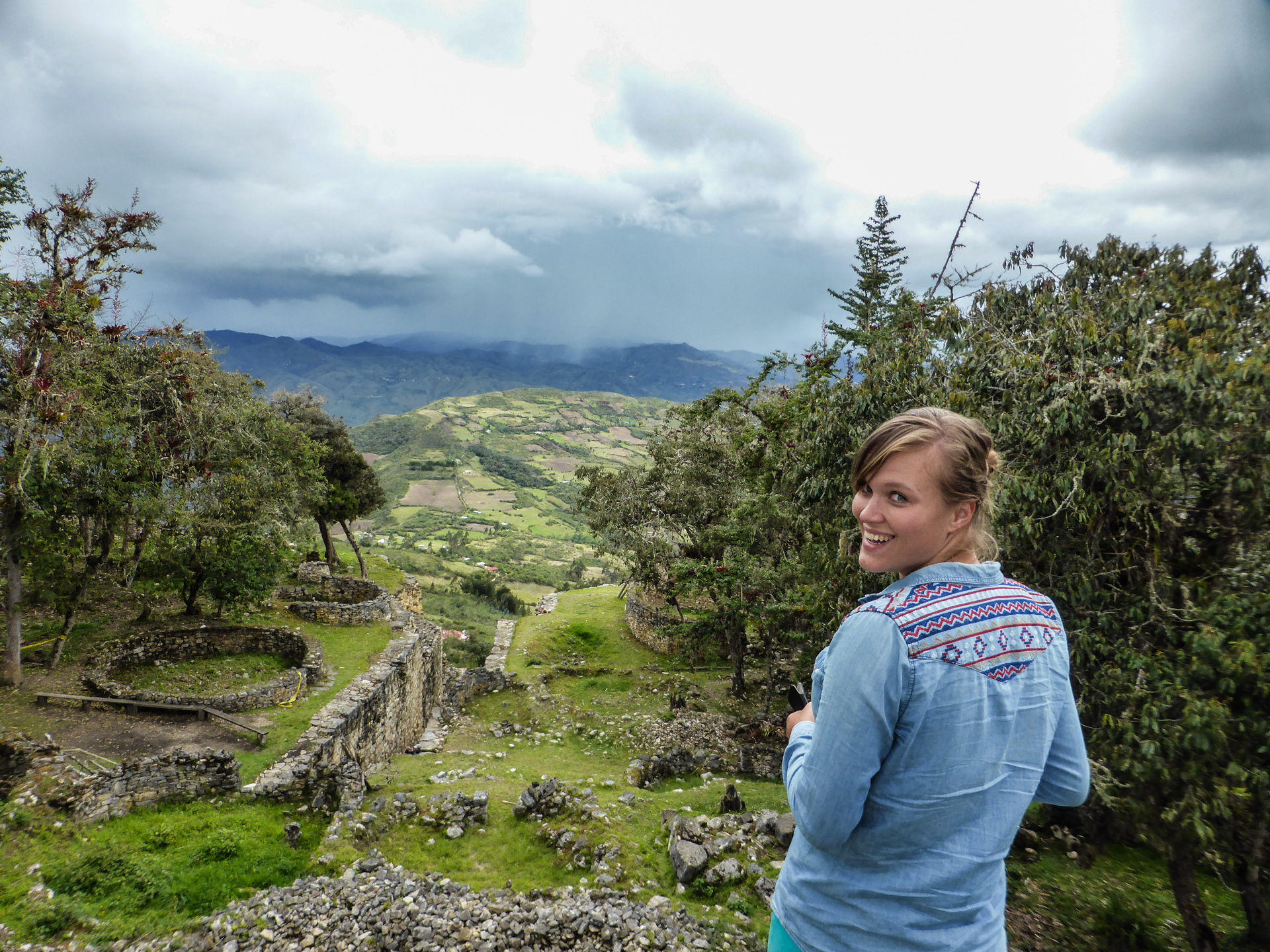Spring is the most popular season among tourists coming to Japan. All dream of seeing the cherry blossom and that's the time to do it. Most crowds hit Kyoto, Osaka and Tokyo. Prices there double and triple which scared us away and made us think of an alternative…
Those turned out to be endless. Spring in Japan goes from February in Okinawa to May in Hokkaido and there are many different types of cherry that bloom earlier or later than the others. We decided to go for the cheapest option, the most off the beaten track possible and it turned out to be the area around and in Nagoya. We got very lucky with that one. There were crowds where we wanted them, on picnics and festivals but we also found peace and the feeling of discovery in so many other places. Having seen the pictures and videos of crowded streets and parks in both Kyoto and Tokyo, we knew we made the right decision.
So to all of you that would like to see nature in its full glory but don’t know where, a short list from us 🙂 and believe me no picture can give you the smell of the fragrant cherry flowers or the feeling of excitement when the petals fall off the trees creating a kind of snow, carried by the wind. You just have to see it with your own eyes. Don’t forget to check the cherry blossom forecast before going!
-
Enchanting tunnel nearby Ogaki
This one is by far the most spectacular cherry blossom spot we could ever even imagine. It’s one of those where no picture can explain the full glory of it. We discovered it completely by accident, just walking around from the Sunomata Castle. We spotted a few sakura trees and decided to take a closer look, following the trees we were getting deeper and deeper into the tunnel that in our mind should end “just after the next turn”. In reality it literally stretched over few kilometers and there wasn’t a single tree of another kind getting in the way of that marvelous spectacle.
-
Little “one night” Sunomata Castle
According to the legend the castle was built in just one night and for that many call it a “one night castle”. Although it’s really tiny I can’t believe something that precise and beautiful could be constructed overnight. We loved it because of the surrounding cherry trees and secluded location. Not to mention the proximity to the absolute number one -“the enchanting tunnel”.
-
Celebration town of Iwakura
This little town north of Nagoya definitely knows how to celebrate spring. During the cherry blossom festival it had just enough people to get the atmosphere right and few enough not to get annoyed with queues and waiting. Sakura was beautifully scattered all over the place with the epicenter of flowers and food stands on both sides of the river. In the evening the riverbed was bathed in warm, pink light coming from charming, little lanterns hanging above it.
-
Park like no other- Tsurumai park
The place that showed us what hanami (enjoying beauty of flowers) and sakura (cherry) are all about. The park was not only one of the hot spots for the spring festival but a stunning picnic where people shared memories, joy, delicious food and a sea of sake. Many were literally sleeping under the trees guarding their special place under the fragrant cherry trees. There was music, there were dances, amazing food and with a bit of sake even the normally cool and collected Japanese were approaching us. We wish we could celebrate spring like that every year!
-
Castle with a view in Inuyama
Just about when we already felt like we didn’t want to see any more castles we decided to give a chance to the last one… the one in Inuyama. We never regretted it. The castle itself was pretty empty inside but the view from its terrace was just breathtaking and the cherry blossom alley leading towards it was a little treat.
-
Stairs to pink heaven at Yamazaki-gawa river
Very calm destination with stairs allowing a great picnic and chilling under immense cherry trees. Plenty of space, trees and stairs so everyone can really get their own little piece of paradise. We loved this place because it was really popular among families and we just loved watching parents trying to take pictures of cute, little kids dressed up for the occasion. Nothing makes us laugh more than a little human running away from a shot 🙂
-
Nagoya castle
The most traditional spot to enjoy the blossom in the area but we wouldn’t skip it for the world. I dare to say that the most spectacular cherry trees in there are actually the ones surrounding the castle from the outside… Although the best view is from the walls within it. Those trees must have been the biggest and most wide-spread we have seen and from a distance they looked like an impressionism painting.
